Trivia & Traditions: 35 Fun Facts about Weddings
Take a break from wedding planning & check out our Trivia & Traditions: 35 Fun Facts about Weddings. Maybe they’ll inspire an idea for your big day!
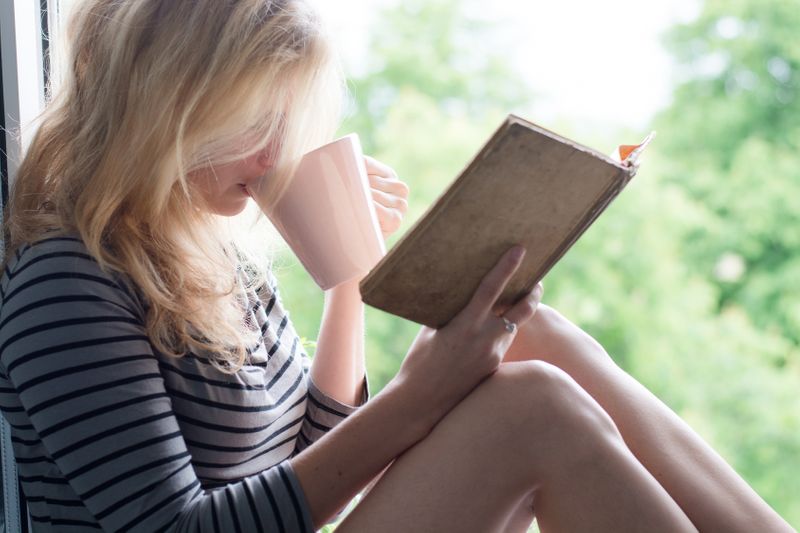
Ah, your wedding day … perhaps the most important day of your life! Everything about it, from the ceremony to the venue to the guests, is steeped in tradition. But as you’re choosing your wedding gown, and considering colors for your bridesmaids dresses, we invite you to take a little break.
Everything from seemingly silly superstitions – like a spider in your wedding dress is good luck – to why getting married is called “tying the knot,” we’ve collected 35 totally fun – and probably not-so-well-known – facts about your upcoming nuptials.
So put down that wedding gown guide, get yourself a cup of coffee or tea, make yourself comfortable, and enjoy our little romp through time and tradition.
It’s not unusual that many, if not most people don’t know the origin of the traditions they hold near and dear when planning a wedding. Today’s’ global culture has assimilated traditions from just about every part of the world into one big event that we now call The Big Day. Check out these thought-provoking, and sometimes downright funny, traditions that inspired weddings as we know them today.
Trivia & Traditions: 35 Fun Facts about Weddings in Europe

The English believe that finding a spider in your wedding dress brings good luck.
- Wednesday was considered the best day to marry while on Monday you marry for wealth, and Tuesday you marry for health.
- Saturday is considered the unluckiest day to marry. This is ironic since Saturday is the hands down the most popular day to get married.
- Czech tradition calls guests to throw peas at the newlyweds instead of rice.
- Swedish brides put a silver coin from her father – and a gold coin from her mother – in each shoe to make sure that she’ll always have enough silver and gold in her new life.
- In the Finnish tradition, brides went door-to-door, collecting gifts in a pillowcase, while accompanied by an older married man, a symbol of long marriage.
- According to Dutch tradition, a pine tree planted outside the couple’s home is symbolized both fertility and luck.
Ancient Romans studied pig entrails to determine the luckiest time to marry!
- The Western tradition of wearing a white wedding dress was begun by Queen Victoria in 1840.
- Ancient Greek and Roman brides wore veils to protect against evil spirits. This tradition lives on today.
- Tradition in Denmark saw brides and grooms cross-dressing to confuse evil spirits.
- Greek brides tucked a lump of sugar into their wedding gowns, believing this would bring sweetness to the marriage.
- The traditional wedding cake began in ancient Rome as guests would break a loaf of bread over the bride’s head for fertility.
Queen Victoria’s wedding cake weighed 300 pounds!
- The Ancient Roman goddess Juno represents marriage and childbirth. This gave rise to the massive popularity of June weddings, which still holds true today. The next most popular month is August.
- Stag parties were first celebrated by ancient Spartan soldiers. They said a final goodbye to their bachelor days with a raucous party.
- In the latter part of the 15th Century, diamonds set in gold or silver became a favorite betrothal ring of wealthy ancient Venetians.
- In Victorian England, snake rings with ruby eyes became popular as wedding rings. The coils, ending in a circle, represented eternity.
- Green is a taboo color in Scottish weddings because it’s the color of fairies and is a symbol of revenge. It’s even considered unlucky to eat green vegetables during the wedding.
- In several countries, including Germany and Greece, the bride would attempt to cover her husband’s foot while dancing as a way to establish dominance in the relationship.
Trivia & Traditions: 35 Fun Facts about Weddings in Africa

Moroccan brides took milk baths to purify themselves before the ceremony.
- Egyptian women believe it’s good luck to pinch the bride on her wedding day.
- Also in Egypt, the family of the bride took care of all cooking duties for one week to allow the couple to relax.
- It’s a South African tradition for the parents of the bride and groom to carry fire from their hearths and light a new fire in the hearth of the newlyweds.
- In some African countries, it’s tradition to wish the bride, “May you bear 12 children with him.
Trivia & Traditions: 35 Fun Facts about Weddings in Asia
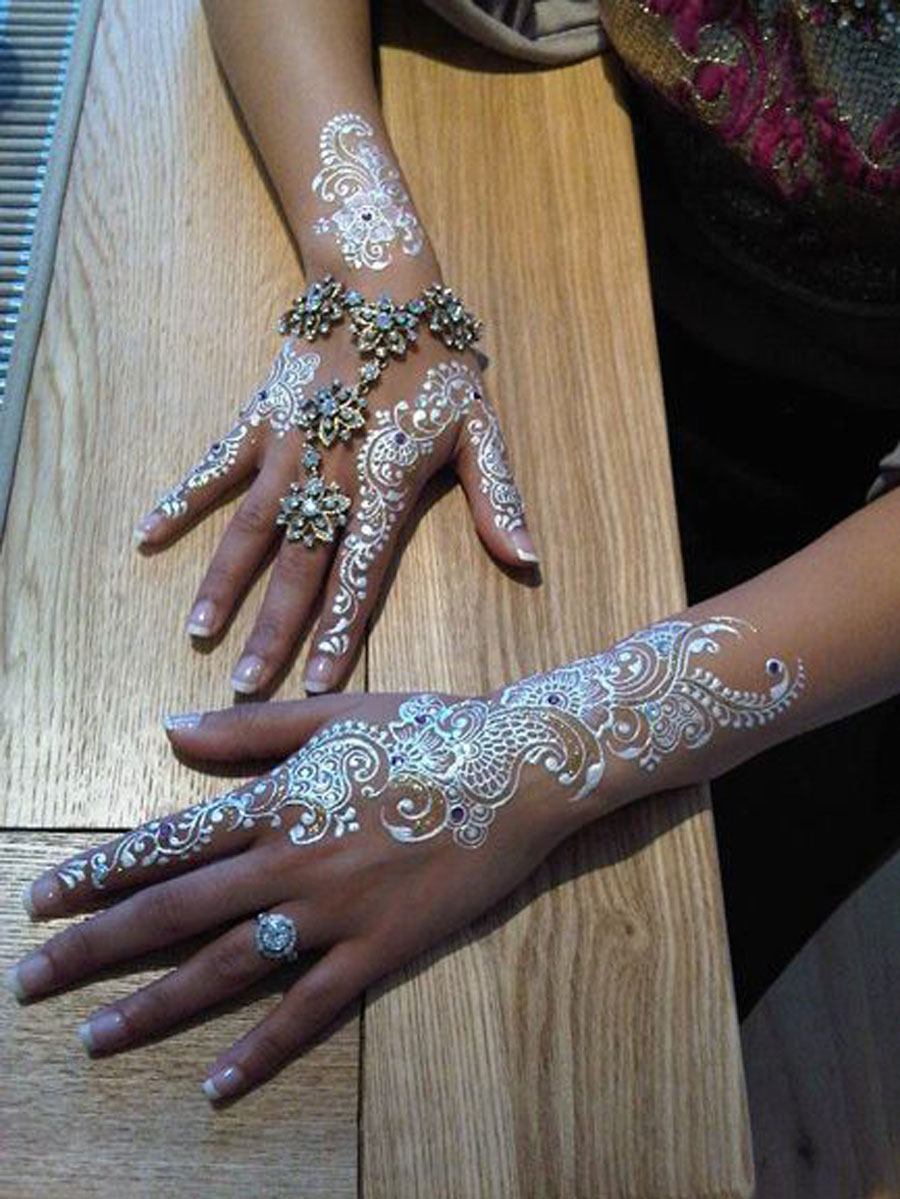
In the Middle East, henna is painted on the hands and feet of the bride. This is a Muslim wedding ritual and is believed to protect against the evil eye.
- White is the traditional color of brides and her ensemble in Japan. This tradition was already being observed long before Queen Victoria made it a custom in the Western world.
- Korean weddings are much more colorful. Red and yellow is typically worn by the bride during the wedding ceremony.
Other Wedding Traditions and Trivia
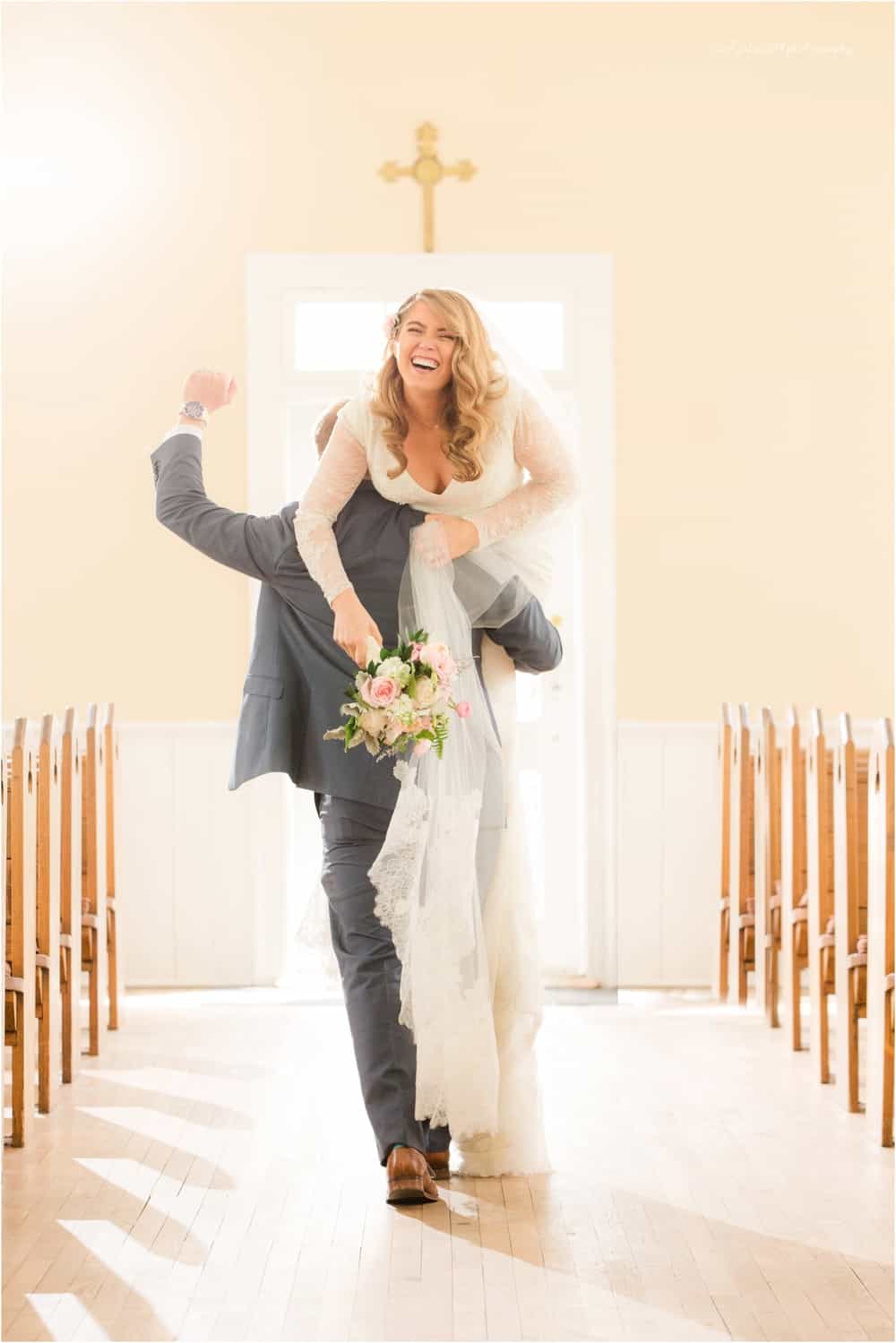
Why does the groom carry the bride across the threshold? To protect her against spirits from below.
- Why are engagement rings worn on the left ring finger? It was believed that a vein ran from that finger directly to the heart.
- Nearly 70% of all brides now wear a diamond ring on the fourth finger of the left hand.
- Why are pearl engagement rings bad luck? Their shape resembles a tear.
- One of the earliest engagement rings was presented to Princess Mary, the daughter of King Henry VIII, when she was only two years old.
- In the US, seventeen tons of gold are turned to wedding rings every year.
- An aquamarine engagement ring symbolizes harmony within the marriage and is traditionally believed to ensure a long marriage.
- On her wedding day, actress Grace Kelly wore a dress made from 125-year old lace.
- The most expensive wedding ever was between Sheik Rashid Bin Saeed Al Maktoum’s son and Princess Salama in Dubai in 1981. It cost over $44 million.
Last but not least: Why is it called “tying the knot?” Because in many cultures, the hands of the bride and groom were are together as a symbol of their commitment to each other.
Click HERE or on the image below to check out this great article:
Handfasting at Weddings: Why It’s Not Just For Pagans and Witches
Isn’t this great stuff? And whether you believe in the power of tradition or not, it’s always nice to know why weddings are such a big deal, and not just to you, but to everyone around you.
Now you also know that, as you celebrate your new married life, you’re sharing in the traditions of both your ancestors and your fellow brides in other countries, making your beautiful wedding day truly a global experience!
Sources:
Don’t miss these great tips to help dress shopping go more smoothly! Click HERE or on the image below for Bridal Shop Etiquette: 12 Tips for the Polite Bride
For the very best ideas for planning your wedding and adapting to circumstances that may have derailed your big day, Click HERE or on the image below for DaVinci Bridal blog:
About admin
You May Also Like
Accessories, Dresses, Uncategorized, Wedding
Engagement Ring Personalities: What the Cut of Your Ring Says About You!
Food, General Planning, Skin & Makeup, Uncategorized, Venues, Wedding
7 Wedding Day Disasters Best Survival Guide
Dresses, General Planning, Theme & Decor, Venues, Wedding
Day-of Coordinator or Wedding Planner: How to Choose?
Food, General Planning, Theme & Decor, Uncategorized, Venues, Wedding
Patriotic Holiday Naked Wedding Cakes
Accessories, Dresses, General Planning, Skin & Makeup, Theme & Decor, Wedding
Fun & Easy Work-Appropriate Halloween Costume Ideas
Dresses, General Planning, Theme & Decor, Venues, Wedding
8 Ways to Celebrate Your Original Wedding Date
Dresses, General Planning, Photography, Theme & Decor, Video, Wedding
Top 5 Confidence-Building Engagement Shoot Hacks
Dresses, General Planning, Theme & Decor, Wedding
Informal by DaVinci Wedding Dresses 2024 Sneak Peek
Dresses, Entertainment (celebs, music, movies), Health & Fitness, Relationships, Uncategorized, Wedding
20 Date Night Ideas for Newlyweds
Accessories, Dresses, Hair, Nails, Shoes, Theme & Decor, Wedding
Holiday Fashion Guide: How to Style a Sequin Dress
Accessories, Dresses, General Planning, Theme & Decor, Venues, Wedding
Top 6 Classic Wedding Dress Trends
Dresses, General Planning, Relationships, Theme & Decor
10 Romantic Ways to Surprise Your Husband on Your Wedding Night
Accessories, Dresses, General Planning, Theme & Decor, Wedding
Long Sleeve Bridal Dresses & Wedding Gowns – DaVinci Bridal
Accessories, Dresses, Food, Giving Back, History & Tradition, Relationships, Theme & Decor, Wedding
5-Step Last-Minute Halloween Party Guide
Accessories, Dresses, General Planning, Theme & Decor, Wedding
Best Slip Wedding Dresses for 2021 & 2022
Dresses, General Planning, Theme & Decor, Wedding
All New! 2021 Fit & Flare Wedding Dresses Sneak Peek – DaVinci Bridal
Food, General Planning, Relationships, Theme & Decor, Wedding
Bridal Shower Towel Cakes: 12 Adorable Ideas
Dresses, General Planning, Theme & Decor, Wedding
Soft Satin Bridesmaids Dresses 2021 Sneak Peek – DaVinci Bridal
Dresses, General Planning, Theme & Decor, Wedding
Velvet Bridesmaids Dresses 2021 Sneak Peek – DaVinci Bridal
Accessories, Dresses, General Planning, Theme & Decor, Venues, Wedding
Informal & Destination Sheath & Column Wedding Dresses for 2021 – DaVinci Bridal
Dresses, General Planning, Hair, Theme & Decor, Wedding
80+ Bridal-Inspired DIY Hairstyles for Your Wedding Party
Accessories, Dresses, General Planning, Theme & Decor, Wedding
Sexy Slit Skirt Bridemaids Dresses for 2021 – DaVinci Bridal
Accessories, Dresses, General Planning, Theme & Decor, Venues, Wedding
Informal & Destination Fit & Flare Wedding Dresses for 2021 – DaVinci Bridal
Dresses, General Planning, Theme & Decor, Wedding
Sequin Bridesmaids Dresses for 2021 – DaVinci Bridal
Accessories, Dresses, General Planning, Theme & Decor, Venues, Wedding
Informal & Destination A-Line Wedding Dresses for 2020 – DaVinci Bridal
Dresses, General Planning, Theme & Decor, Wedding
Bridesmaids Dresses with Sleeves Fall & Winter 2020 – DaVinci Bridal
Accessories, Dresses, General Planning, Theme & Decor, Venues, Wedding
Destination & Beach Wedding Dresses 2020 Long Sleeves – DaVinci Bridal
Accessories, Dresses, General Planning, Theme & Decor, Wedding
14 Simple & Elegant Informal Wedding Dresses – DaVinci Bridal Blog
Dresses, General Planning, Theme & Decor, Wedding
2020 Bridesmaid Dresses Color Trends Blue – DaVinci Bridal
Dresses, General Planning, Theme & Decor, Wedding
Lace Bridesmaids Dresses for 2020 – DaVinci Bridal
Accessories, Dresses, General Planning, Theme & Decor, Wedding
Dress Hems: 20 Easy to Alter Formal Wedding Gowns – DaVinci Bridal Blog
Accessories, Dresses, General Planning, Theme & Decor, Wedding
Jewel Tone Bridesmaids Dresses in Purple & Red – DaVinci Bridal
Accessories, Dresses, General Planning, Theme & Decor, Wedding
Dress Hems: 17 Easy to Alter Informal Wedding Gowns – DaVinci Bridal Blog
Accessories, Dresses, General Planning, Theme & Decor, Wedding
Jewel Tone Bridesmaids Dresses in Turquoise & Blue – DaVinci Bridal
Dresses, General Planning, Theme & Decor, Wedding
Bridesmaid Dresses in Burgundy, Wine & Bright Plum 2020 – DaVinci Bridal Blog
Accessories, Dresses, General Planning, Theme & Decor, Venues, Wedding
Light & Airy Wedding Dresses for 2020 – DaVinci Bridal
Accessories, Dresses, General Planning, Theme & Decor, Venues, Wedding
Destination & Beach Wedding Dresses 2020 Strapless Styles – DaVinci Bridal
Accessories, Dresses, General Planning, Theme & Decor, Wedding
Halter Neckline Bridesmaids Dresses for 2020 – DaVinci Bridal
Dresses, General Planning, Theme & Decor, Venues, Wedding
12 Elopement Dresses in Informal Packable Tulle – DaVinci Bridal Blog
Accessories, Dresses, General Planning, Theme & Decor, Wedding
Tulle Bridesmaid Dresses for 2020 – DaVinci Bridal
Dresses, General Planning, Photography, Theme & Decor, Venues, Video, Wedding
How to Reschedule (Not Cancel!) Your Wedding – DaVinci Bridal Blog
Dresses, General Planning, Theme & Decor, Wedding
2020 Tulle Bridal Gowns & Wedding Dresses – DaVinci Bridal Blog
Accessories, Dresses, General Planning, Theme & Decor, Wedding
Informal Destination & Beach Slip Wedding Dresses 2020 – DaVinci Bridal
Accessories, Dresses, General Planning, Theme & Decor, Wedding
Structured Silhouette Bridesmaids Dresses for 2020 – DaVinci Bridal
Accessories, Dresses, General Planning, Theme & Decor, Wedding
V-Neckline Bridesmaids Dresses for 2020 – DaVinci Bridal
Dresses, General Planning, Wedding
Virtually Plan & Livestream Your Wedding How-to Guide – DaVinci Bridal Blog
Accessories, Dresses, General Planning, Theme & Decor, Venues, Wedding
Sheath & Column Wedding Dresses for 2020 – DaVinci Bridal
Accessories, Dresses, General Planning, Theme & Decor, Wedding
Cowl Neck Bridesmaids Dresses for 2020 – DaVinci Bridal
Dresses, General Planning, Uncategorized, Wedding
It’s OK to Grieve Your Postponed Wedding – DaVinci Bridal Blog
Accessories, Dresses, General Planning, Theme & Decor, Wedding
2020 Bridesmaid Dresses Color Trends: Rose – DaVinci Bridal
Accessories, Dresses, General Planning, Theme & Decor, Venues, Wedding
2020 Fit & Flare Wedding Dress Lookbook – DaVinci Bridal
Accessories, Dresses, General Planning, Theme & Decor, Wedding
Satin & Silk Bridesmaids Dresses for 2020 – DaVinci Bridal
Accessories, Dresses, General Planning, Theme & Decor, Venues, Wedding
2020 Classic A-Line Wedding Dress Lookbook – DaVinci Bridal
Accessories, Dresses, General Planning, Theme & Decor, Venues, Wedding
Destination & Beach Wedding Dresses 2020 Allover Lace – DaVinci Bridal
Accessories, Dresses, General Planning, Theme & Decor, Wedding
2020 Bridesmaid Dresses Color Trends: Cassis – DaVinci Bridal
Accessories, Dresses, General Planning, Theme & Decor, Venues, Wedding
Classic Ball Gown Wedding Dresses for 2020 – DaVinci Bridal
Accessories, Dresses, General Planning, Theme & Decor, Wedding
Elegant Jewel Tone Bridesmaids Dresses for 2020 – DaVinci Bridal
Accessories, Dresses, General Planning, Theme & Decor, Venues, Wedding
Destination & Beach Wedding Dresses 2020 Modest Styles – DaVinci Bridal
Dresses, General Planning, Theme & Decor, Wedding
Chiffon Bridesmaids Dresses for 2020 – DaVinci Bridal
Accessories, Dresses, General Planning, Theme & Decor, Wedding
Best New Bridesmaids Dress Color Ideas for 2020 – DaVinci Bridal
Accessories, Dresses, General Planning, Theme & Decor, Wedding
Dressy Full Skirt Bridesmaid Dresses – DaVinci Bridal
Accessories, Dresses, General Planning, Theme & Decor, Wedding
A-Line Ball Gown Wedding Dresses for 2020 – DaVinci Bridal Blog
Accessories, Dresses, General Planning, Theme & Decor, Wedding
Best Sequin & Sparkly Bridesmaid Dresses for 2020 – Davinci Bridal
Accessories, Dresses, General Planning, Theme & Decor, Wedding
Winter Bridesmaid Dresses 2020 Limited Edition- DaVinci Bridal Blog
Accessories, Dresses, General Planning, Theme & Decor, Wedding
Meet Our New 2020 Wedding Dress Collection! DaVinci Bridal
Accessories, Dresses, General Planning, Theme & Decor, Wedding
Classic Wedding Color Schemes Red Bridesmaid Dresses – DaVinci Bridal Fashion Blog
Accessories, Dresses, General Planning, Theme & Decor, Wedding
Classic Wedding Color Scheme White with Blue Bridesmaid Dresses – DaVinci Bridal Blog
Accessories, Dresses, General Planning, Shoes, Skin & Makeup, Theme & Decor, Wedding
Top Wedding Color Trends Monochromatic Neutrals – DaVinci Bridal Blog
Accessories, Dresses, General Planning, Theme & Decor, Wedding
Elegant Wedding Color Scheme Gold & Off White Bridesmaids Dresses – DaVinci Bridal Blog
Dresses, General Planning, Theme & Decor, Wedding
8 Classic Wedding Color Schemes – DaVinci Bridal Fashion Blog
Accessories, Dresses, Theme & Decor, Wedding
Gray Bridesmaids Dresses for Any Season – DaVinci Bridal Blog
Dresses, General Planning, Theme & Decor, Wedding
Blue, Burgundy & Neutral Bridesmaids Dresses – DaVinci Bridal Blog
Dresses, General Planning, Theme & Decor, Wedding
2019 Bohemian Wedding Dresses & Boho Gowns – DaVinci Bridal Blog
Dresses, Theme & Decor, Wedding
Red, White & Blue Patriotic Wedding Bridesmaid Dresses – DaVinci Bridal Blog
Dresses, Theme & Decor, Wedding
Plunging V-Neck Wedding Dresses for the Daring Bride – DaVinci Bridal Blog
Dresses, General Planning, Theme & Decor, Wedding
Deep V Back Ball Gown Wedding Dresses 2019 – DaVinci Bridal Blog
Accessories, Dresses, Hair, Shoes, Skin & Makeup, Theme & Decor
Deep V Back Bridesmaid Dresses 2019 – DaVinci Bridal Blog
Accessories, Dresses, General Planning, Hair, Shoes, Theme & Decor, Wedding
25 Limited Edition Formal Bridesmaid Prom Dresses – DaVinci Bridal Fashion Blog
Accessories, Dresses, General Planning, Wedding
Long Sleeve Wedding Dresses for 2019 – DaVinci Bridal Fashion Blog
Accessories, Dresses, General Planning, Theme & Decor, Wedding
Sexy Backless Wedding Dresses for 2019 – DaVinci Bridal Fashion Blog
Accessories, Dresses, Theme & Decor, Wedding
Off the Shoulder Wedding Dresses & Gowns for 2019 – DaVinci Bridal Fashion Blog
Accessories, Dresses, General Planning, Theme & Decor
Casual & Informal 2019 Wedding Dress Sneak Peek – DaVinci Bridal Blog
Accessories, Dresses, Gallery, Theme & Decor, Wedding
Top 2019 Wedding Dress Trends Bold Ball Gowns – DaVinci Bridal Fashion Blog
Dresses, Theme & Decor, Wedding
Top Spring 2019 Wedding Dress Trends 3-D Floral Lace – DaVinci Bridal Fashion Blog
Accessories, Dresses, Hair, Shoes, Wedding
New Bridesmaid Dress Trends for 2019 – DaVinci Bridal Fashion Blog
Accessories, Dresses, Hair, Nails, Shoes, Skin & Makeup, Wedding
New Bridesmaid Dress Trends 2019 Tea Length Dresses – DaVinci Bridal Blog
Accessories, Dresses, Hair, Nails, Shoes, Skin & Makeup, Wedding
New Bridesmaid Dress Trends 2019 Cap Sleeve Dresses – DaVinci Bridal Blog
Accessories, Dresses, Hair, Nails, Shoes, Skin & Makeup, Wedding
New Bridesmaid Dress Trends 2019 Flutter Sleeve Dresses – DaVinci Bridal Blog
Accessories, Dresses, Hair, Nails, Shoes, Skin & Makeup, Wedding
New Bridesmaid Dress Trends 2019 One Shoulder Dresses – DaVinci Bridal Blog
Accessories, Dresses, Hair, Nails, Photography, Shoes, Skin & Makeup, Wedding
New Bridesmaid Dress Trends 2019 Tiered Skirt Dresses – DaVinci Bridal Blog
Accessories, Dresses, Hair, Nails, Shoes, Skin & Makeup, Wedding
Halter Bridesmaid Dresses 2019 New Arrivals – DaVinci Bridal Blog
Accessories, Dresses, Hair, Nails, Shoes, Skin & Makeup, Wedding
New Bridesmaid Dress Trends 2019 Sheer Fabric Dresses – DaVinci Bridal Blog
Accessories, Dresses, Hair, Nails, Photography, Shoes, Skin & Makeup, Wedding
New Bridesmaid Dress Trends 2019 Soft Lace Dresses – DaVinci Bridal Blog
Accessories, Dresses, Hair, Nails, Photography, Skin & Makeup, Wedding
2019 New Bridesmaid Dress Trends – DaVinci Bridal Fashion Blog
Accessories, Dresses, Hair, Nails, Photography, Shoes, Wedding
A-Line Bridesmaid Dresses 2019 New Arrivals – DaVinci Bridal Fashion Blog
Dresses, Nails, Shoes, Skin & Makeup, Theme & Decor, Wedding
Chiffon Bridesmaid Dresses 2019 New Arrivals – DaVinci Bridal Fashion Blog
Accessories, Dresses, General Planning, Hair, Nails, Shoes, Wedding
Top Wedding Dress Trends 2019 Royal Bride Reception Dress Inspirations – DaVinci Bridal Fashion Blog
Accessories, Dresses, Hair, Nails, Shoes, Skin & Makeup, Wedding
Top Wedding Dress Trends for 2019 Sparkly Wedding Gowns – DaVinci Bridal Fashion Blog
Accessories, Dresses, General Planning, Hair, Nails, Shoes, Skin & Makeup, Wedding
Top Wedding Dress Trends for 2019 Wedding Dresses & Gowns with Sleeves – DaVinci Bridal Blog
Accessories, Dresses, General Planning, Hair, Shoes, Theme & Decor, Uncategorized, Wedding
Wedding Gowns for 2019 Modern Fit & Flare Wedding Dresses – DaVinci Fashion Blog
Accessories, Dresses, General Planning, Hair, Nails, Shoes, Skin & Makeup, Theme & Decor, Uncategorized, Wedding
New Arrival! 2019 Fit & Flare Bridesmaid Dress Collection – DaVinci Bridal Blog
Accessories, Dresses, General Planning, Hair, Nails, Shoes, Skin & Makeup, Theme & Decor, Wedding
Top Wedding Dress Trends for 2019 Wedding Dresses with Bows – DaVinci Bridal Blog
Accessories, Dresses, General Planning, Theme & Decor, Uncategorized, Wedding
New Bridesmaid Dress Trends 2019 Lace Bridesmaid Dresses – DaVinci Bridal Fashion Blog
Accessories, Dresses, General Planning, Theme & Decor, Wedding
Top Wedding Dress Trends for 2019 Wedding Gowns with Geometric Details – DaVinci Bridal Fashion Blog
Accessories, Dresses, Theme & Decor, Wedding
Top Wedding Dress Trends for 2019 Meghan Markle Wedding Dress Style – DaVinci Bridal Fashion Blog
Dresses, Uncategorized, Wedding
Wedding Gowns for 2019: Modern Mermaid Wedding Dress Collection – DaVinci Fashion Blog
Dresses, Hair, Photography, Theme & Decor, Wedding
Wedding Dress Trends for 2019 A-Line Wedding Dress Collection – DaVinci Bridal Blog
Accessories, Dresses, General Planning, Hair, Photography, Theme & Decor, Wedding
Wedding Dress Trends 2019 Colorful Wedding Dress Collection – DaVinci Fashion Blog
Accessories, Dresses, General Planning, Theme & Decor, Wedding
Wedding Gowns for 2019 Strapless Wedding Dress Collection – DaVinci Fashion Blog
Accessories, Dresses, Theme & Decor, Wedding
2019 Lace Bodice Wedding Dress Collection – DaVinci Fashion Blog
Accessories, Dresses, Skin & Makeup, Theme & Decor, Wedding
Chic Sequin Dresses: NYE, Holiday Parties, Semi-Formal – DaVinci Bridal Blog
Accessories, Dresses, General Planning, Hair, Nails, Photography, Shoes, Theme & Decor, Wedding
Long V-Neck Bridesmaids Dresses – DaVinci Bridal Fashion Blog
Accessories, Dresses, General Planning, Relationships, Theme & Decor, Wedding
11 Tips for Pregnant Bridesmaid Dress Shopping – DaVinci Bridal Fashion Blog
Accessories, Dresses, General Planning, Hair, Theme & Decor, Uncategorized, Wedding
Bridesmaid Dresses with Short & Long Sleeves – DaVinci Bridal Blog
Accessories, Dresses, General Planning, Hair, Nails, Theme & Decor, Wedding
Long Strapless & Off-the-Shoulder Lace Bridesmaid Dresses – DaVinci Bridal Fashion Blog
Accessories, Dresses, Theme & Decor, Wedding
Sheath & Form Fitting Lace Wedding Dresses – DaVinci Bridal Blog
Accessories, Dresses, Shoes, Theme & Decor, Wedding
Luxurious Long Lace Bridesmaid Dresses – DaVinci Bridal Fashion Blog
Accessories, Dresses, Hair, Theme & Decor, Wedding
Non Traditional Empire Waist Wedding Dress Ideas – DaVinci Bridal Blog
Accessories, Dresses, General Planning, Relationships, Wedding
Classic Empire Maternity Bridesmaid Dresses – DaVinci Bridal Fashion Blog
Dresses, General Planning, Theme & Decor, Wedding
Mix & Match Bridesmaids Ruffled Dress Ideas – DaVinci Bridal Blog
Dresses, Theme & Decor, Wedding
Long & Lovely: Floor Length Pastel Bridesmaids Dresses – DaVinci Bridal Blog
General Planning, Relationships
How to Choose Your Bridesmaids Without Going Crazy – DaVinci Bridal Blog
Dresses, Uncategorized, Wedding
Fall 2018 Informal Fit & Flare Sheath Wedding Dress Collection – DaVinci Bridal Blog
Dresses, Uncategorized, Wedding
Informal A-Line Ball Gown Wedding Dress Collection: New for Fall 2018 – DaVinci Bridal Blog
Accessories, Dresses, Uncategorized, Wedding
A-Line Ball Gown Wedding Dress Collection: New for Fall 2018 – DaVinci Bridal Blog
Dresses, Uncategorized, Wedding
Fit & Flare Wedding Dresses: New for Fall 2018 – DaVinci Bridal Blog
Dresses, Uncategorized, Wedding
Champagne & Neutral Colored Bridesmaid Dresses – Fall 2018 DaVinci Bridal Blog
Dresses, Theme & Decor, Uncategorized, Wedding
Patriotic Bridesmaid Gowns for Elegant Summertime, Holiday & Military Weddings – DaVinci Bridal Blog
Accessories, Entertainment (celebs, music, movies), History & Tradition, Uncategorized, Wedding
British Royal Family Engagement Rings – DaVinci Bridal Blog
Entertainment (celebs, music, movies), History & Tradition, Photography, Uncategorized, Wedding
Royal Engagement Photos – Royal Wedding Inspirations – DaVinci Bridal Royal Wedding Inspiration
Dresses, Uncategorized, Wedding
Bridesmaids Design: 7 Elegant Gowns for Your Entourage – DaVinci Bridal Blog
Dresses, Uncategorized, Video, Wedding
DaVinci Wedding Dresses | Style 50457 | Tulle & Lace – DaVinci Bridal Collection
Dresses, Uncategorized, Wedding
The Long & the Short of It: 6 New Bridesmaids Gowns with Eye-Catching Hemlines – DaVinci Bridal Blog
Dresses, Uncategorized, Wedding
Fashion Focus: Halter Wedding Dress Collection – DaVinci Bridal Flagship Collection
Dresses, Uncategorized, Wedding
Halter & One Shoulder Informal Wedding Gown Collection – DaVinci Bridal Blog
General Planning, Giving Back, Relationships, Uncategorized, Wedding
Will You Help Me Tie the Knot? 14 Ideas for Bridesmaid Proposals – @DaVinciBridal Blog
Accessories, Dresses, Nails, Shoes, Skin & Makeup, Theme & Decor, Uncategorized, Wedding
New! 2018 Mermaid Wedding Dress Collection – DaVinci Bridal Blog
Dresses, Uncategorized, Video, Wedding
DaVinci Wedding Dresses | Style 50470 | Tulle & Lace – DaVinci Bridal Collection
Dresses, Uncategorized, Video, Wedding
DaVinci Wedding Dresses | Style 50446 – DaVinci Bridal Collection
Dresses, Uncategorized, Wedding
Fall 2017 Informal Destination Wedding Dresses: Ball Gowns, Detachable Trains & Jackets – DaVinci Bridal Blog
Accessories, Dresses, Gallery, General Planning, Health & Fitness, Wedding
6 Tips for Choosing Your Wedding Dress by Body Type
General Planning, Theme & Decor, Wedding
12 Reasons Not to Hire a Wedding Planner – DaVinci Bridal Blog
Accessories, Dresses, General Planning, Hair, Shoes, Skin & Makeup, Theme & Decor, Uncategorized, Video, Wedding
DaVinci Bridal Tulle & Lace Wedding Dress | Style 50452 | DaVinci Bridal Collection
Accessories, General Planning, Theme & Decor, Wedding
12 Wedding Favors That Really Are Only $1! – DaVinci Bridal Blog
Dresses, General Planning, Theme & Decor, Wedding
17 Wedding Ideas for Your 2017 Wedding – DaVinci Bridal Blog
Dresses, Uncategorized, Video, Wedding
DaVinci Wedding Dresses | Style 50444– DaVinci Bridal Collection
Dresses, Uncategorized, Wedding

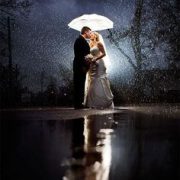

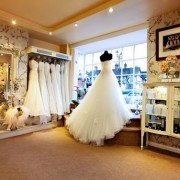


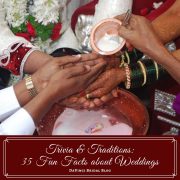
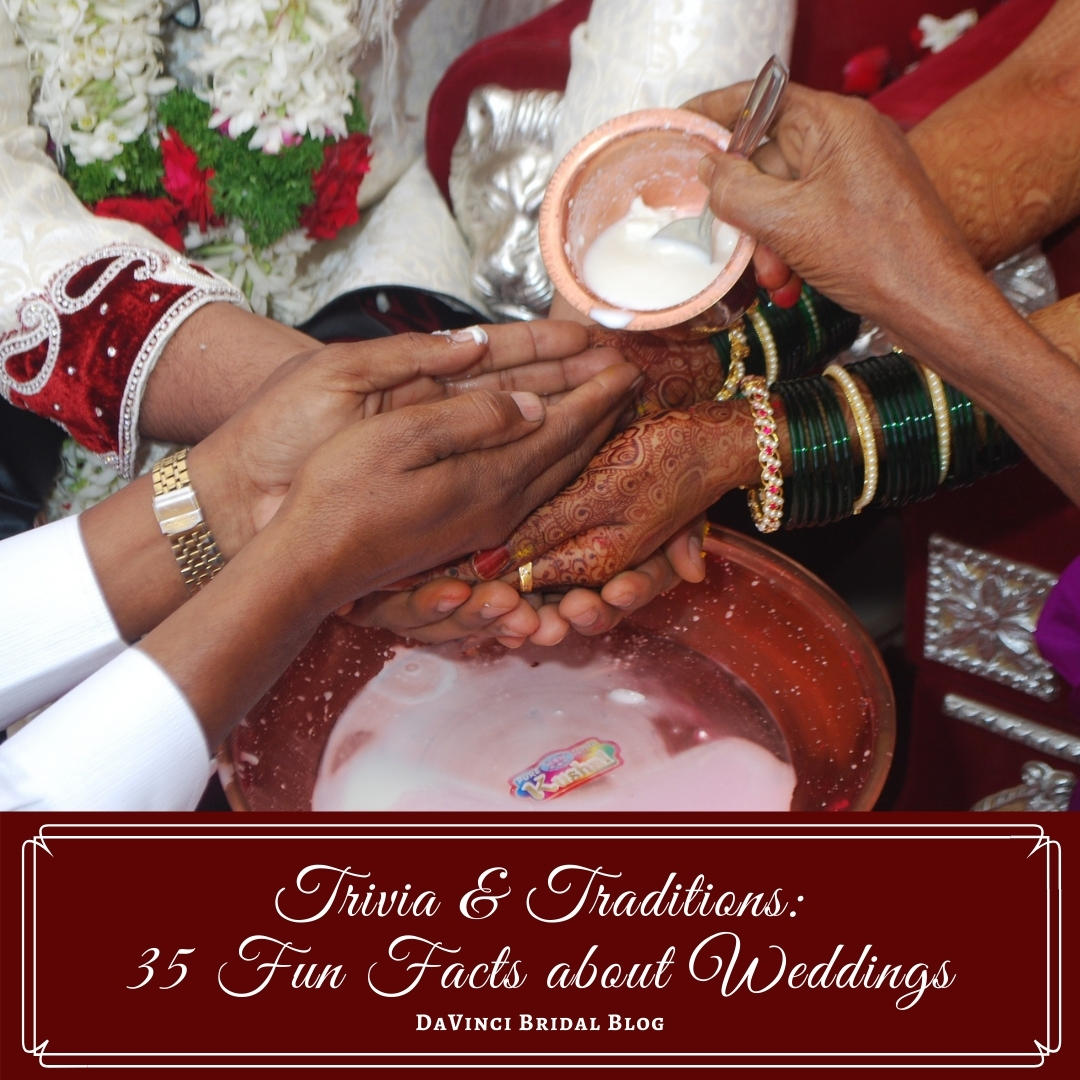
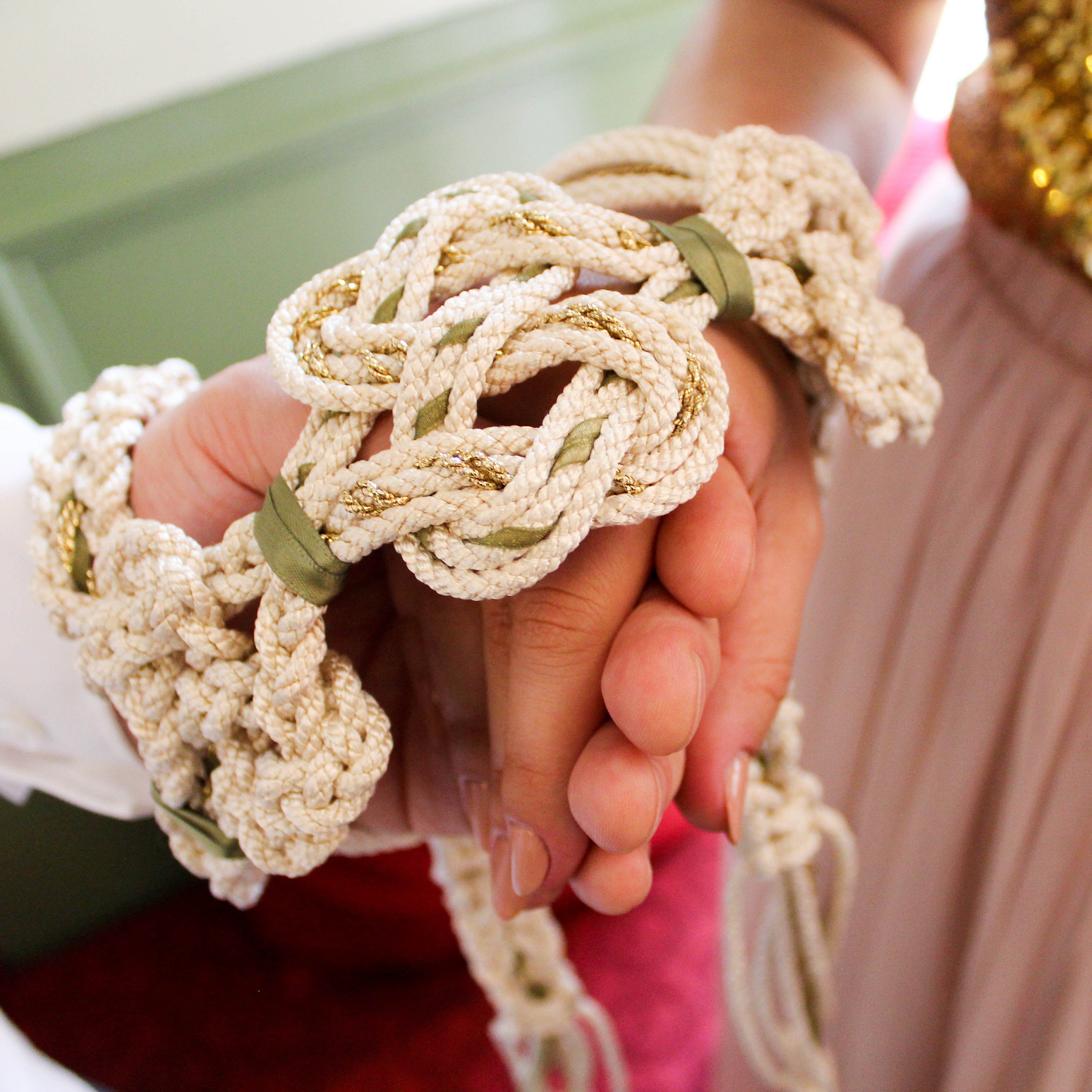

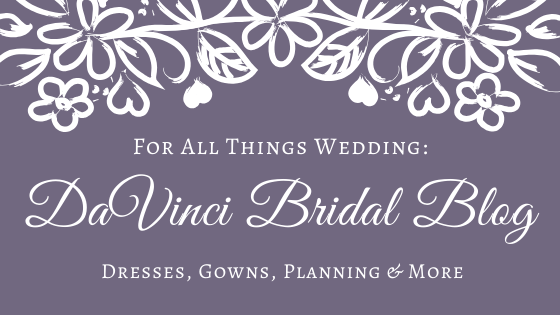
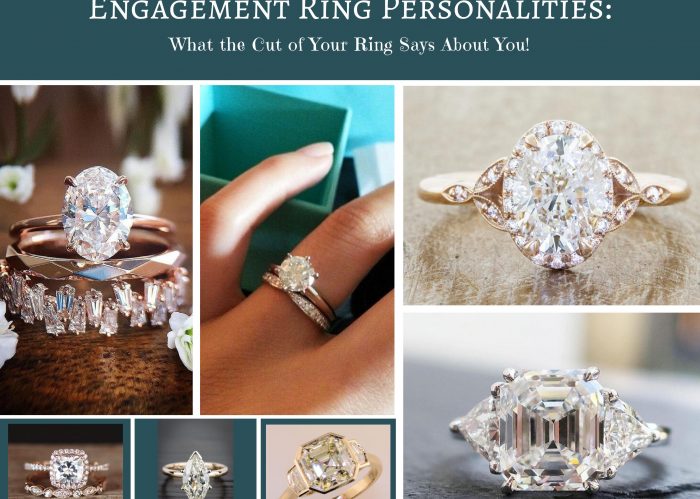


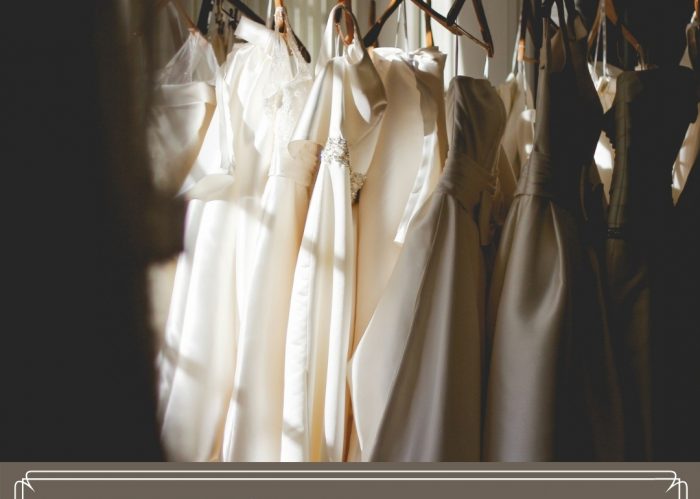




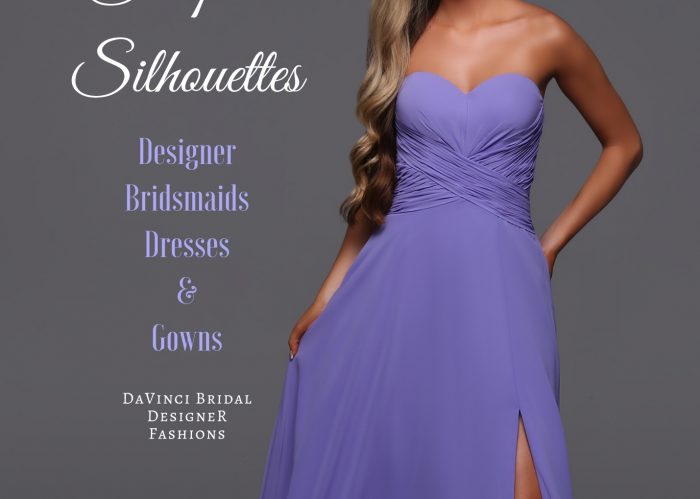
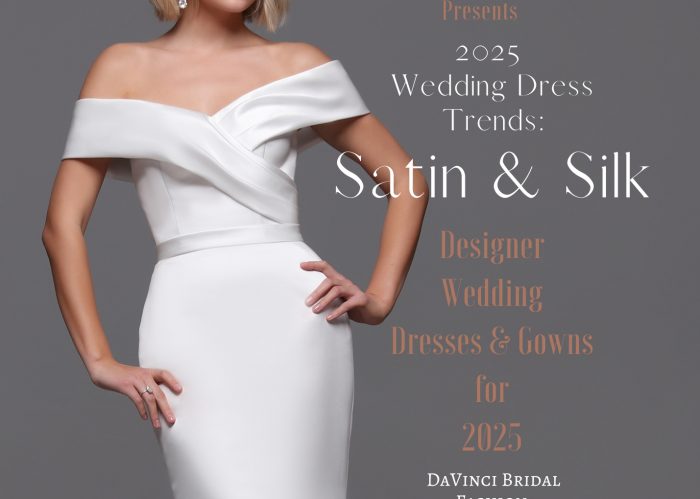

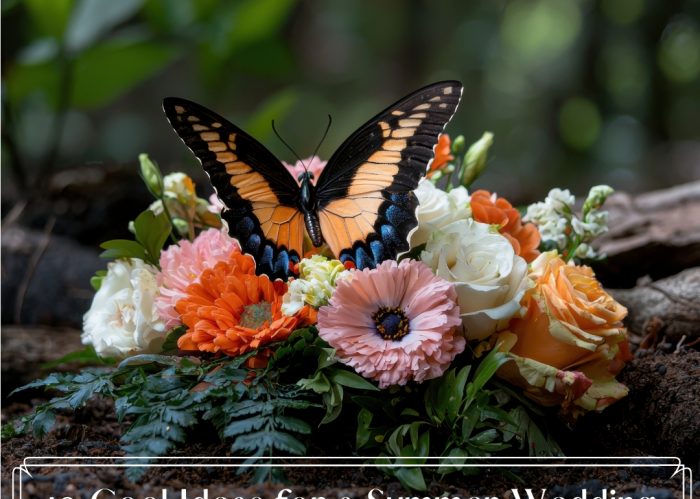
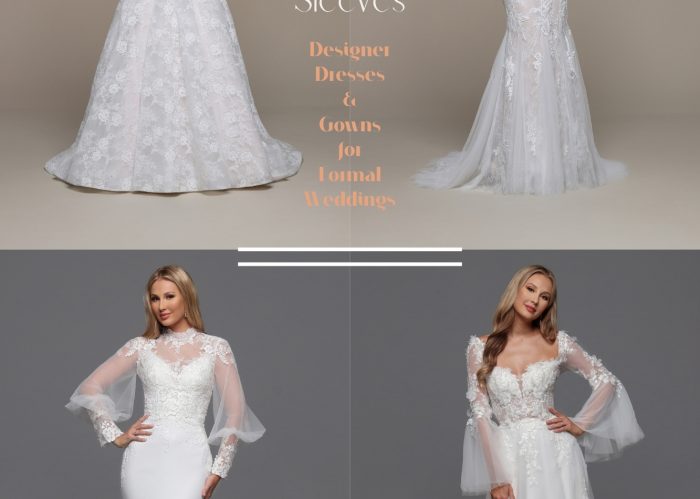


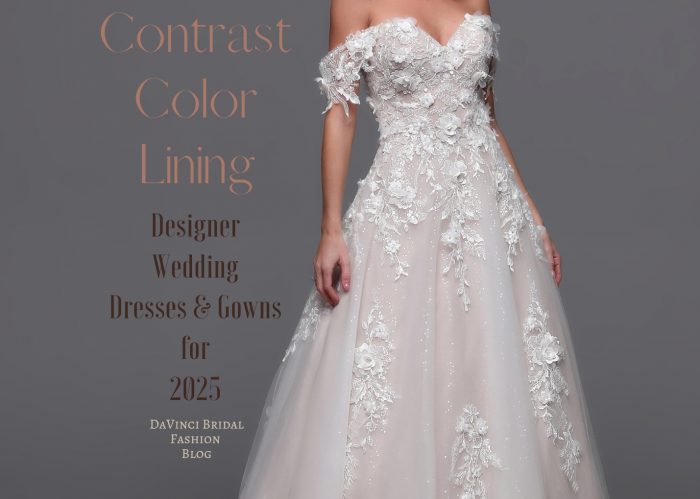
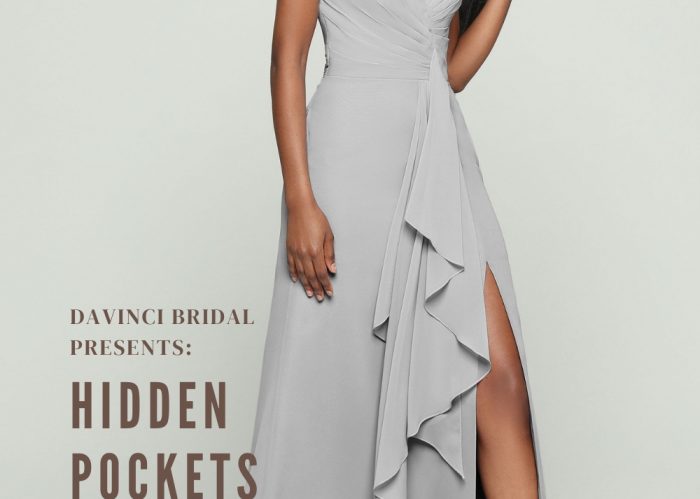
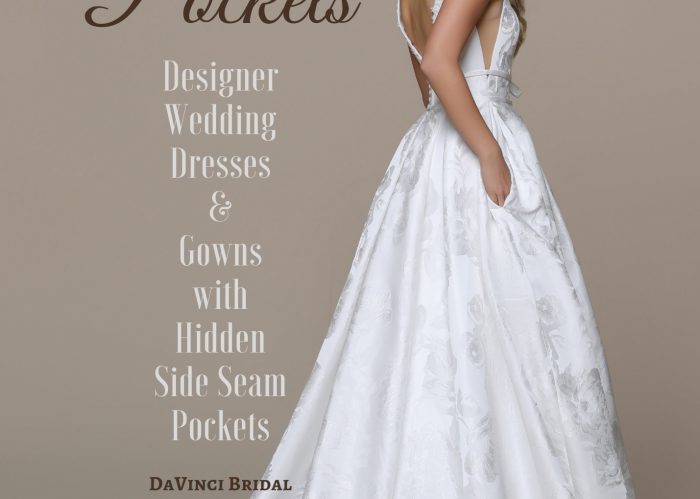


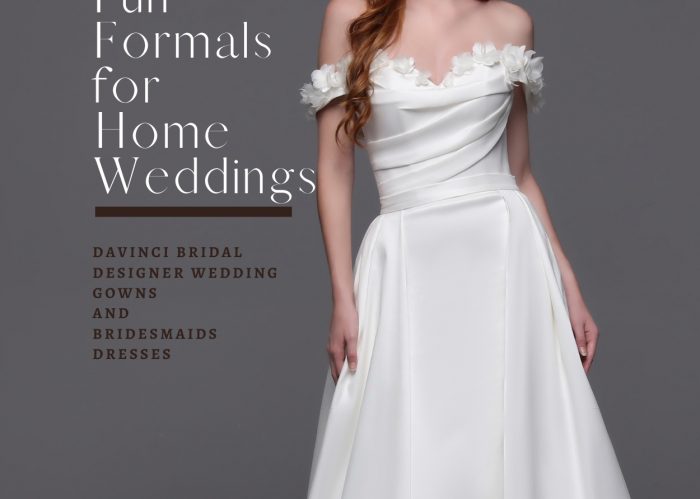
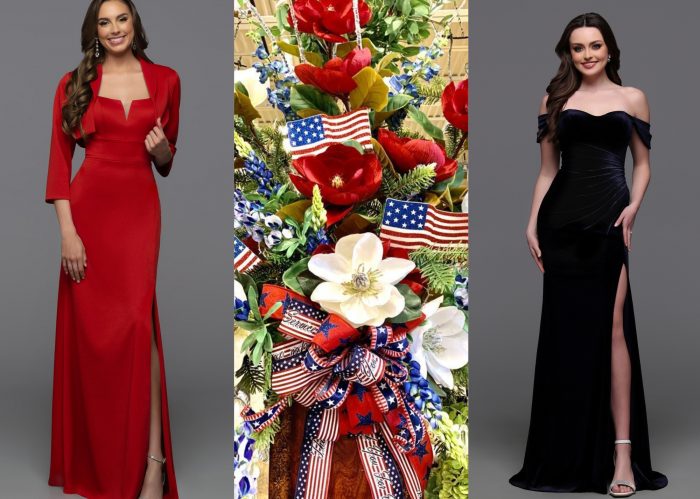
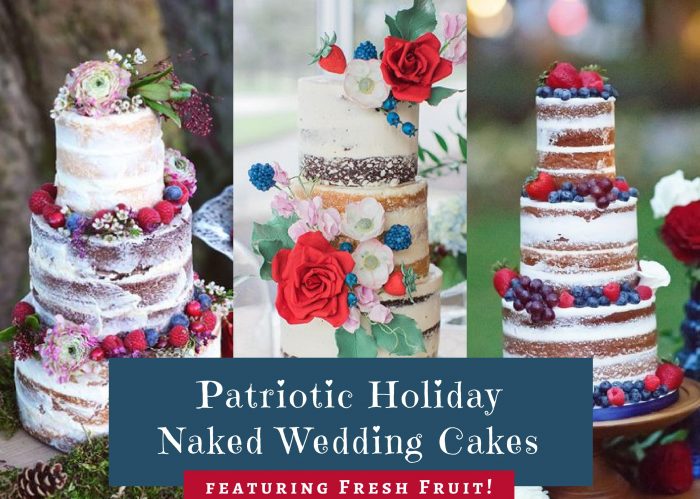

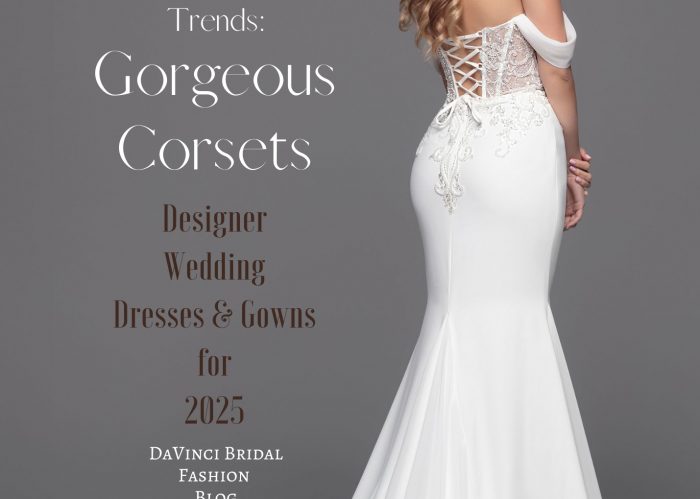




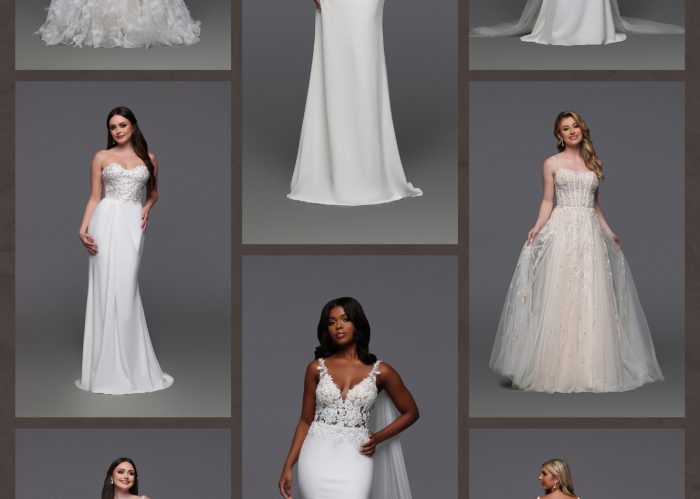
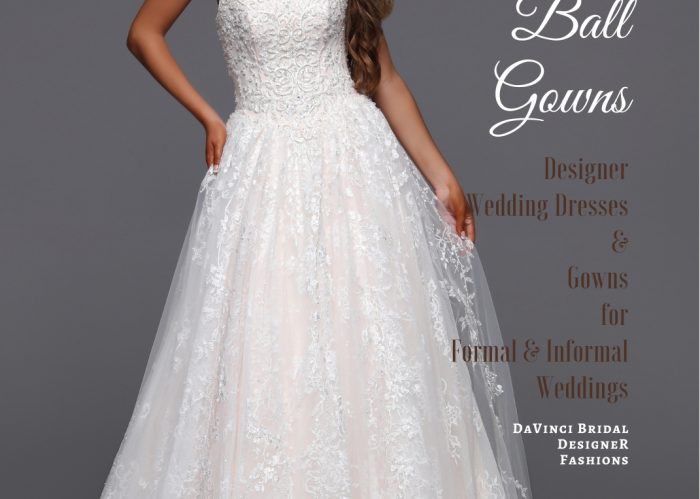

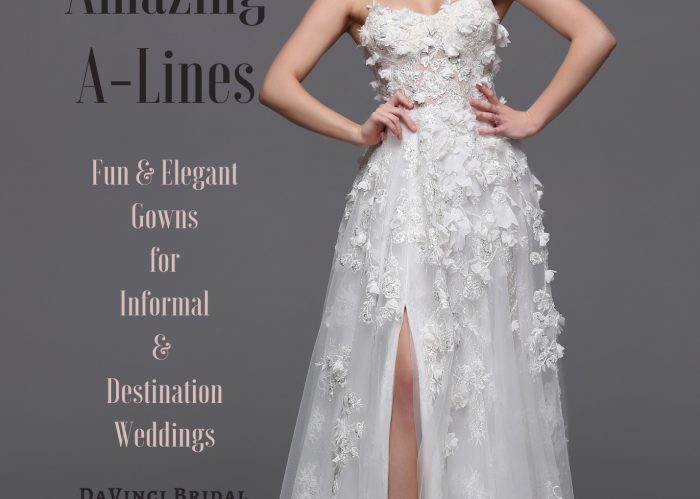

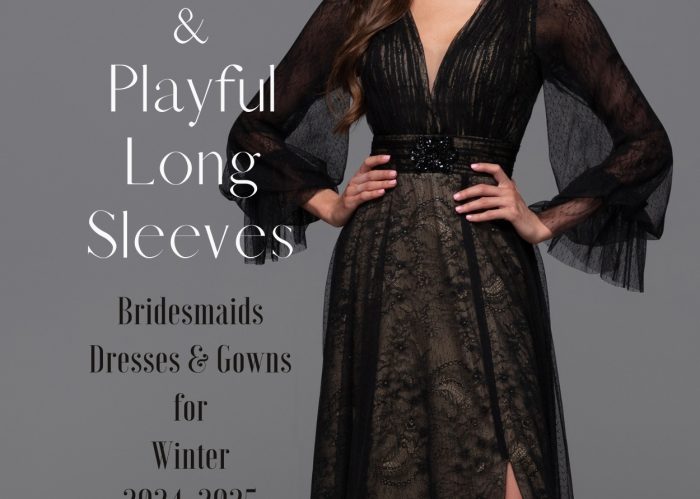
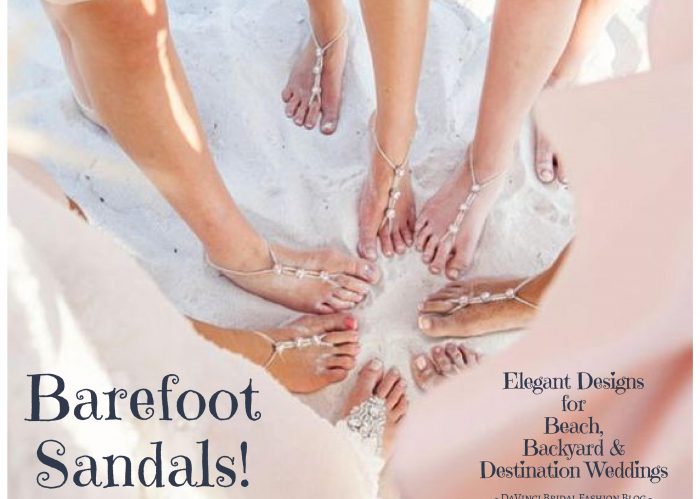

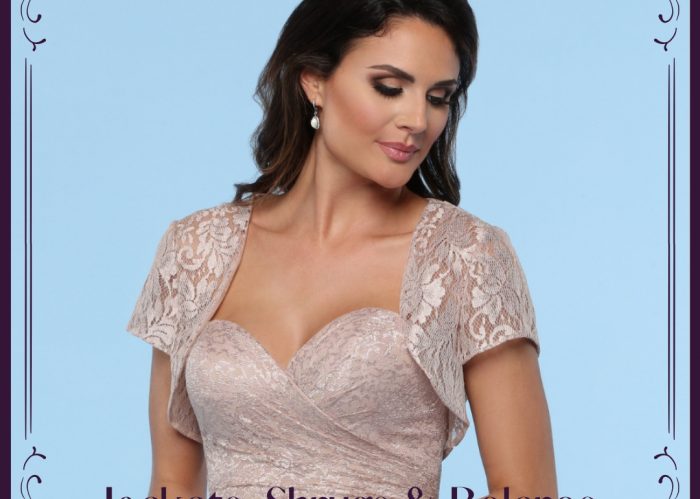


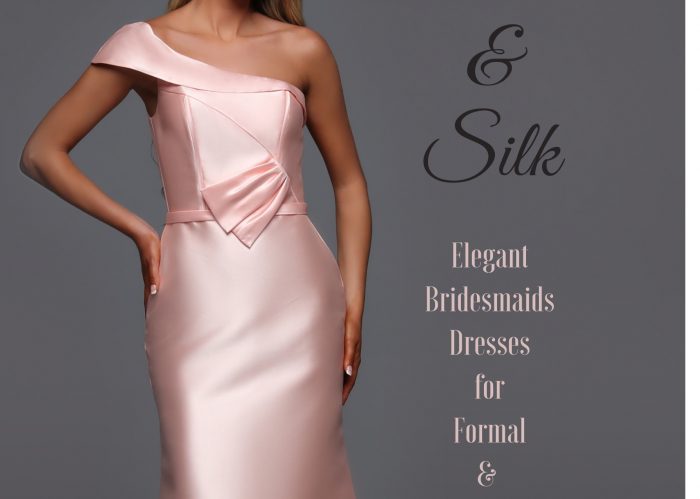
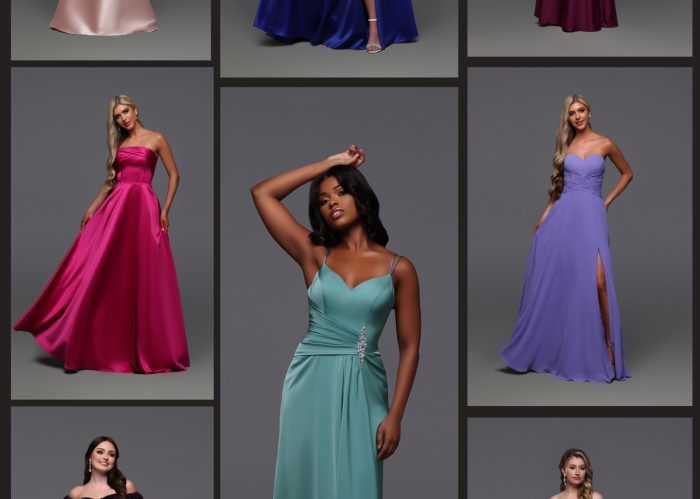

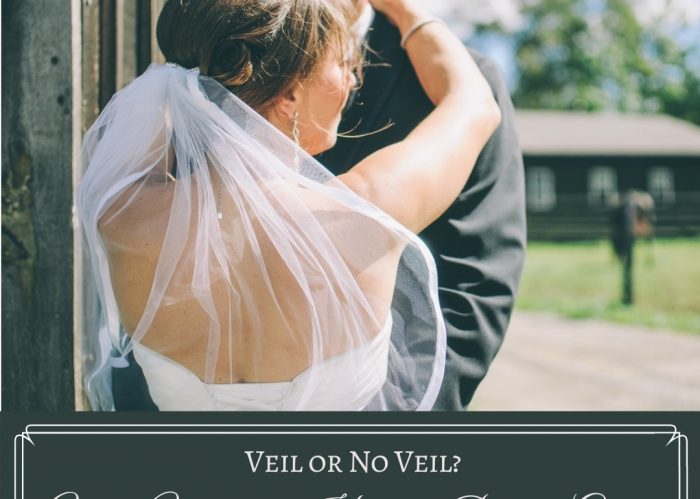
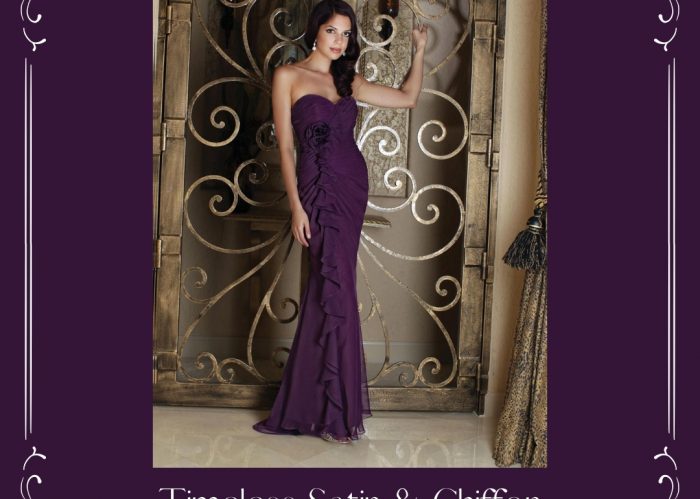
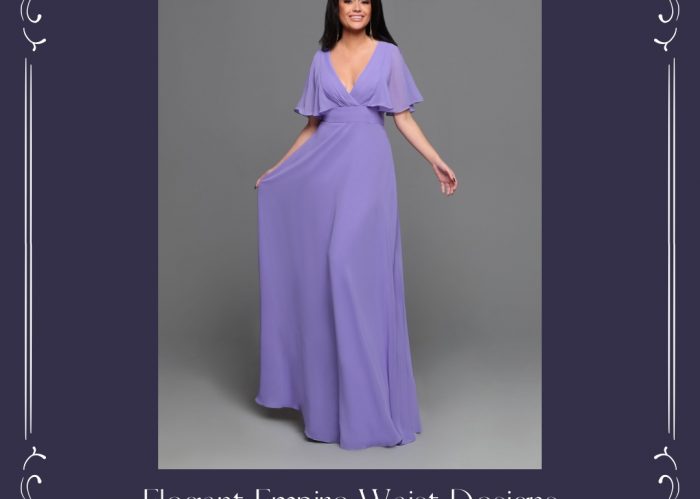



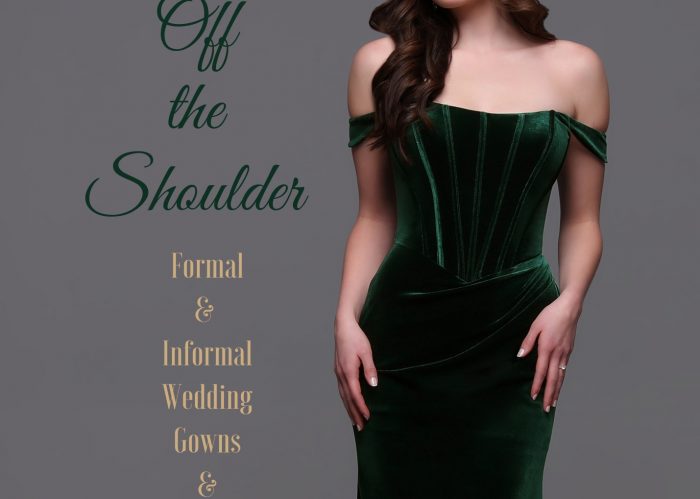

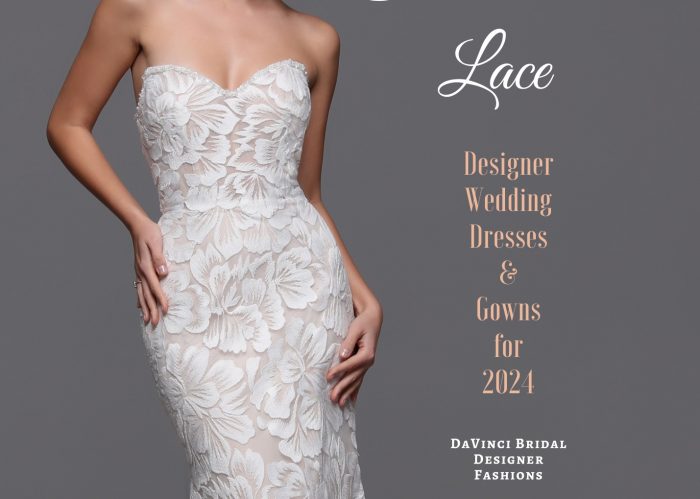
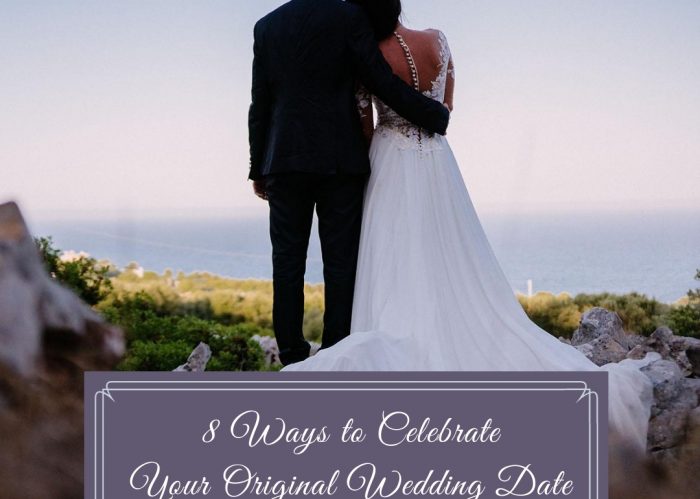
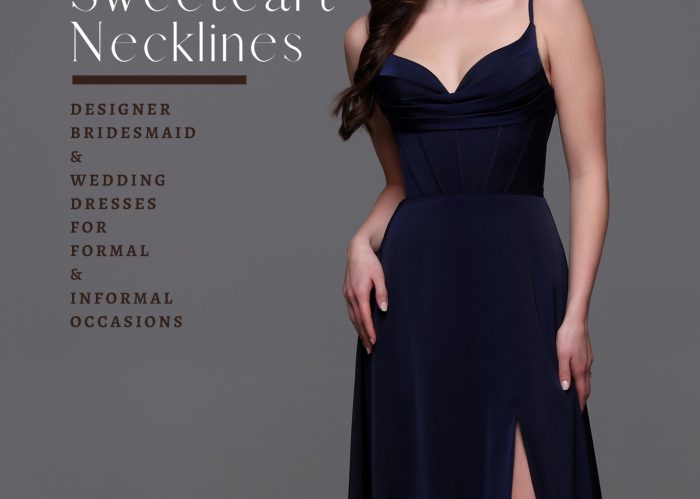
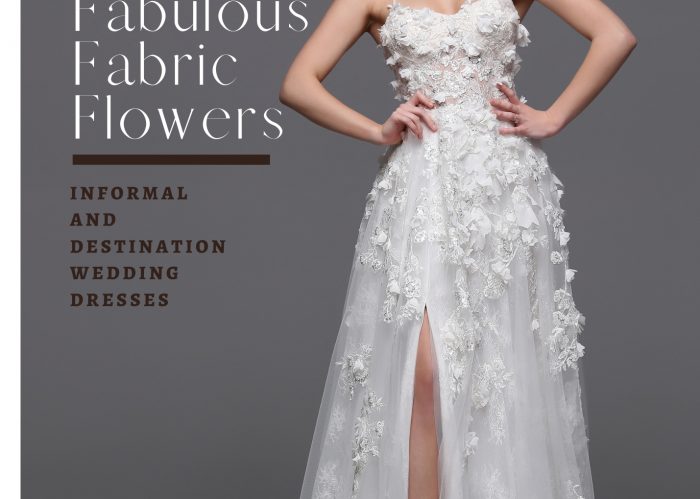
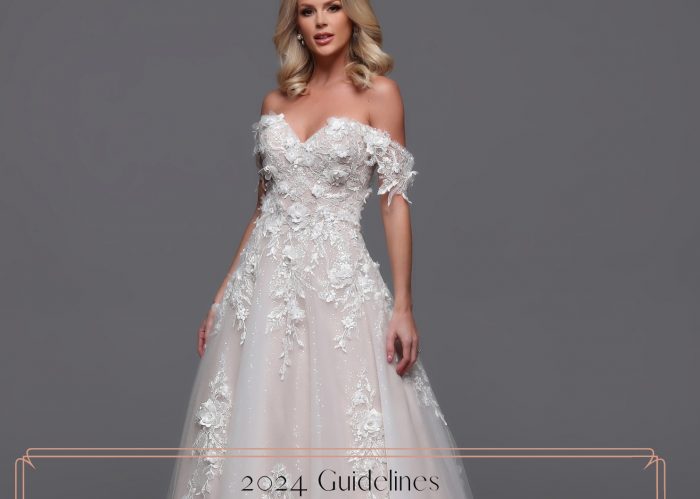
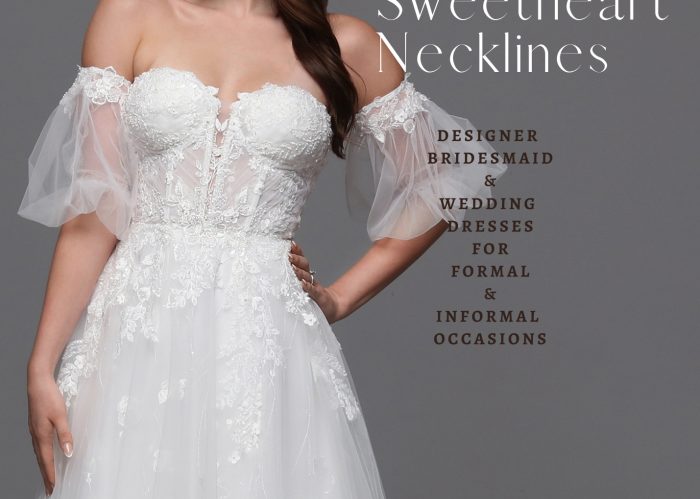
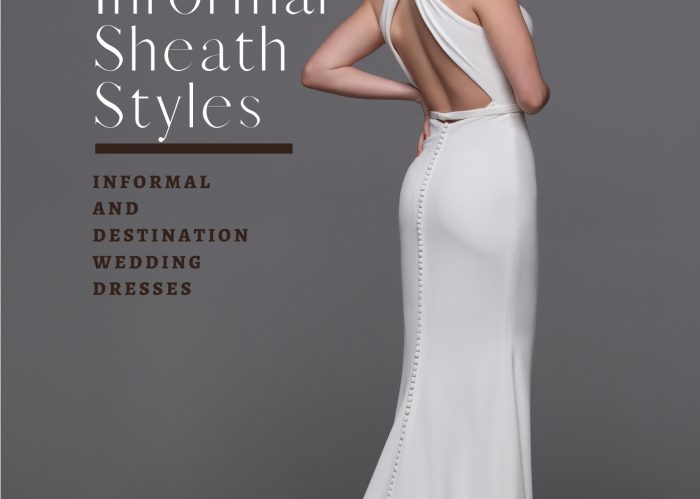





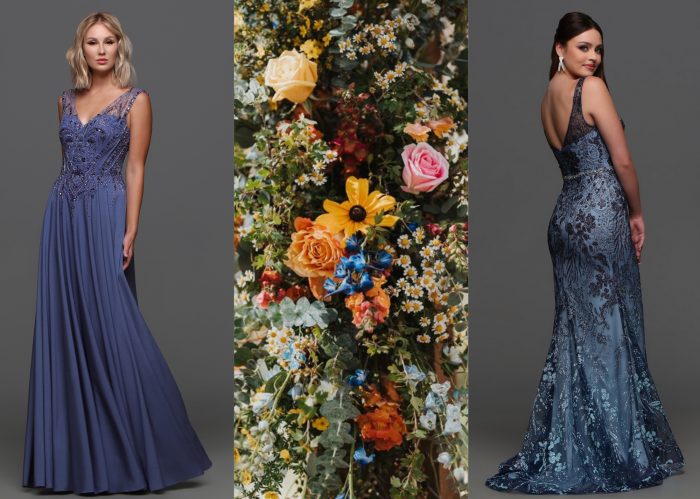
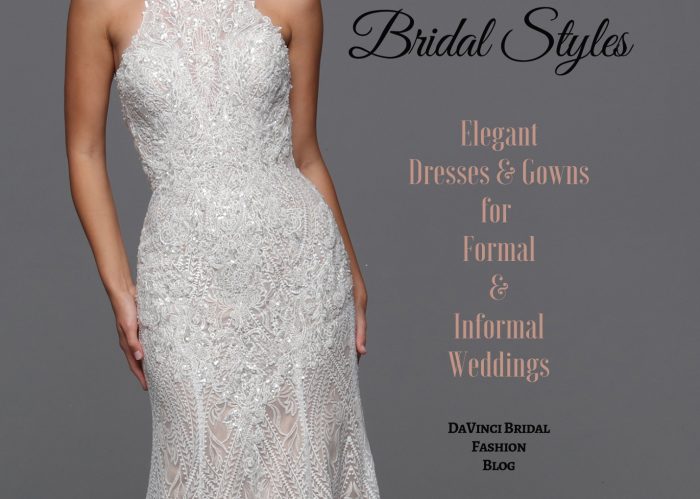




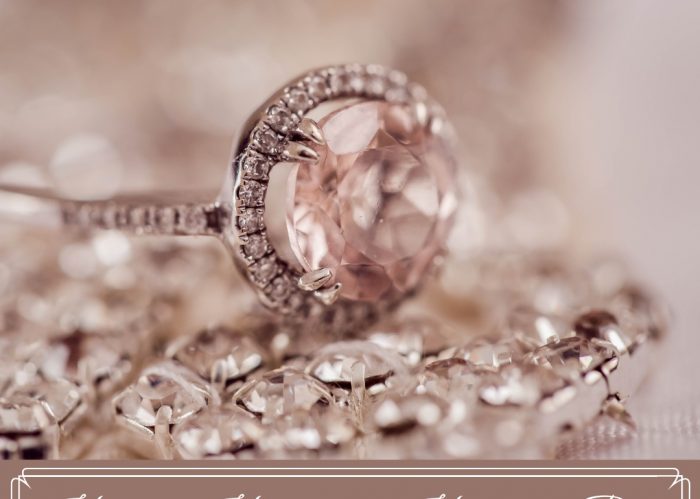
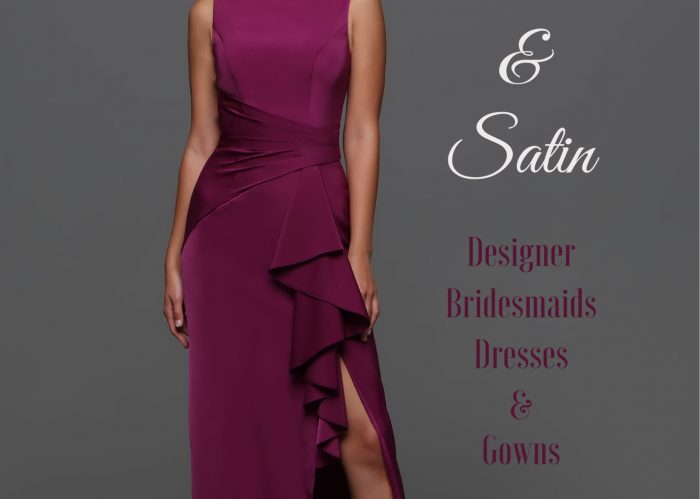
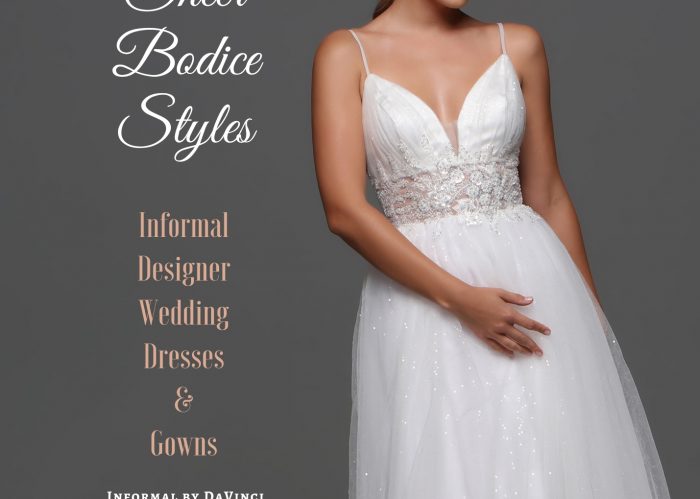
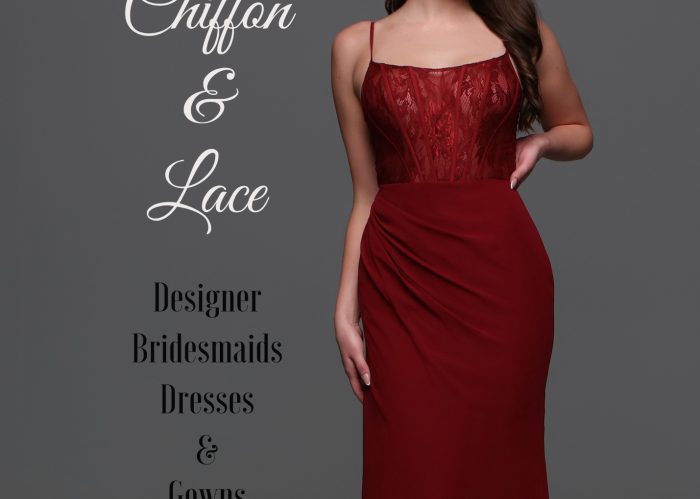
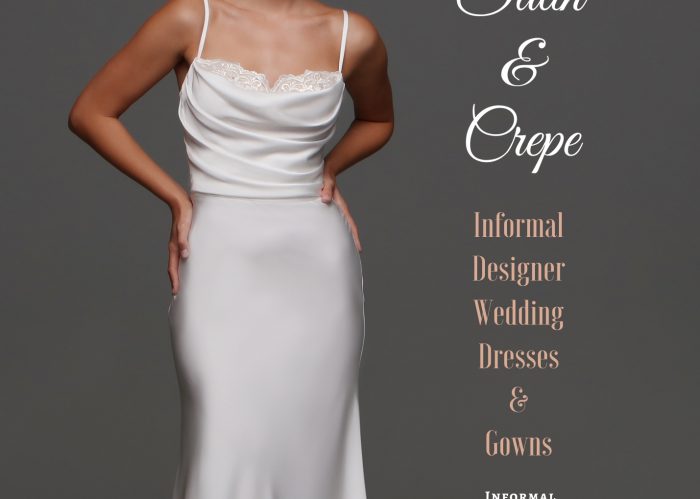
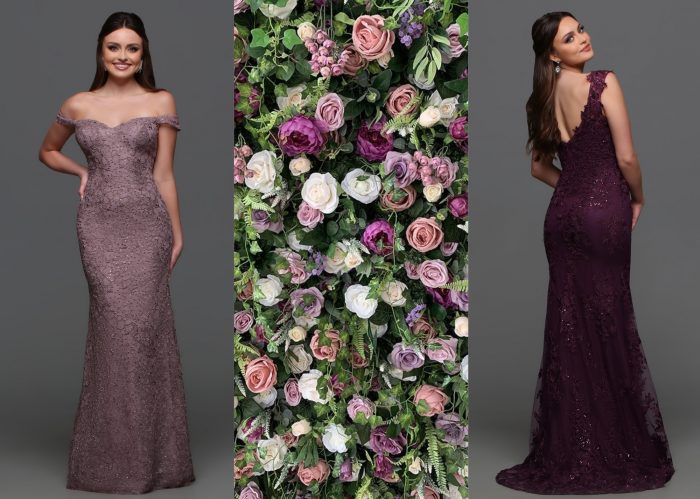
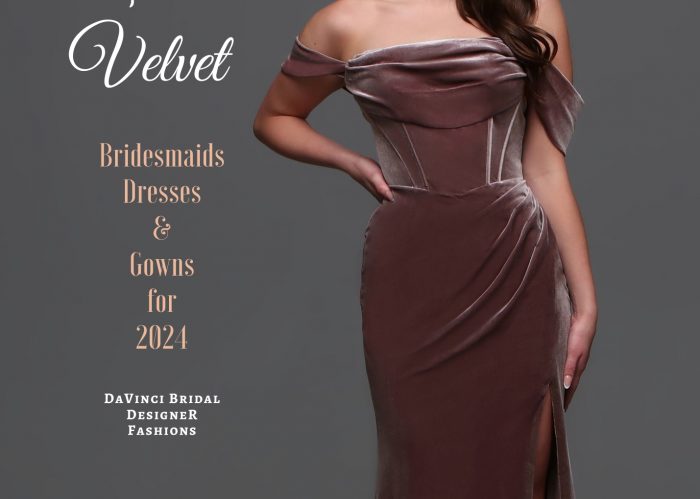

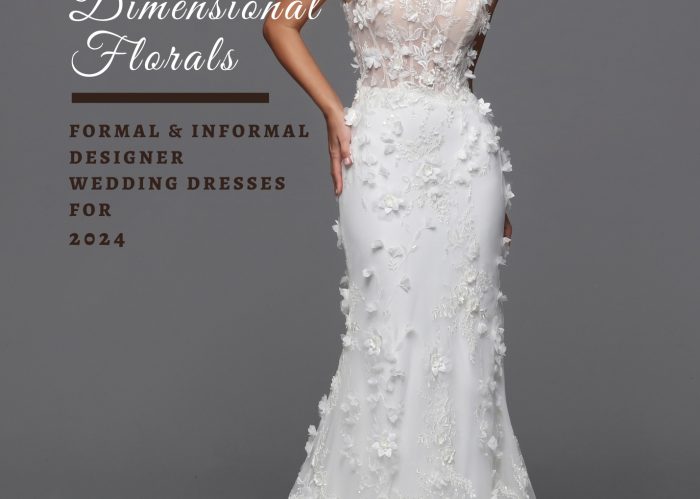


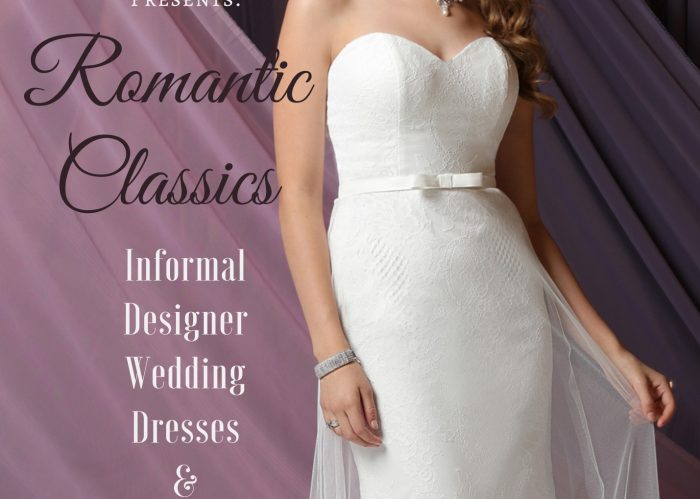
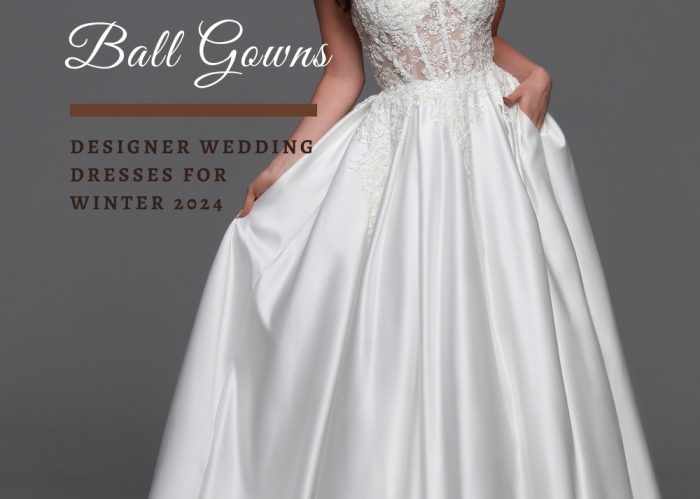

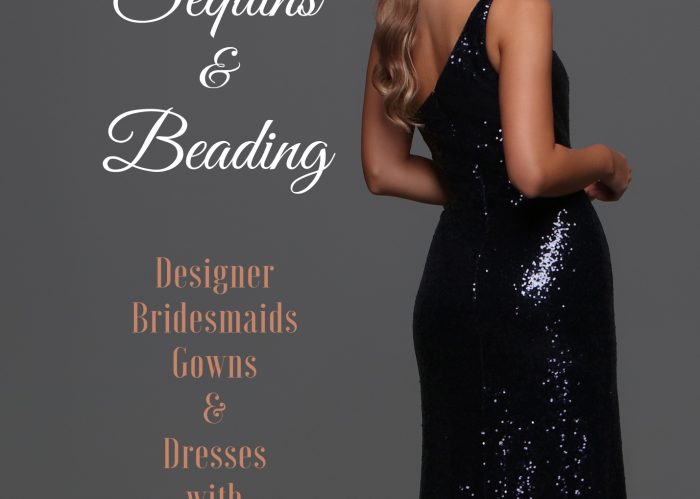



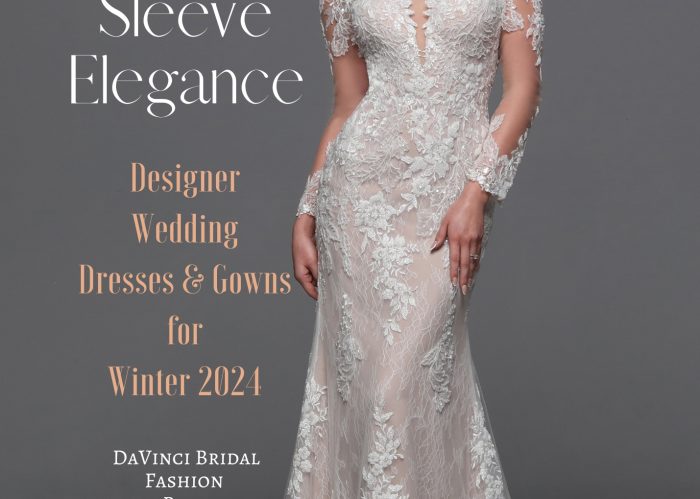
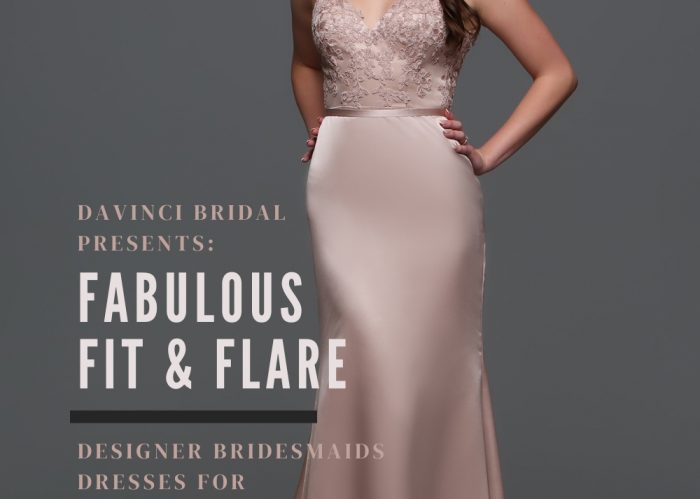


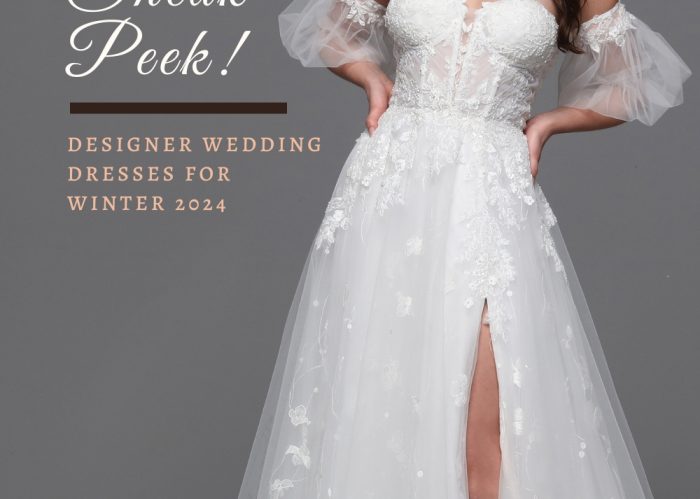
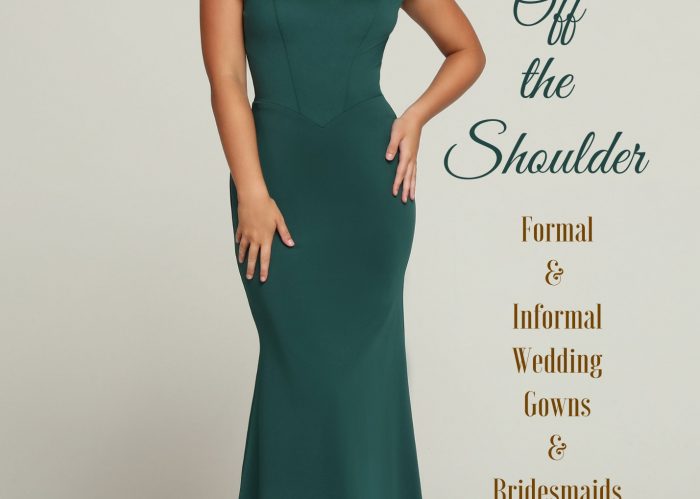
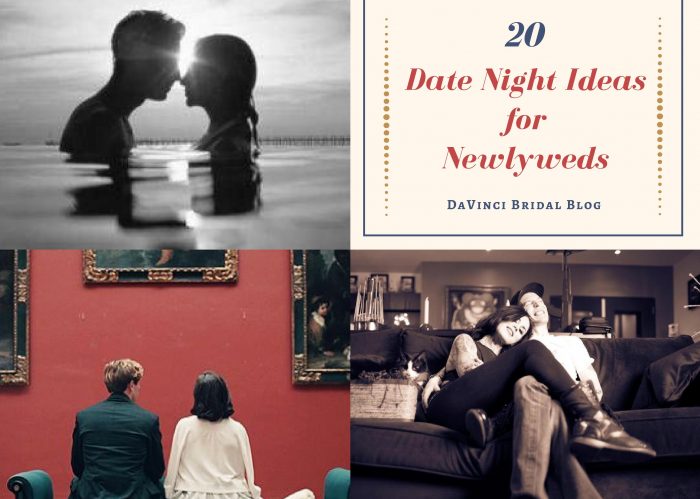

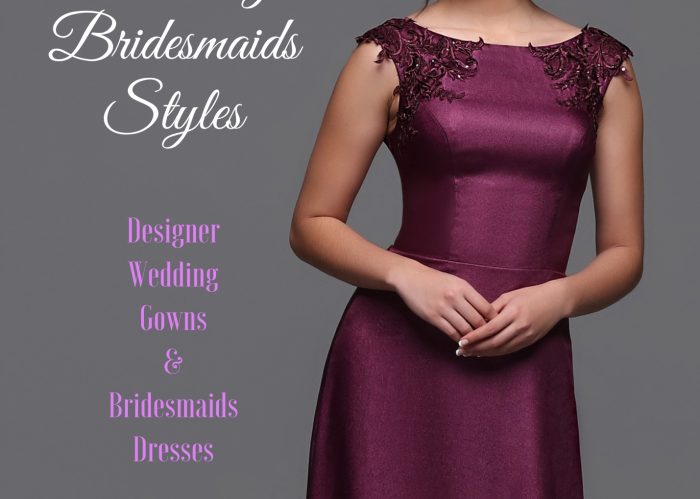
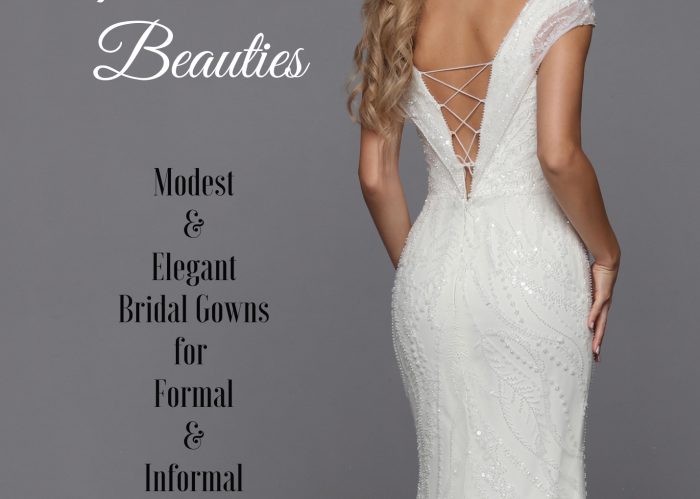
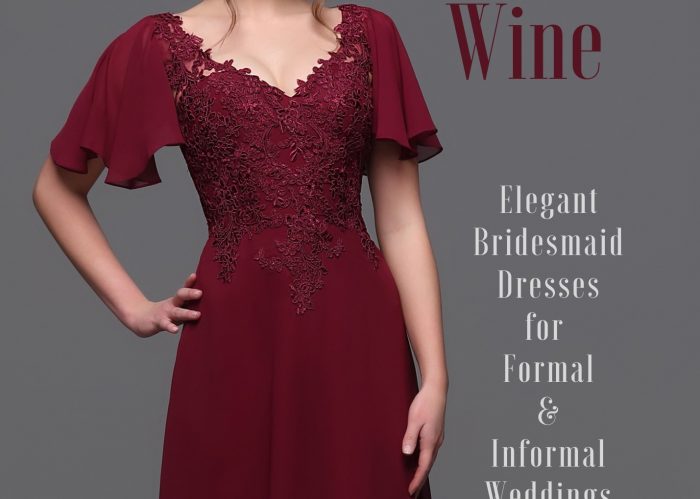
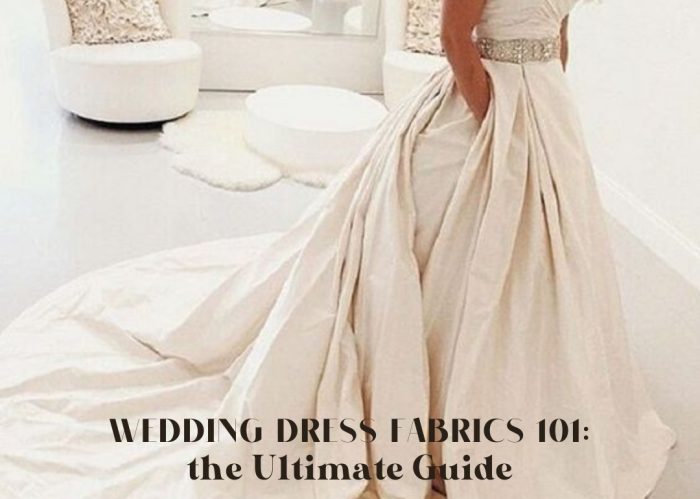

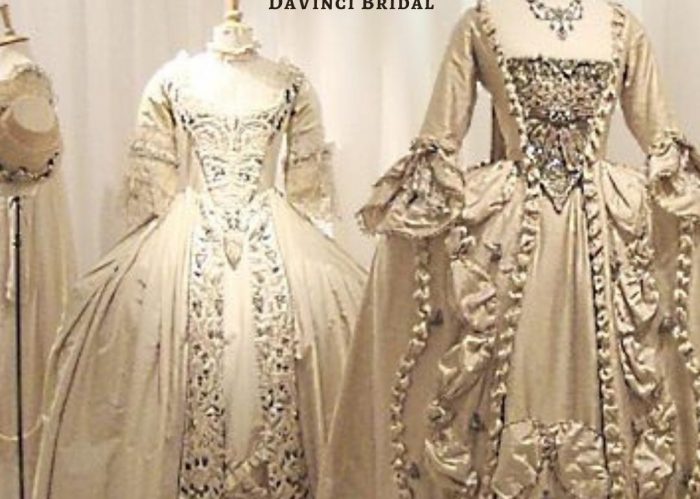
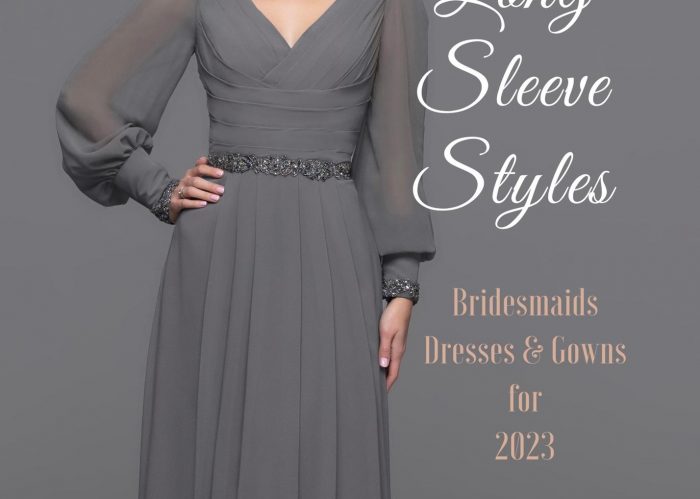


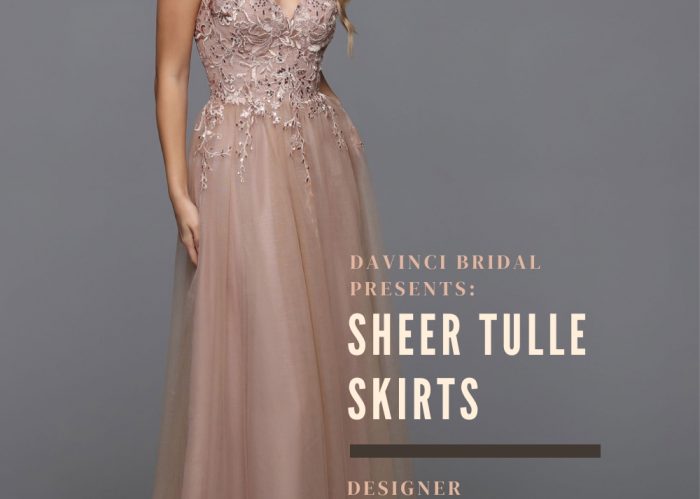

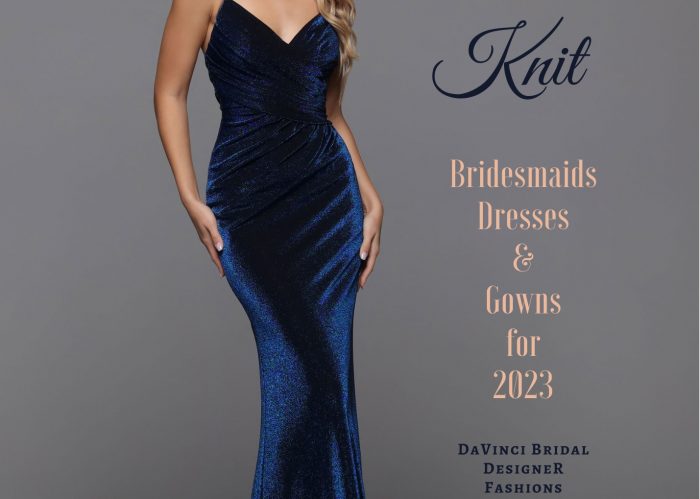

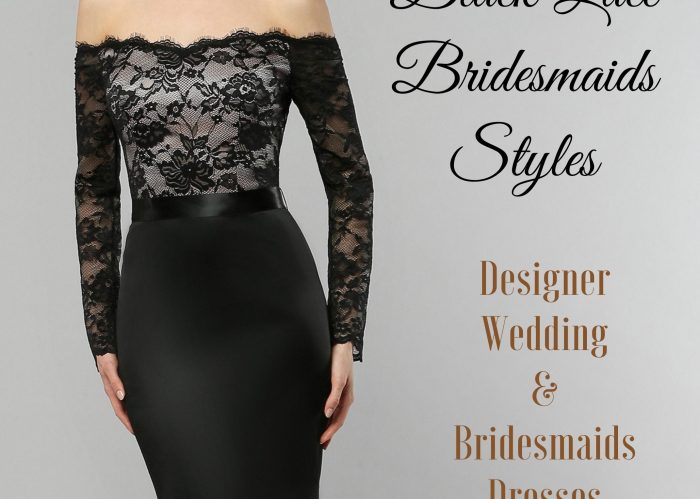
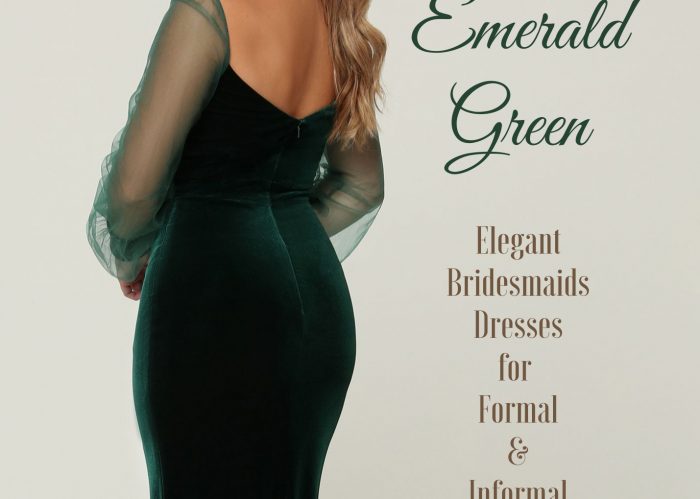
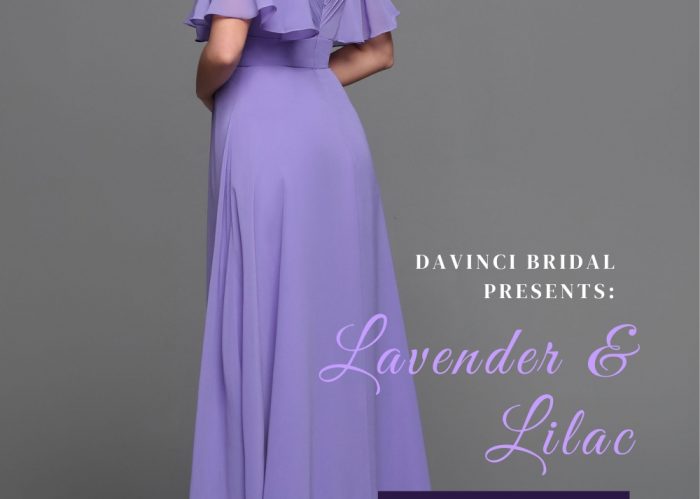

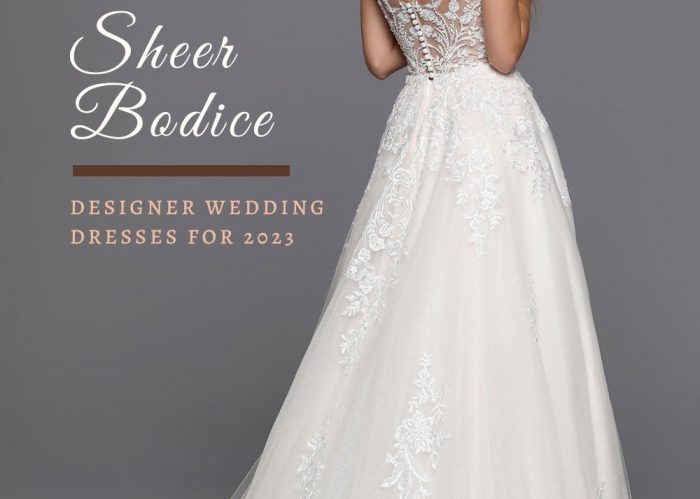
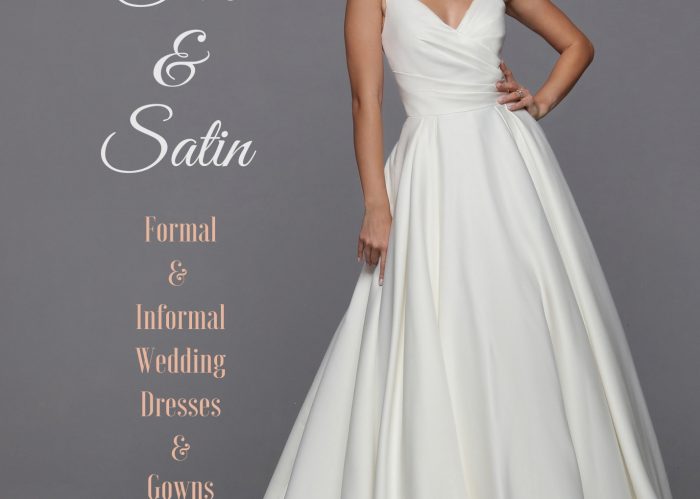

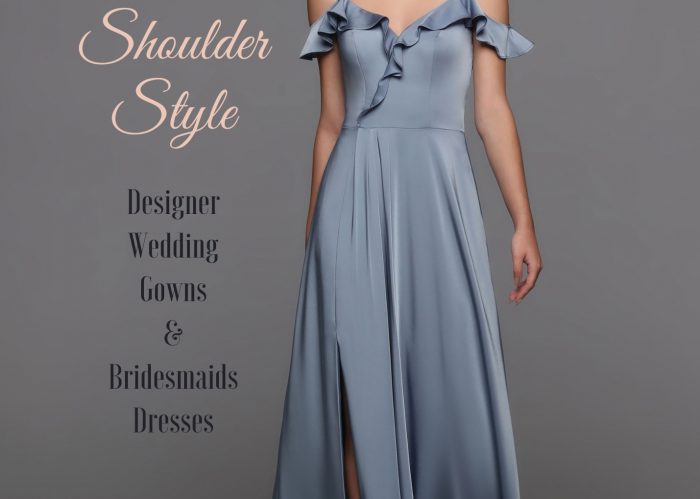

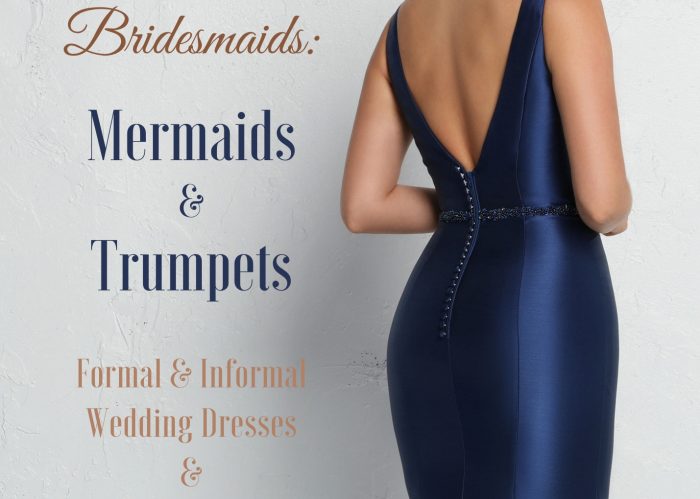
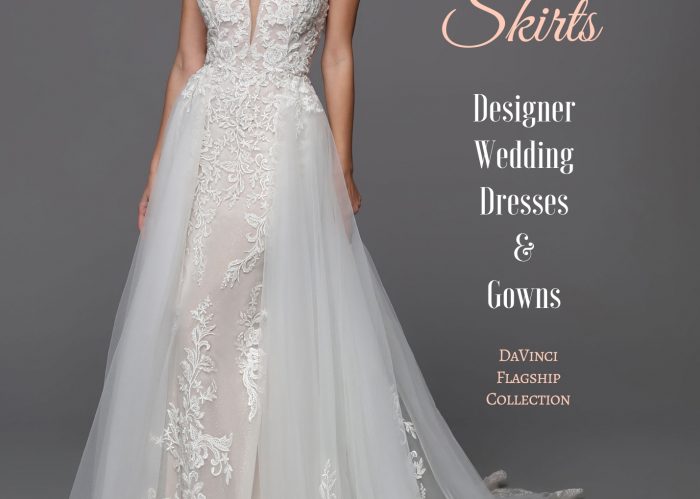

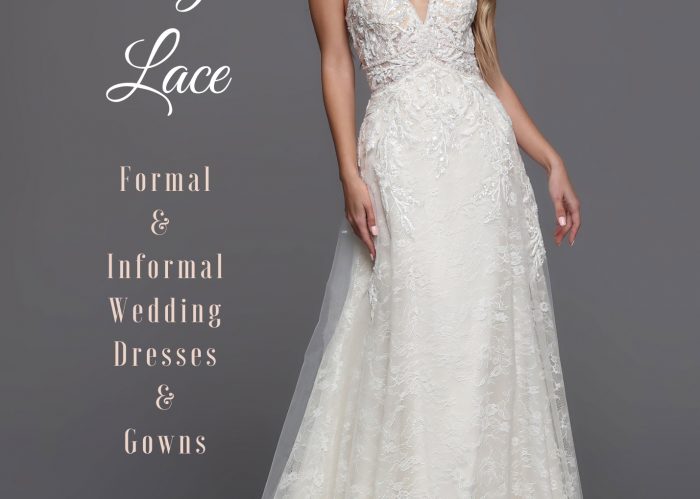
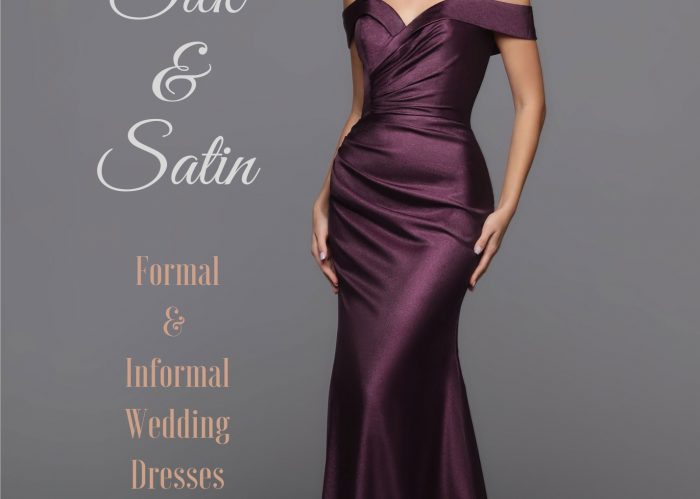
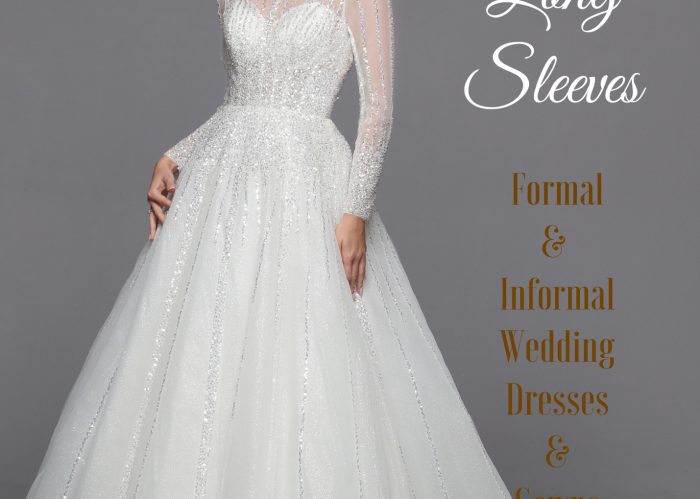
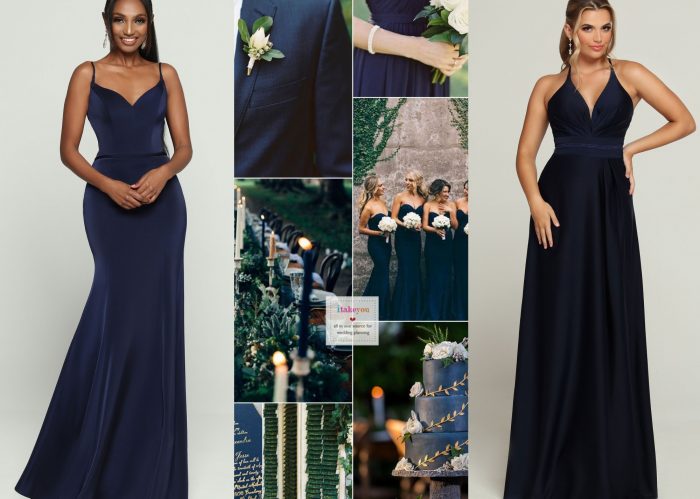
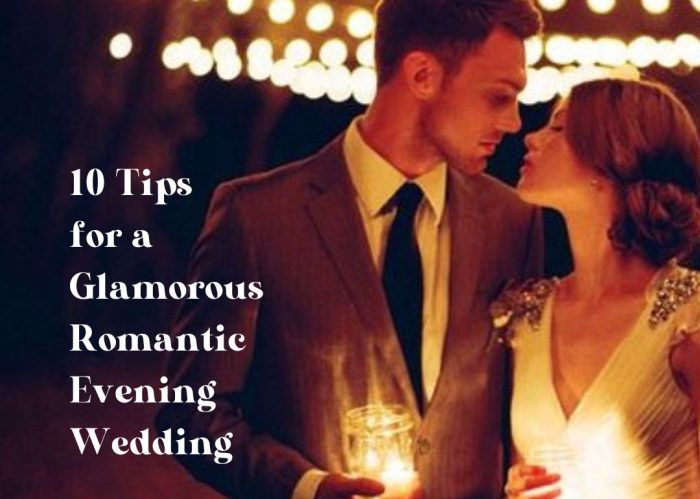
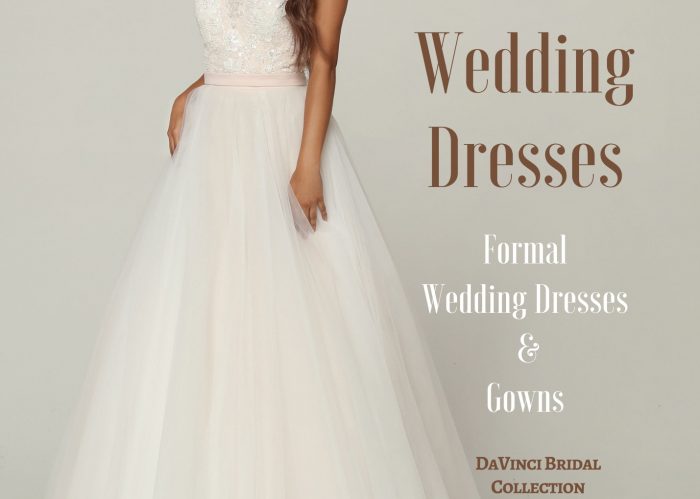



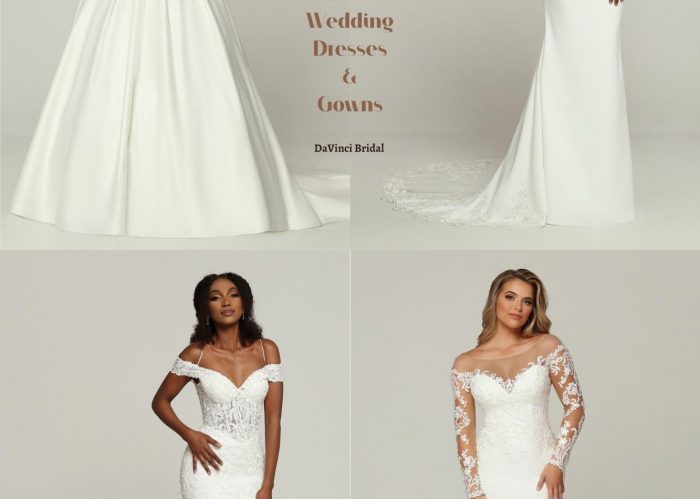

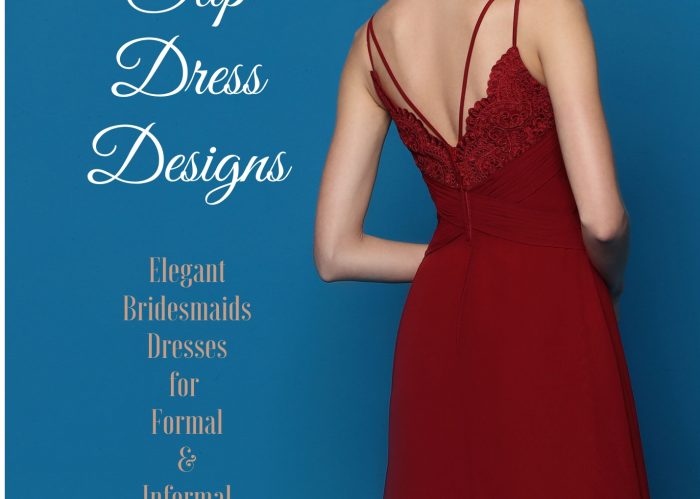
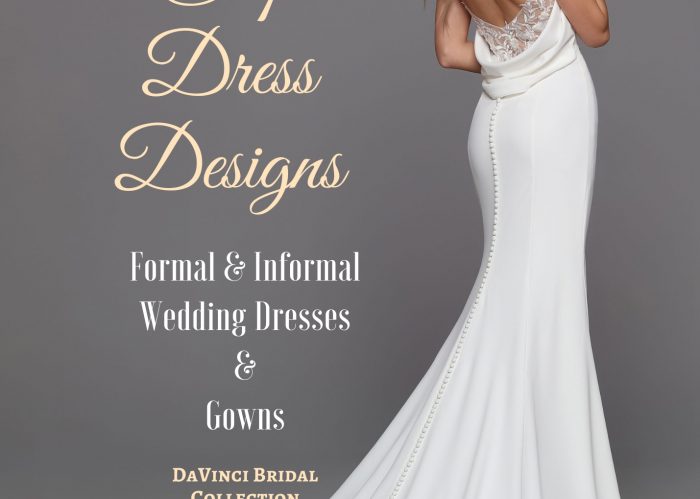


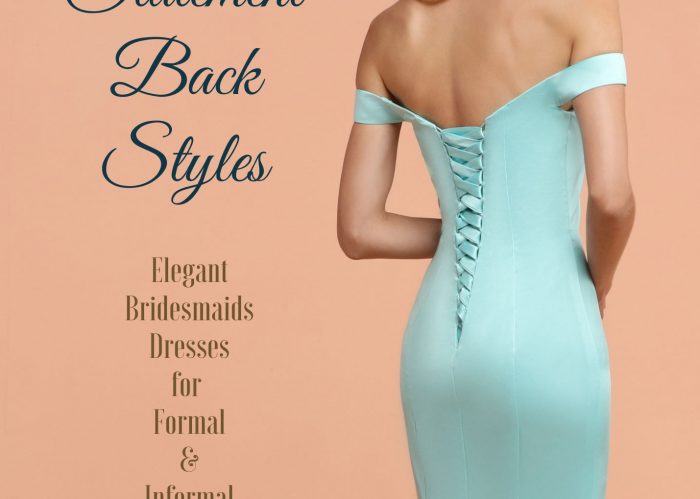
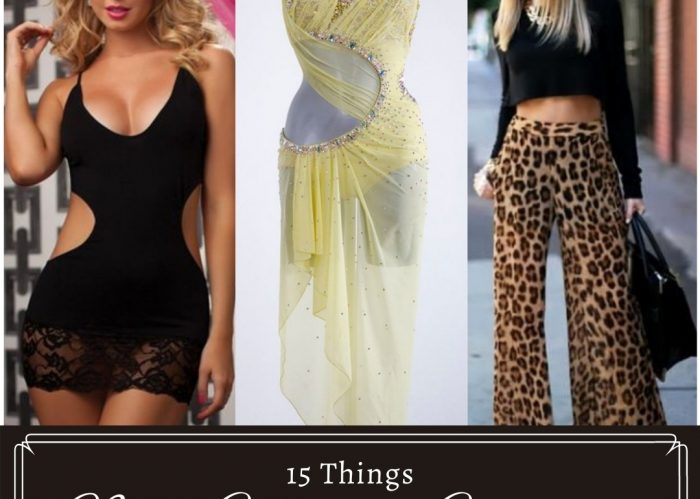
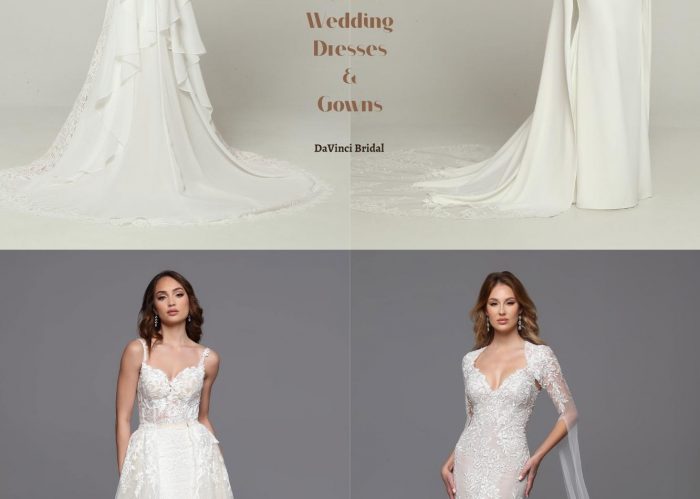
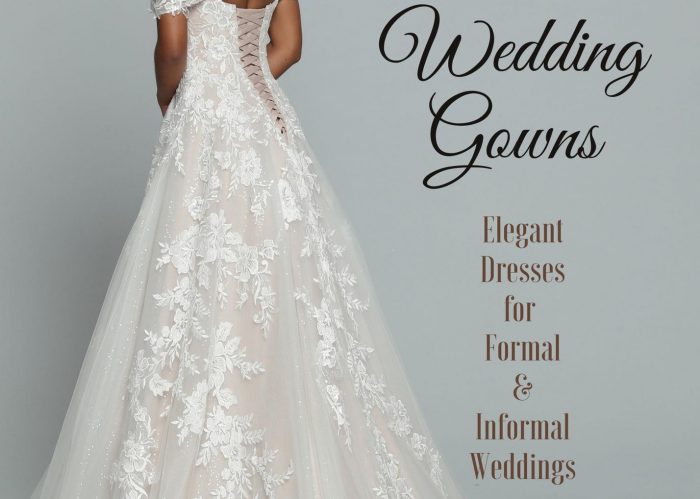

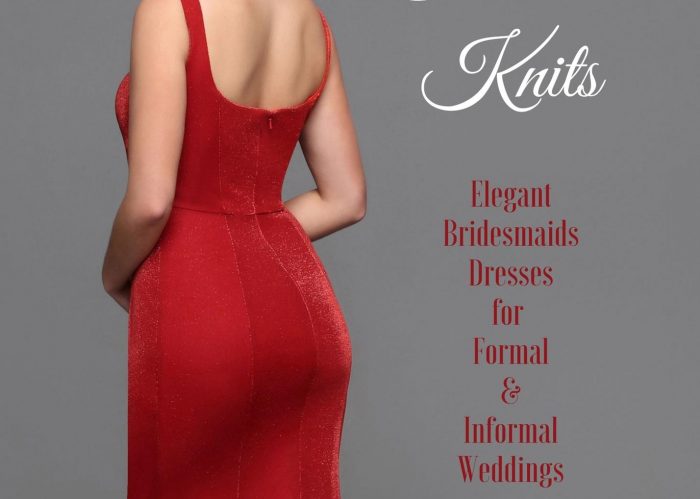


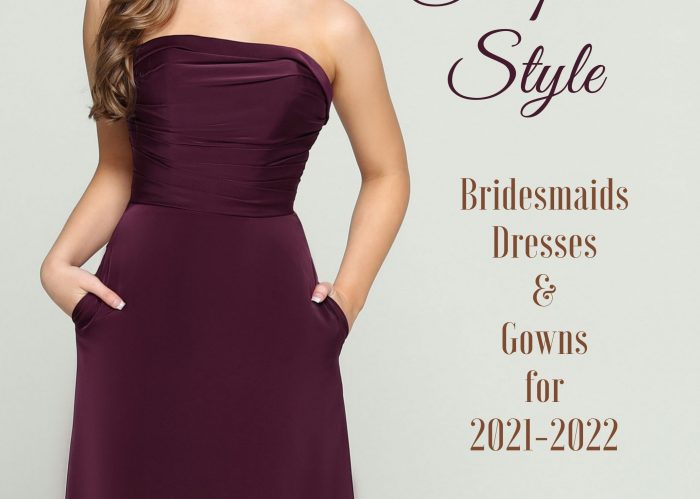
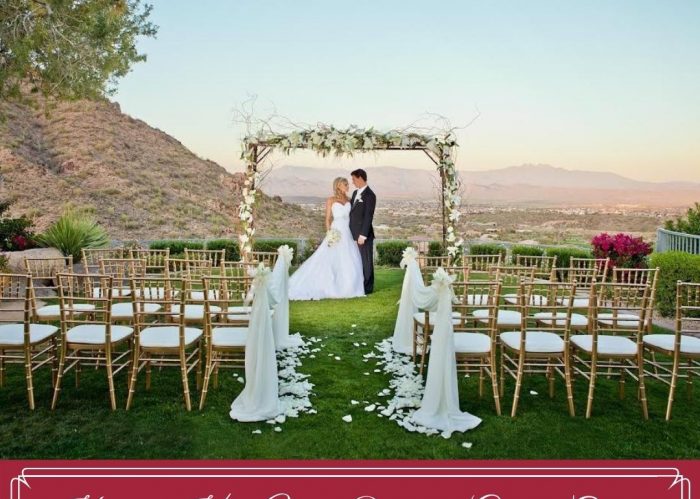
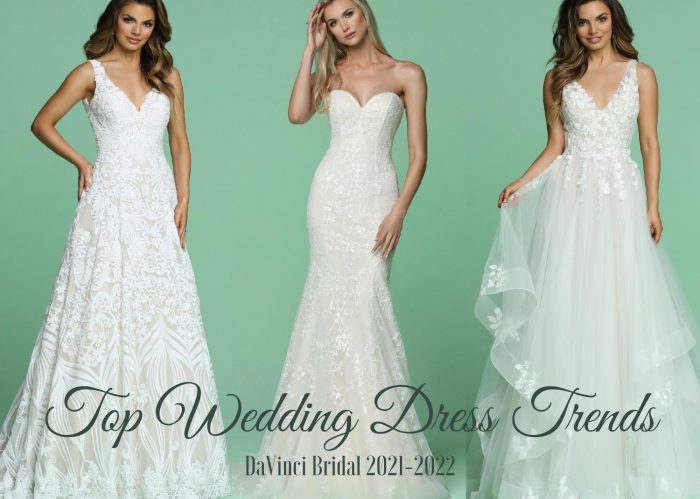
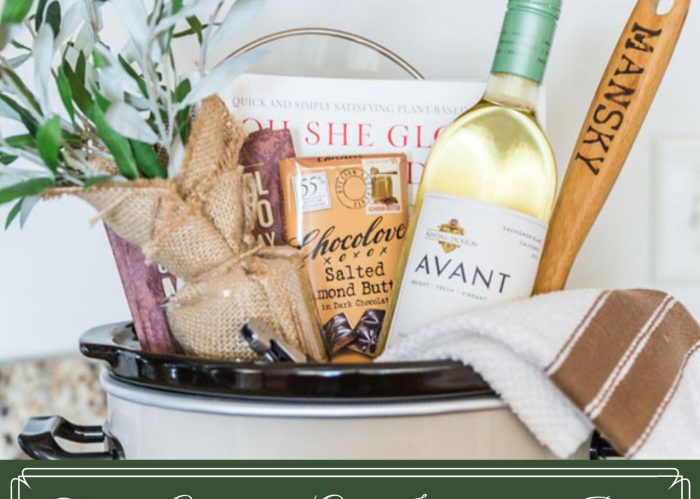
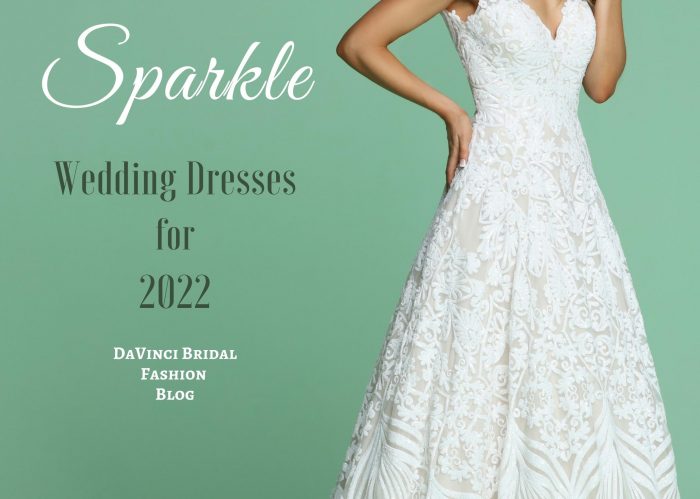

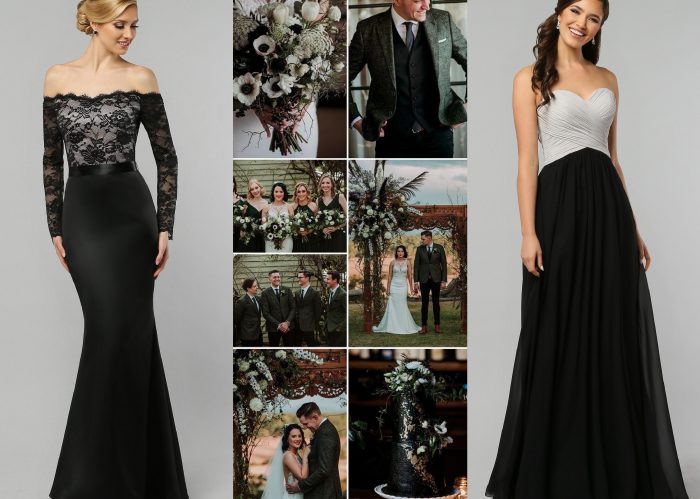
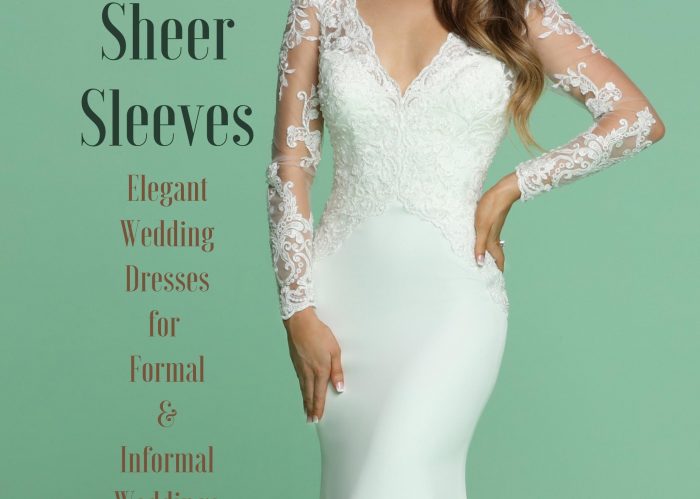

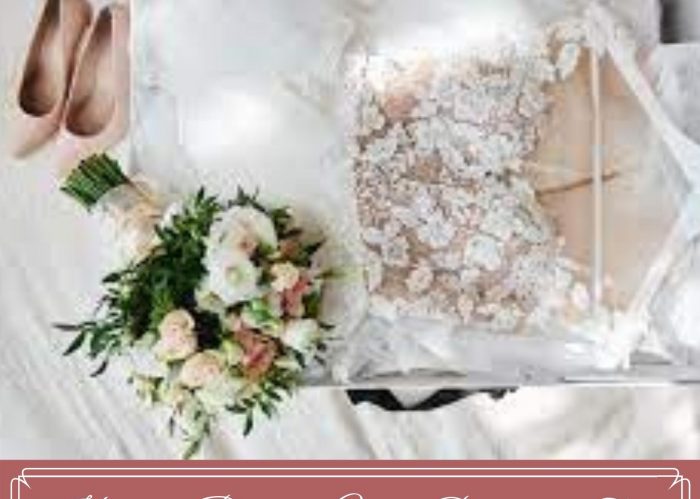
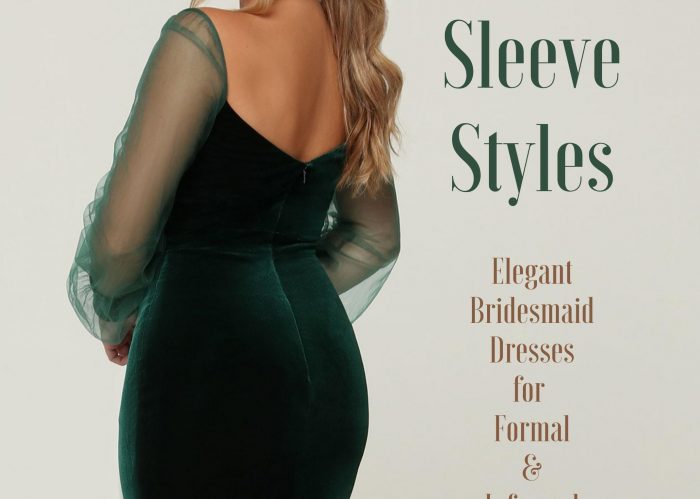

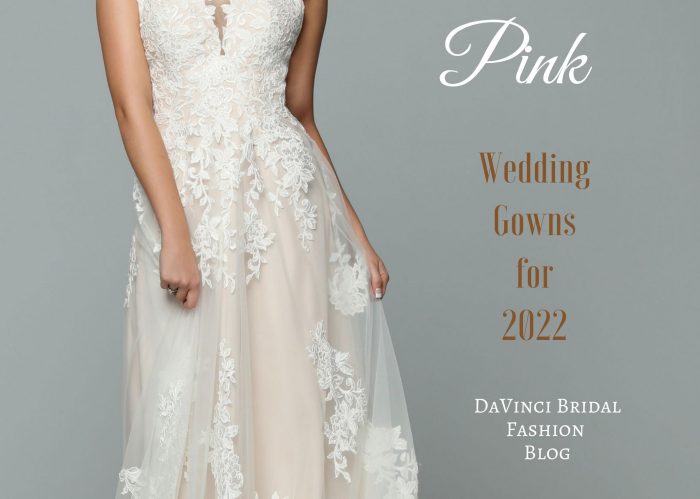
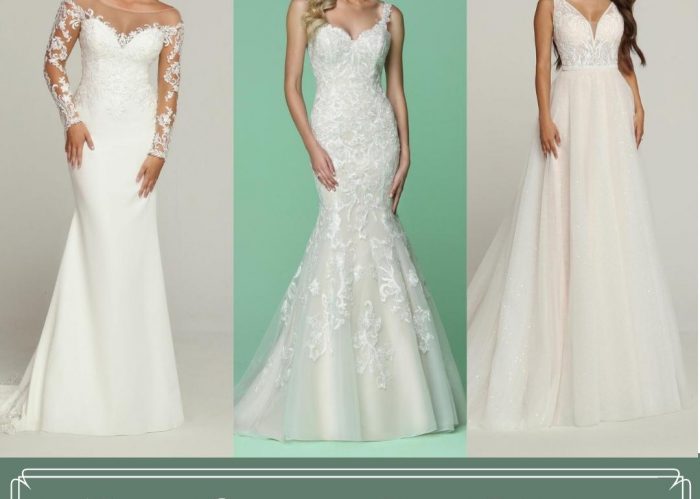



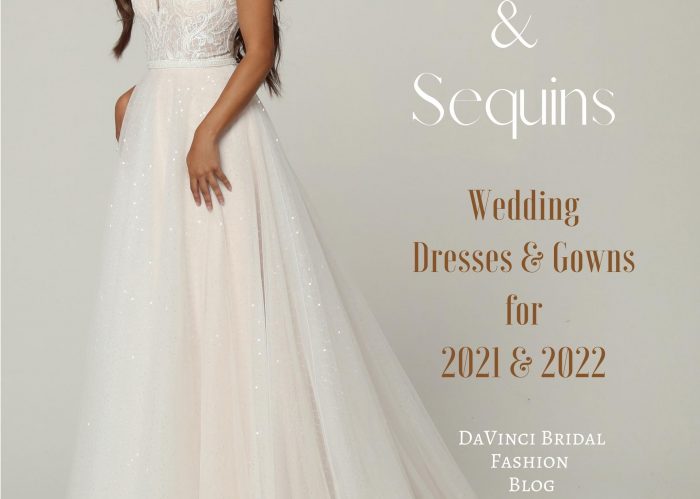


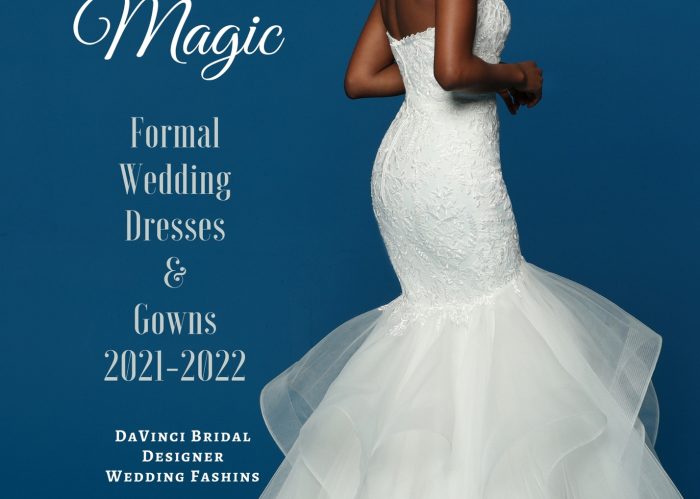
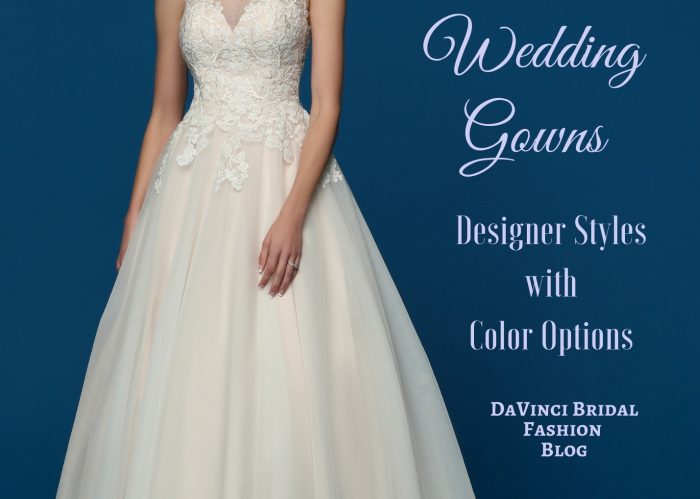
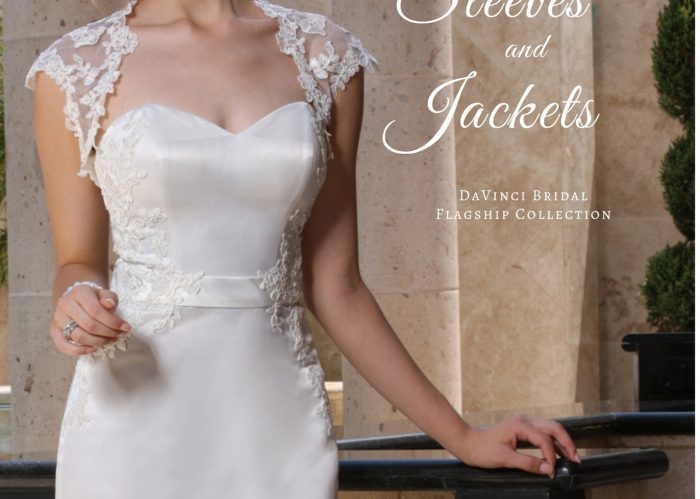

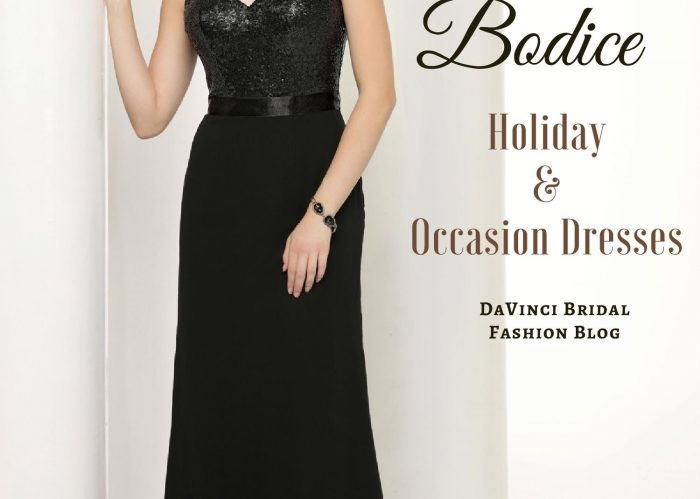
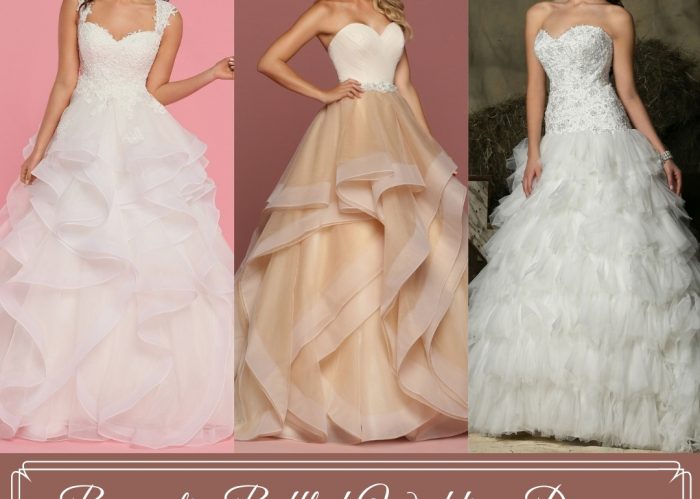
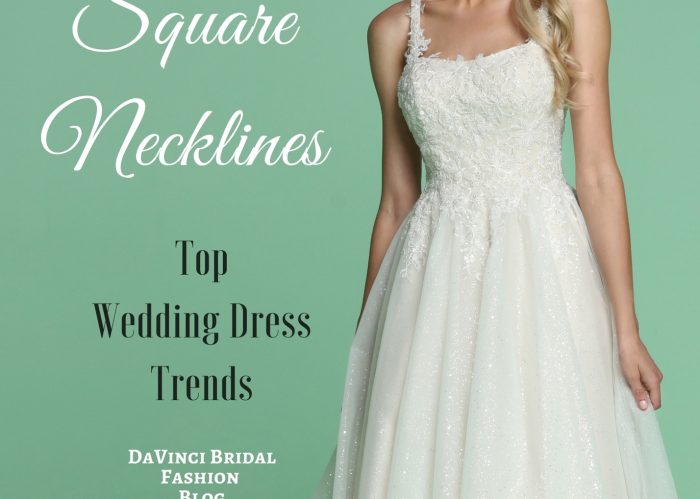









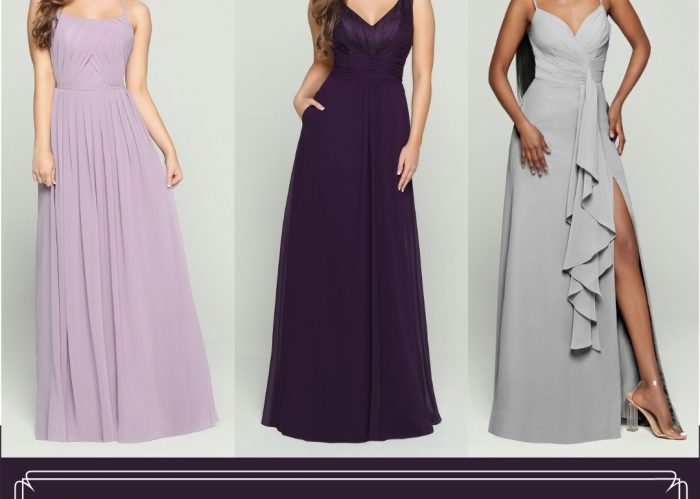




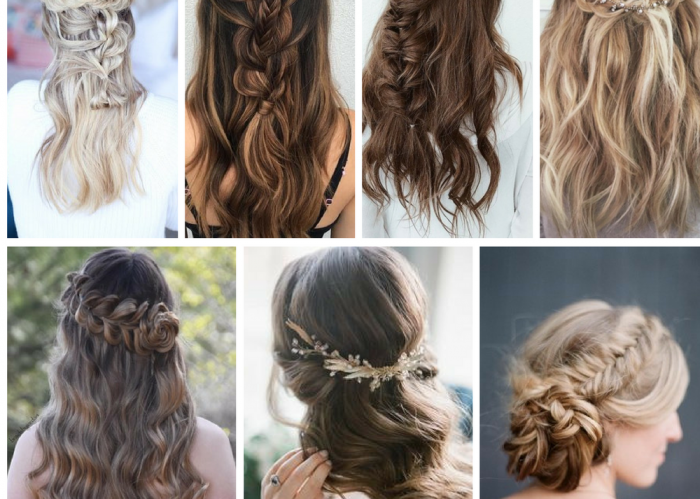
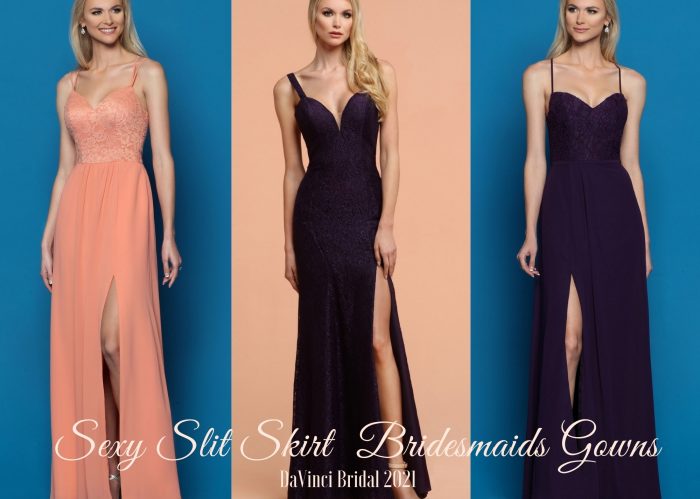
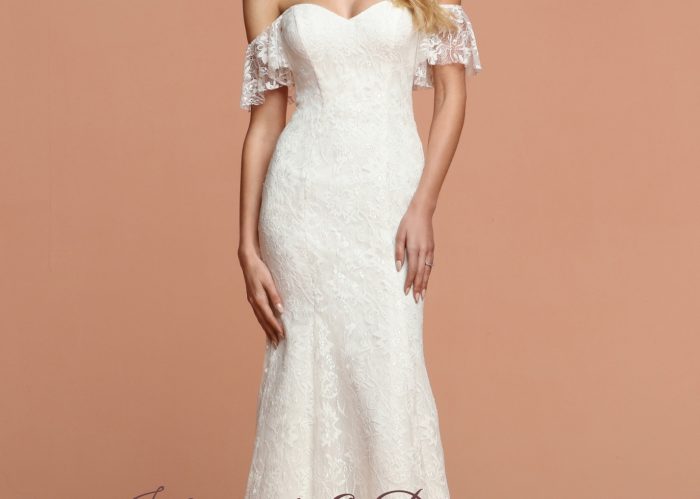


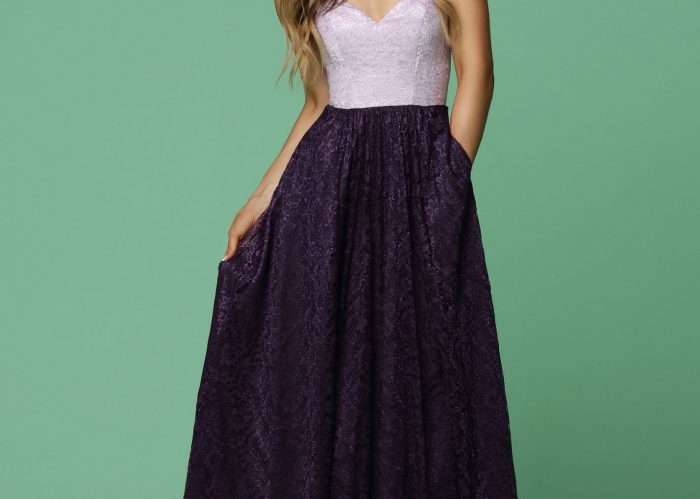
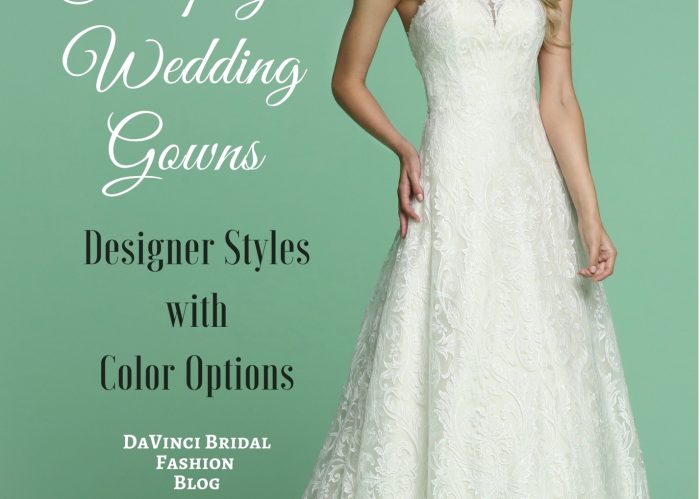
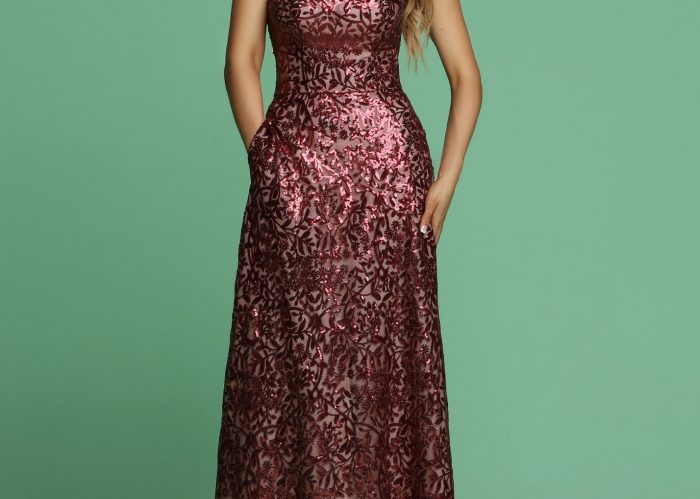
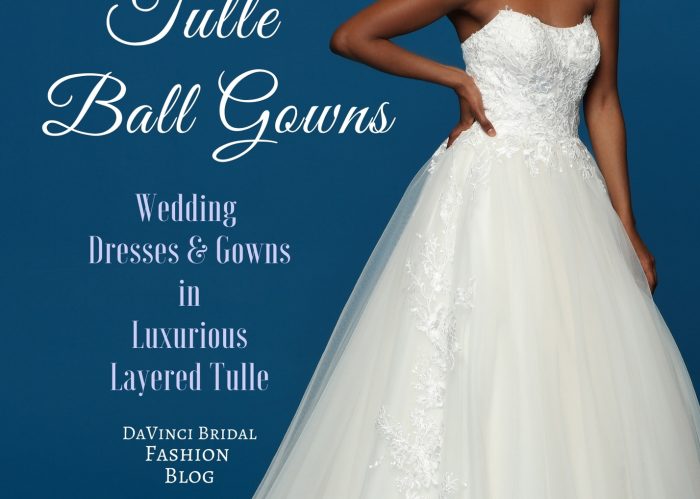
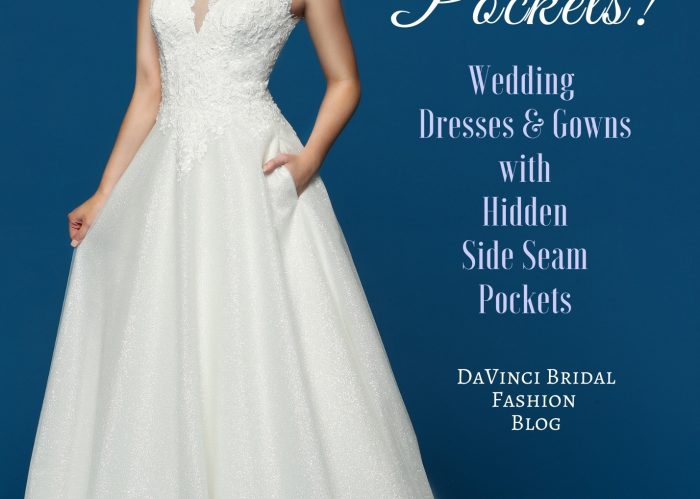
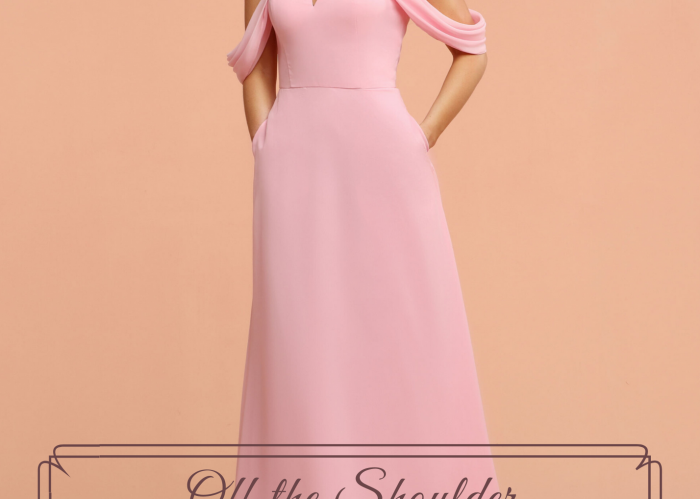

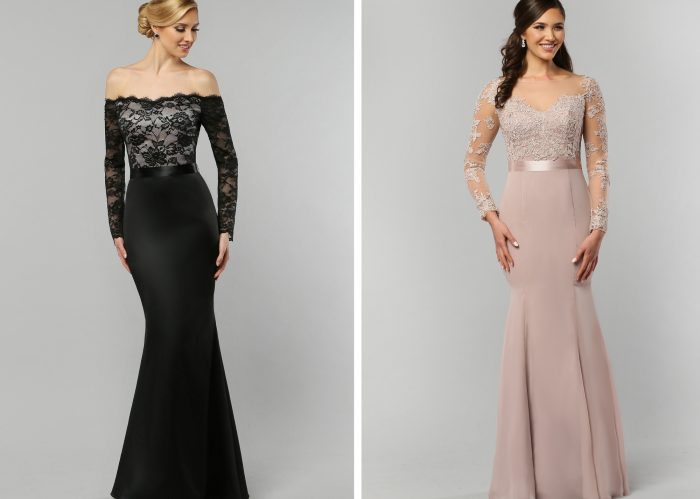
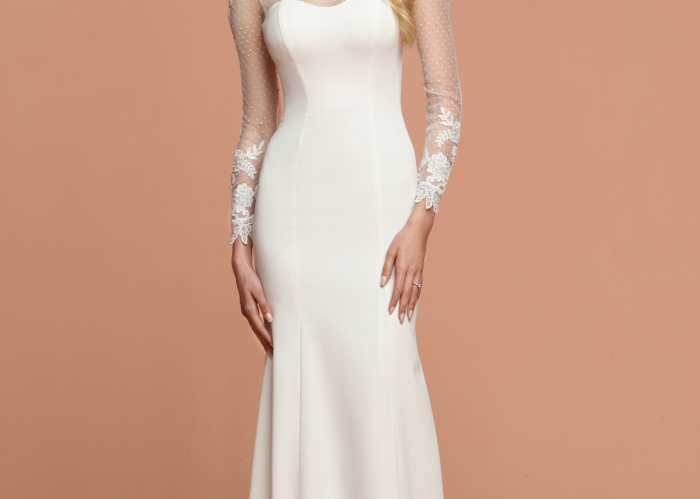
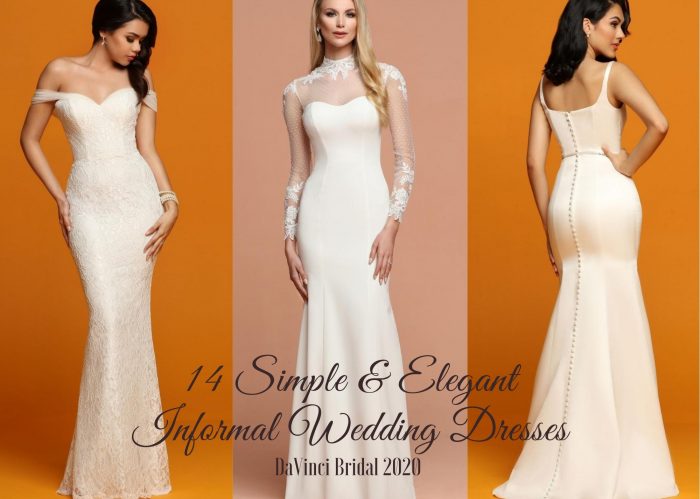
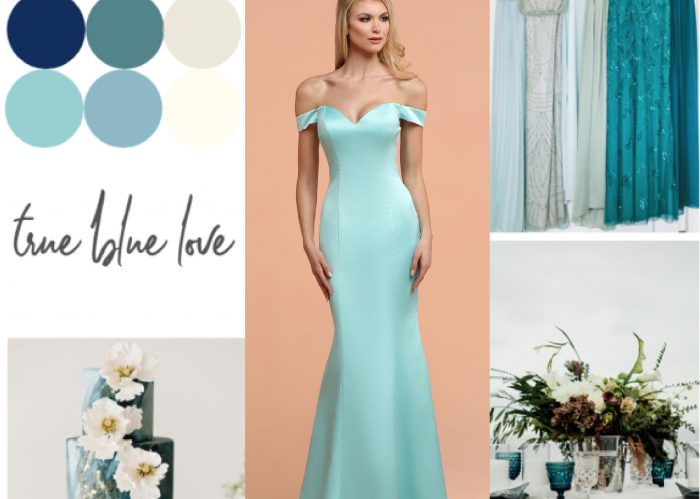


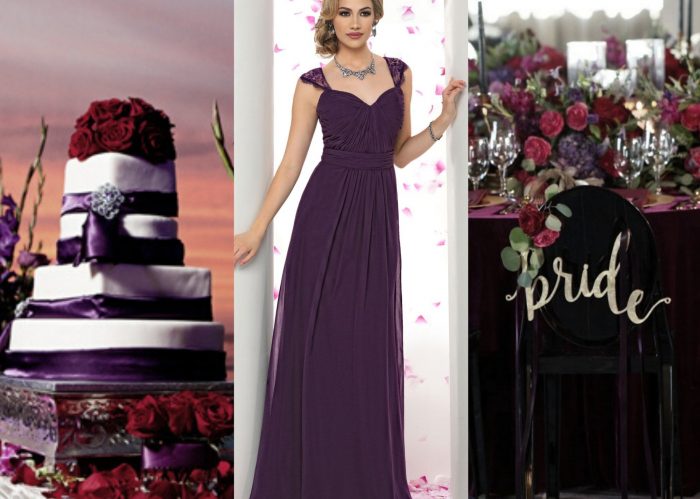
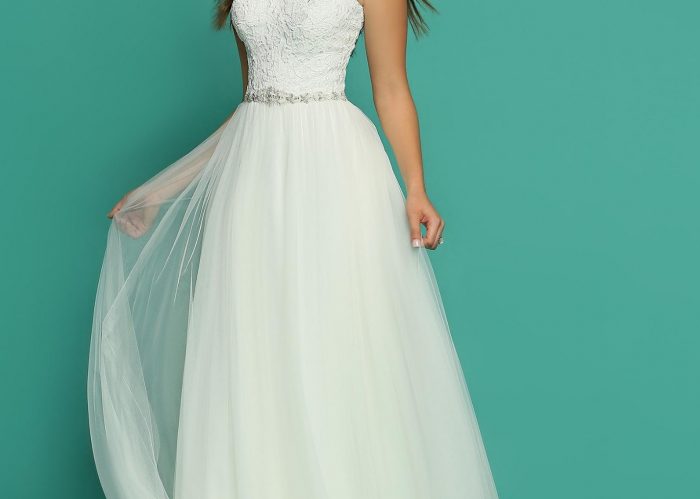
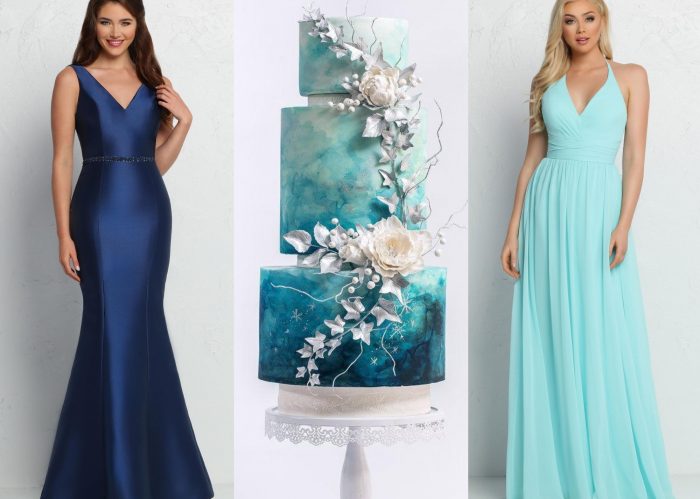
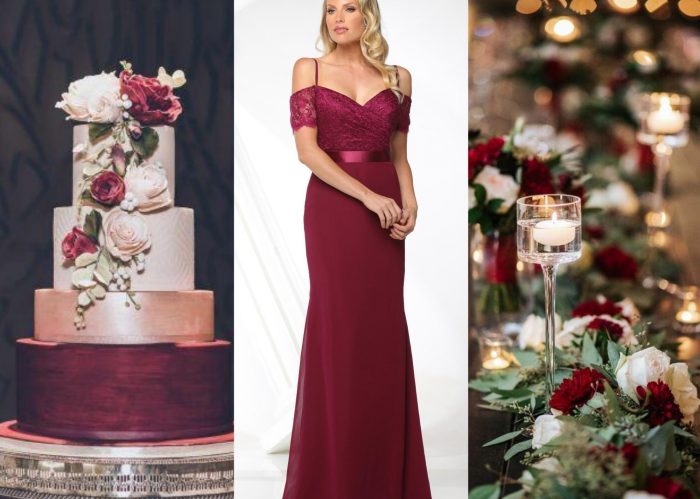

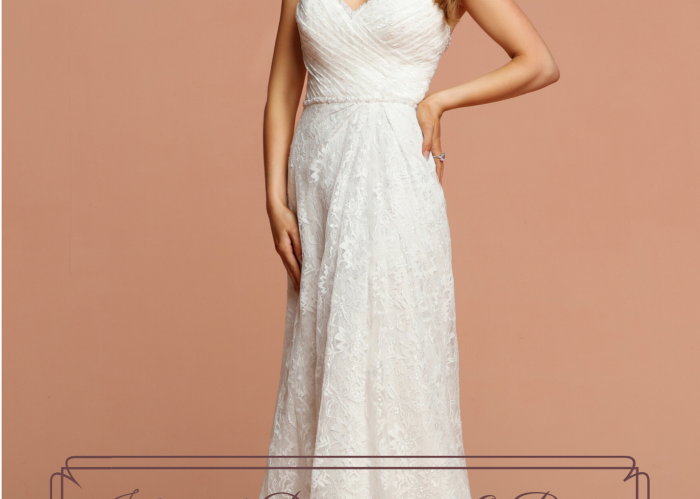



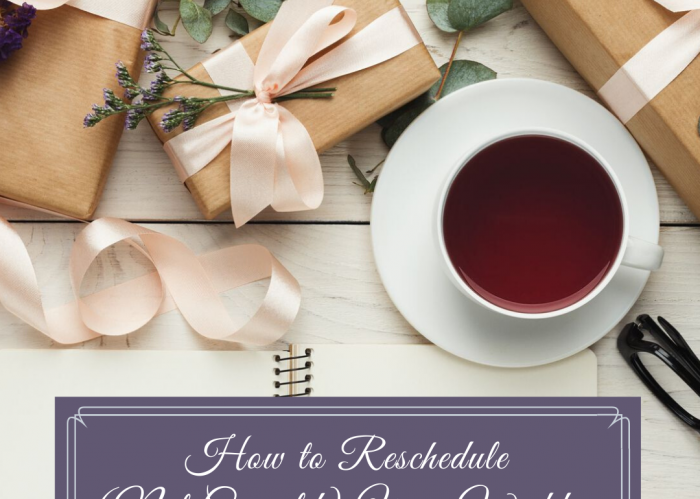

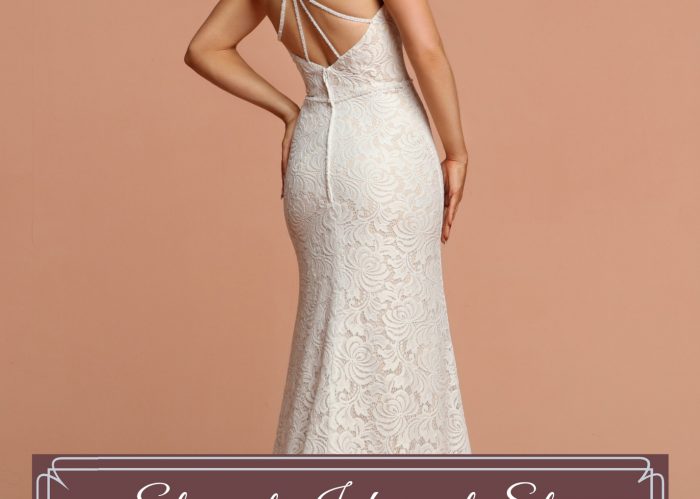

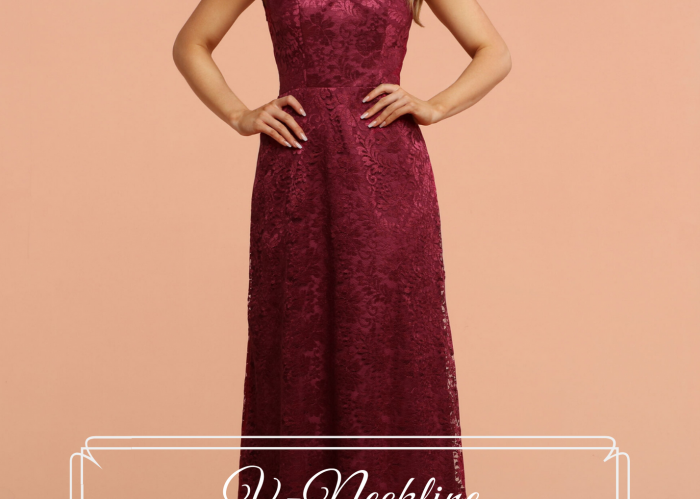

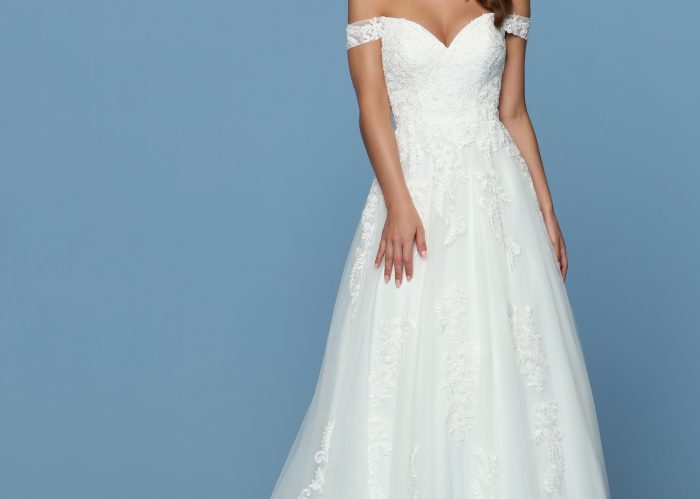
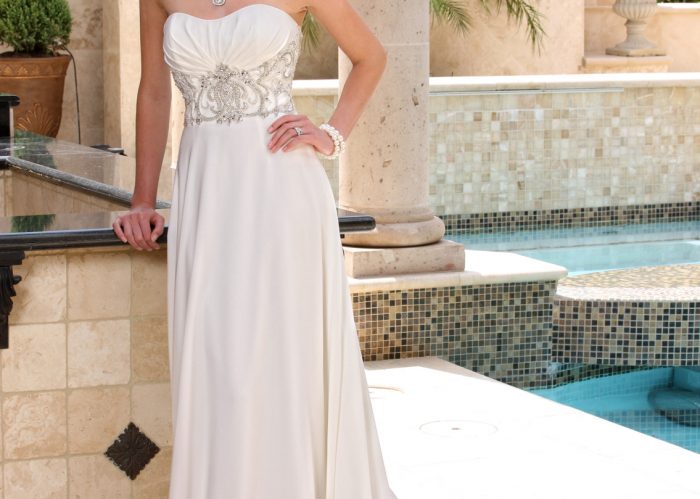

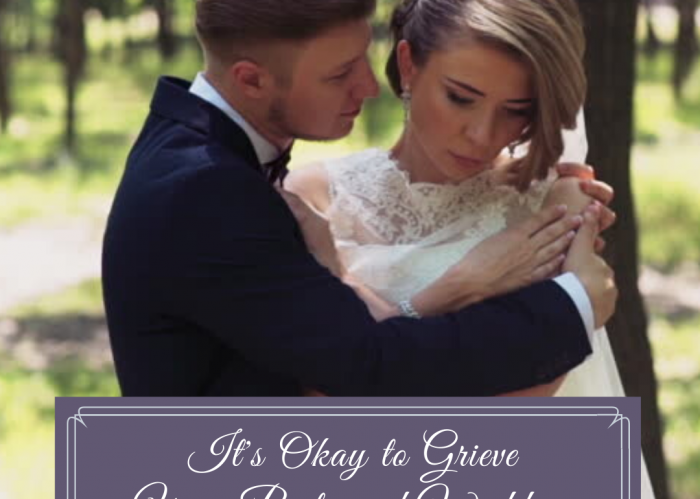
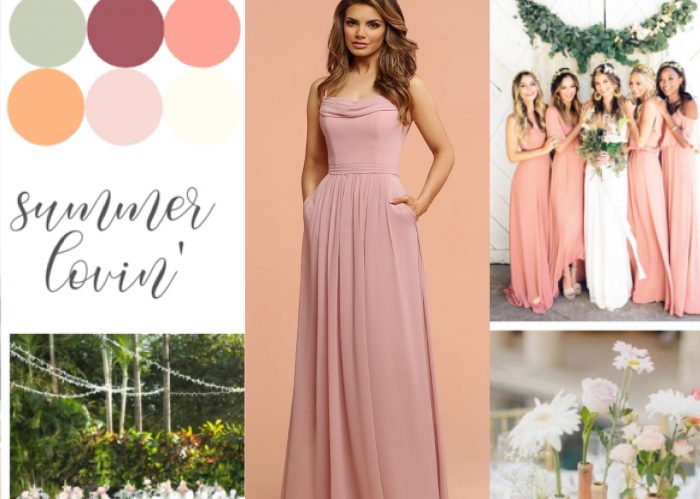
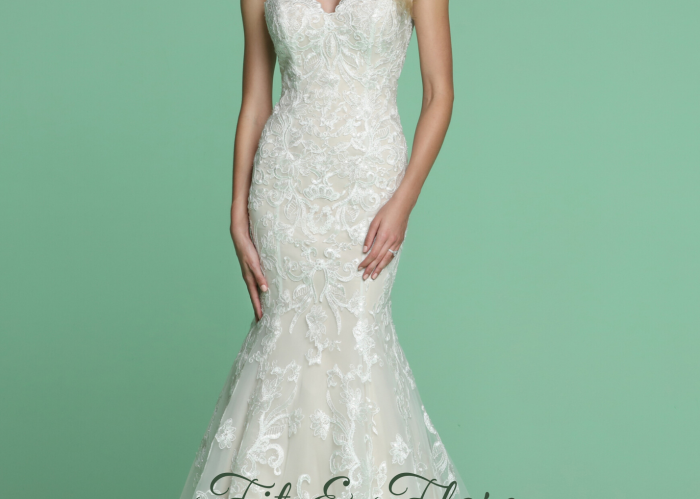
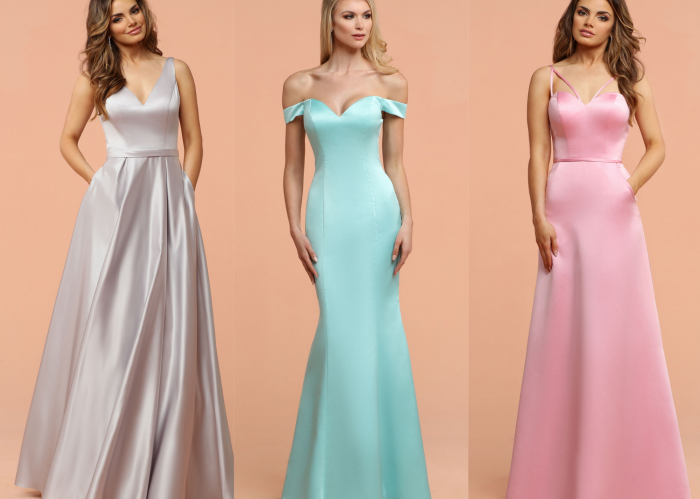
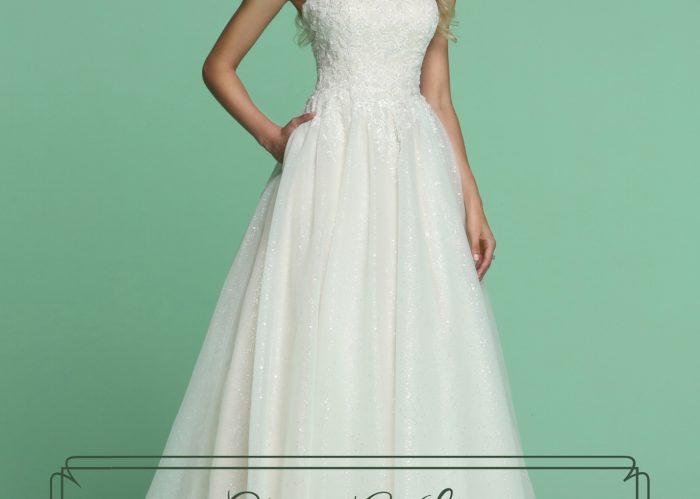

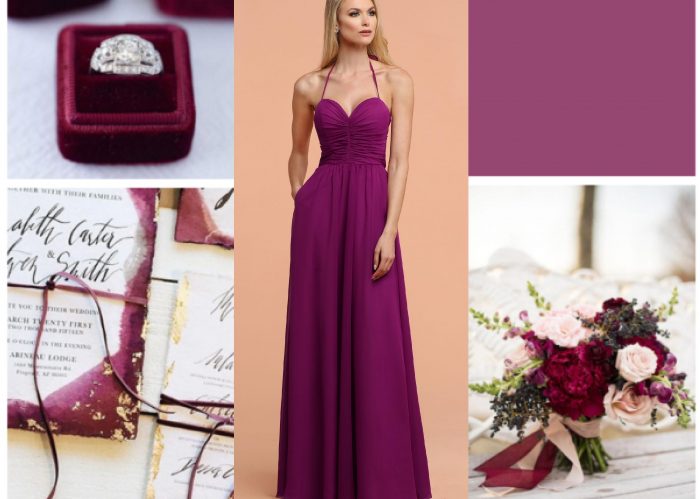


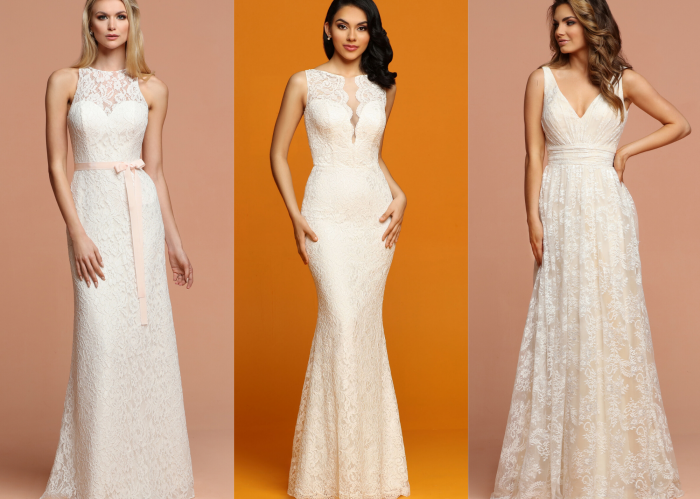
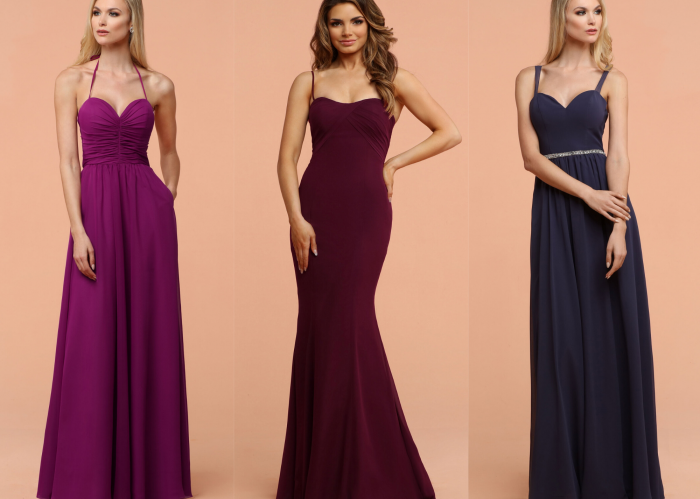

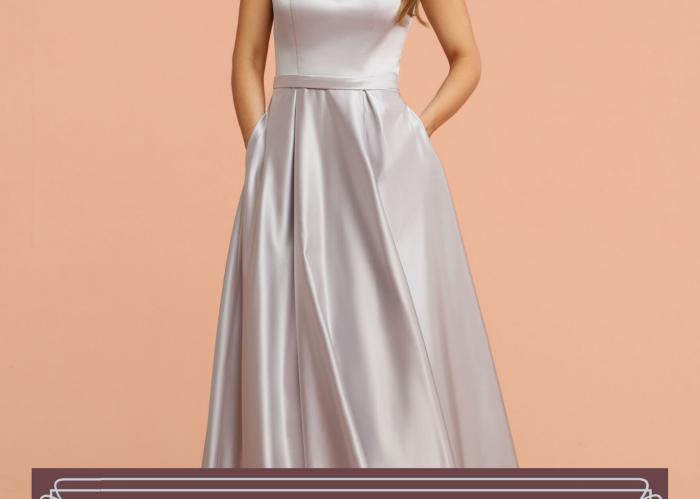



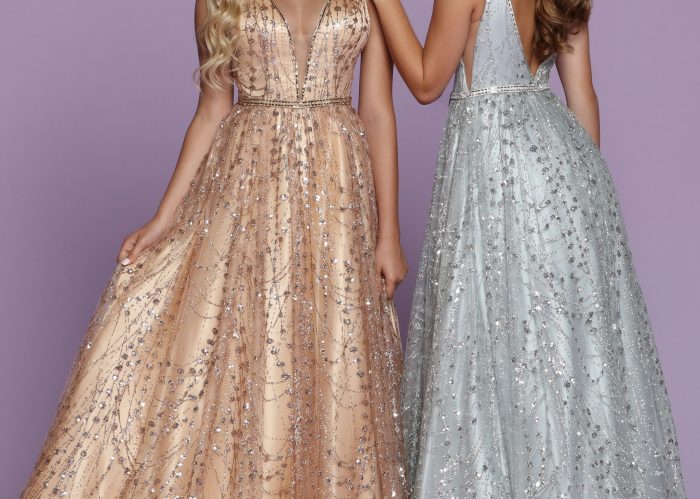
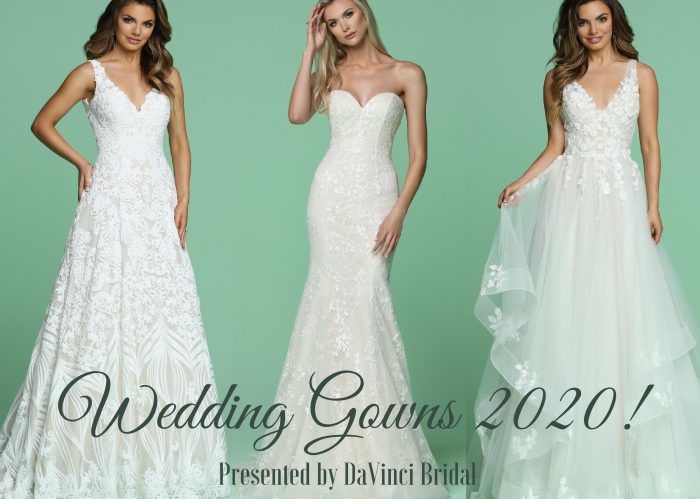
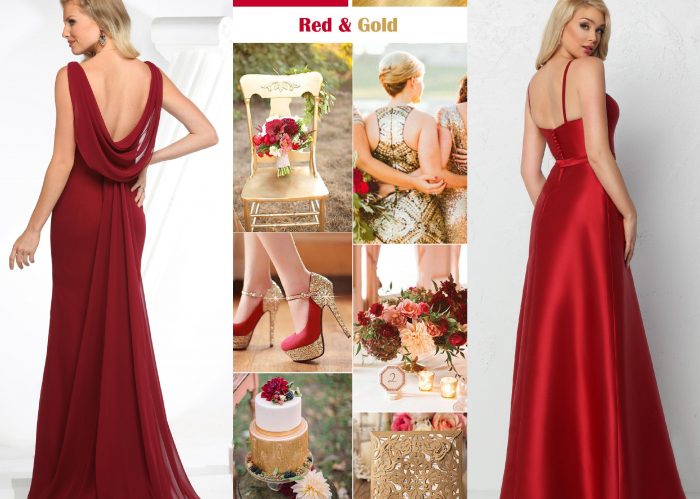
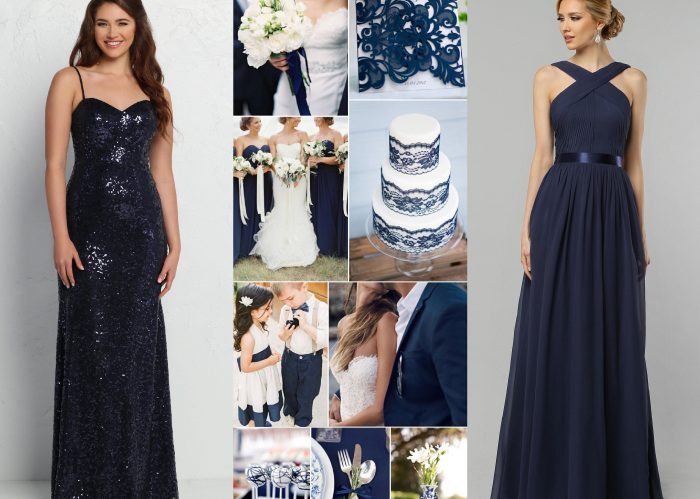


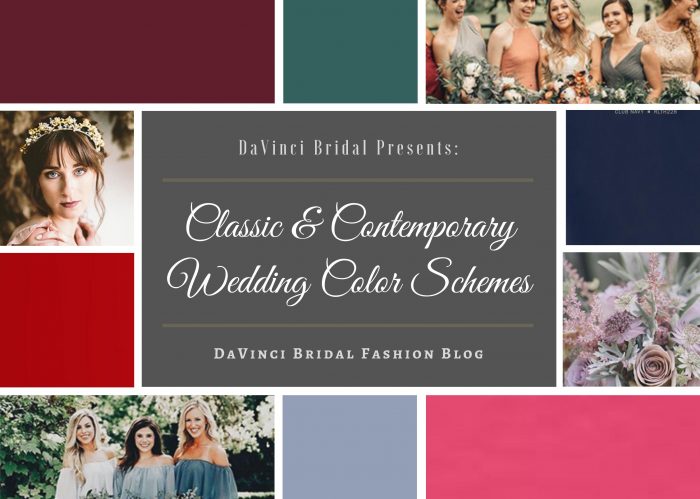
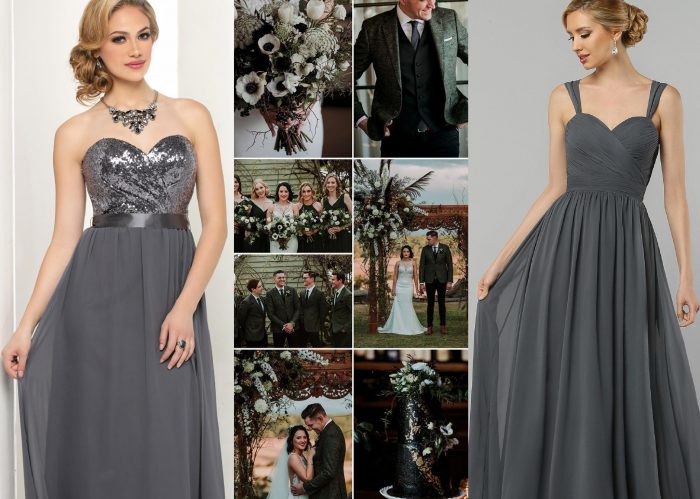
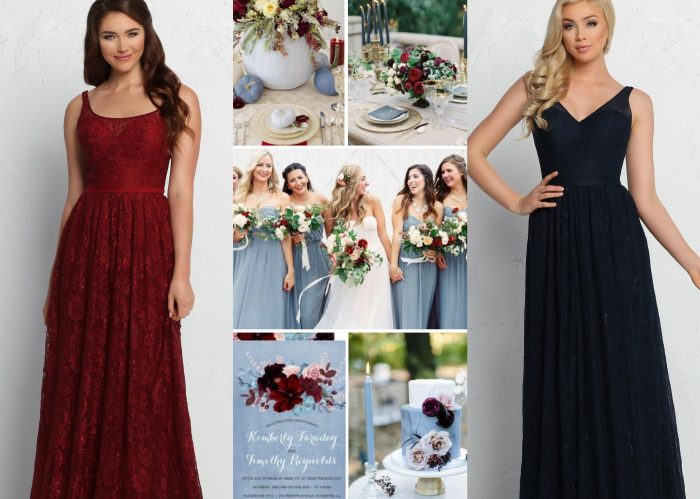

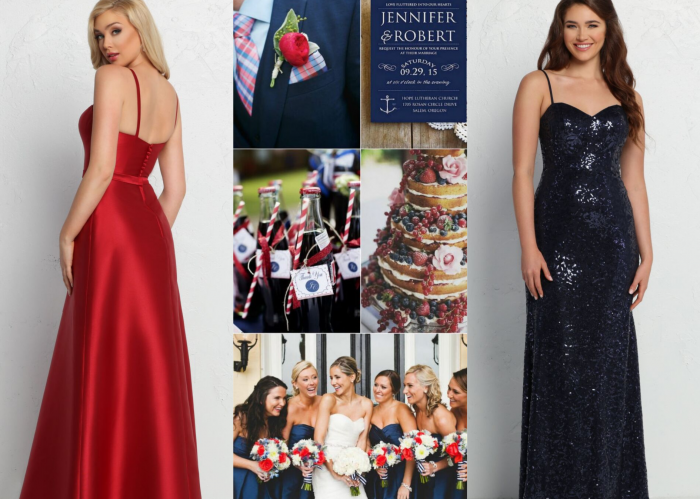
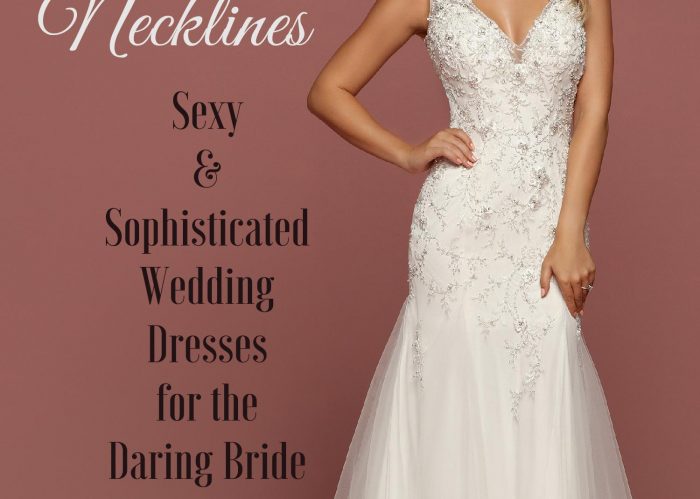

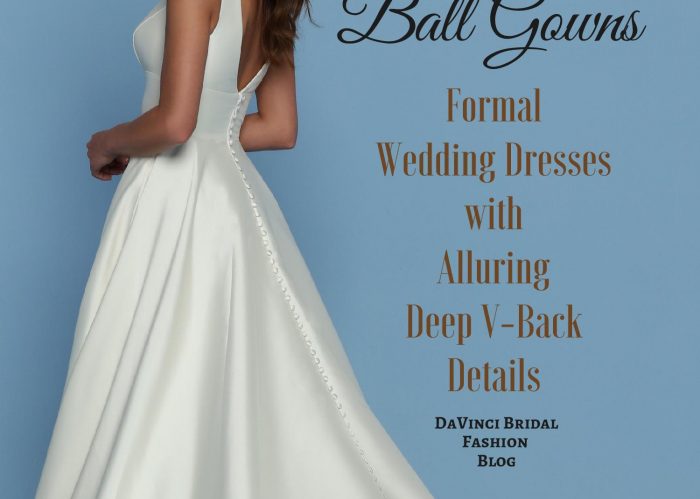

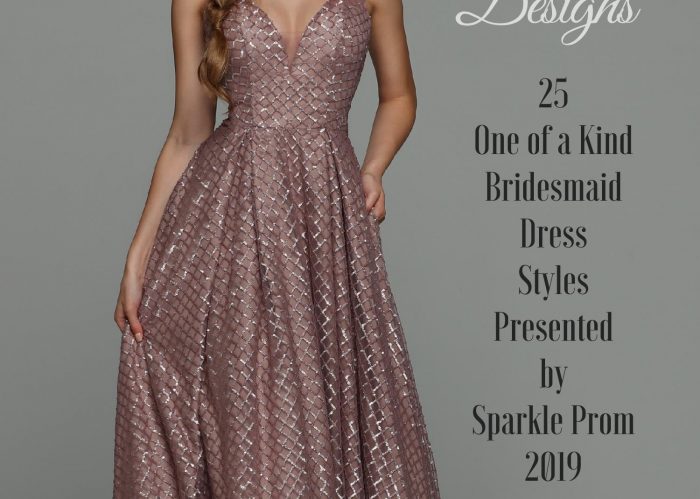
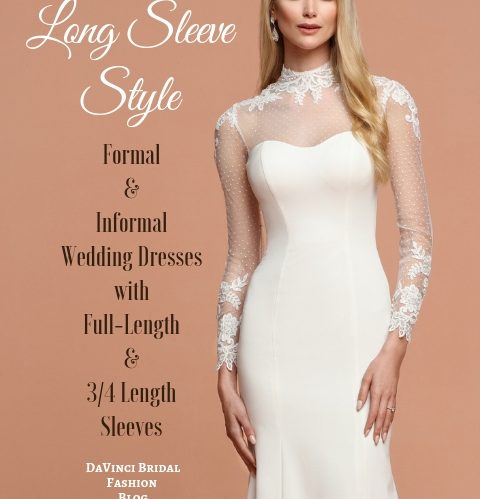
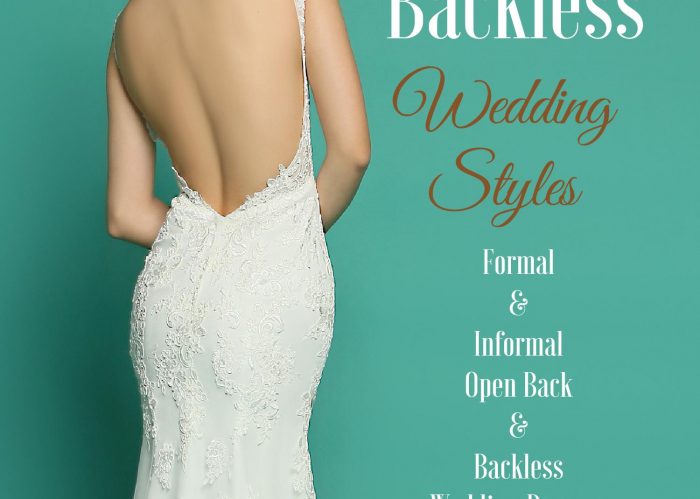



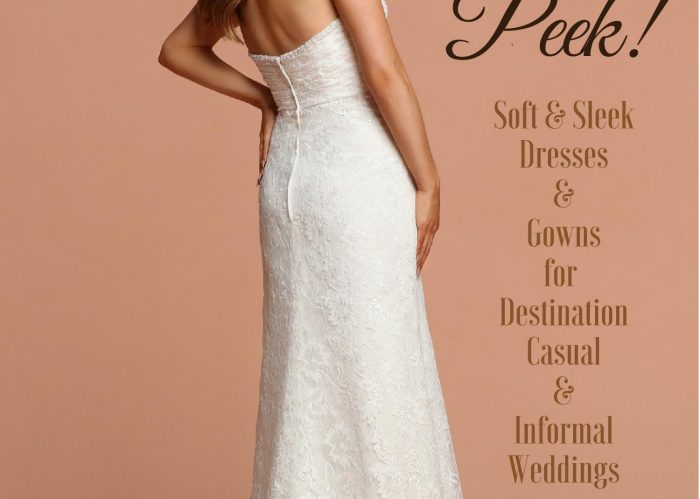
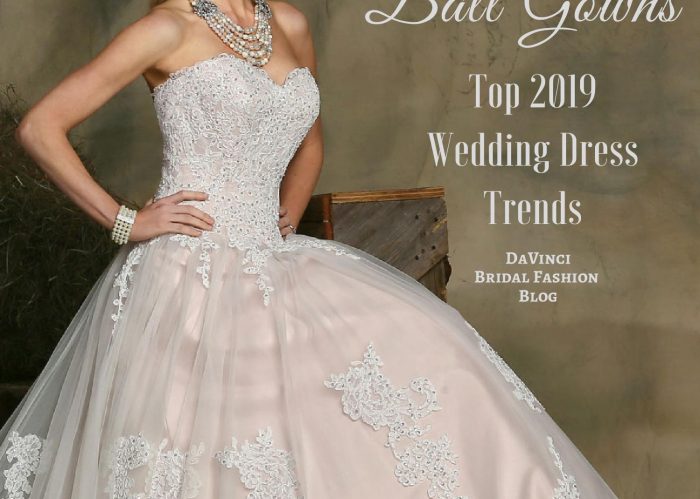
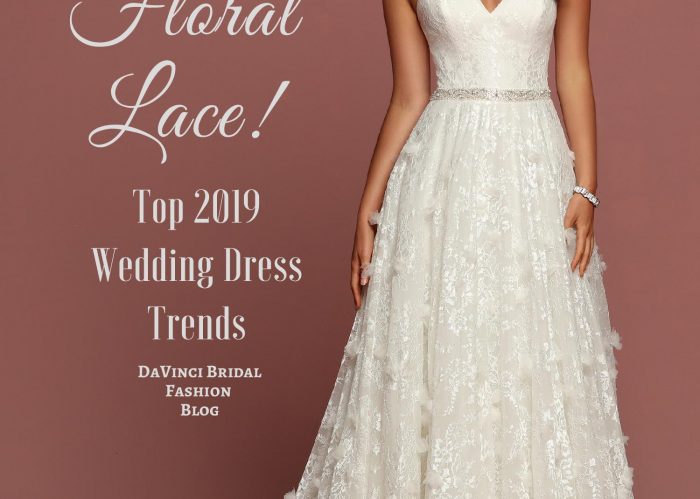
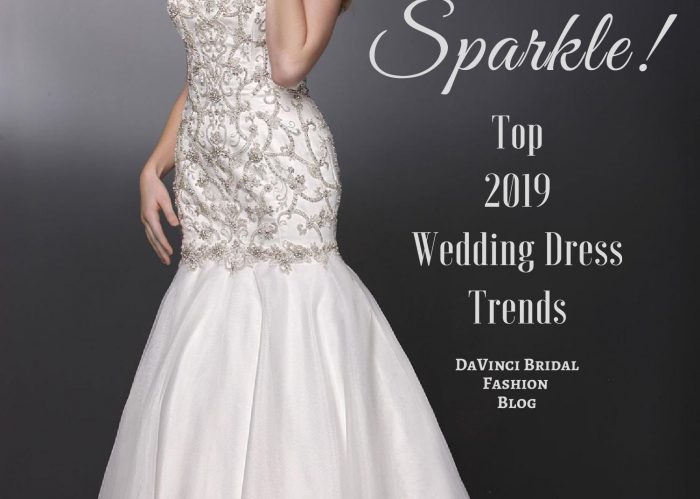

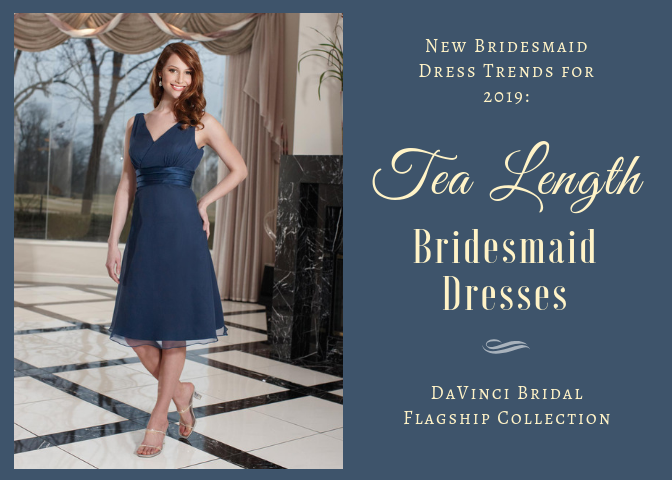

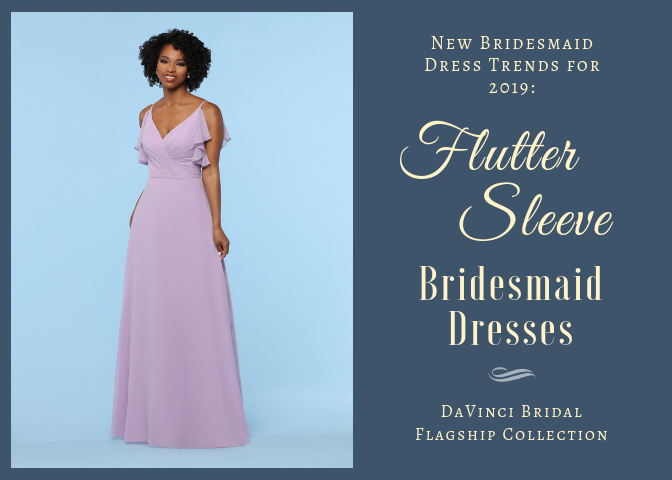


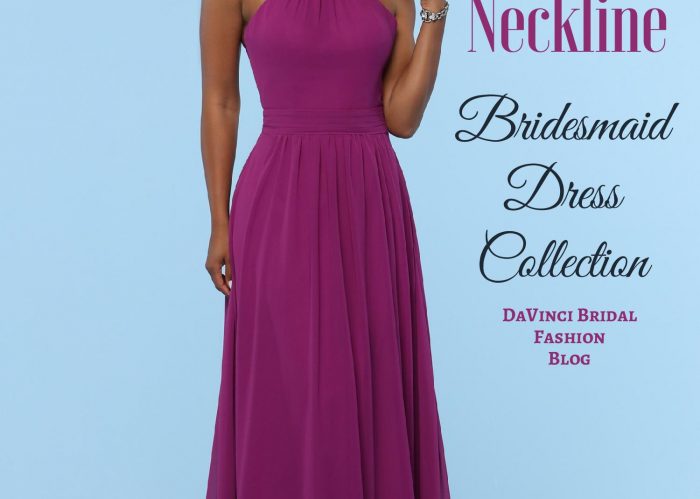

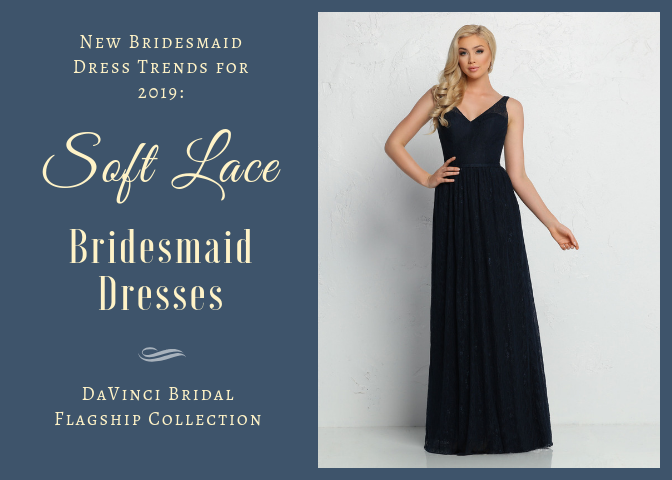

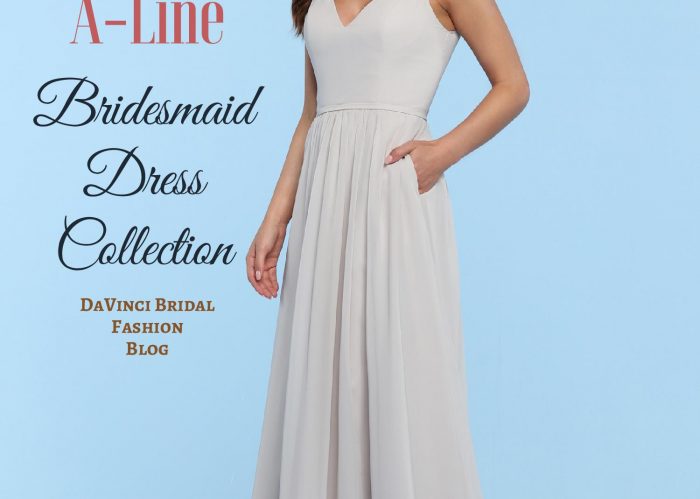
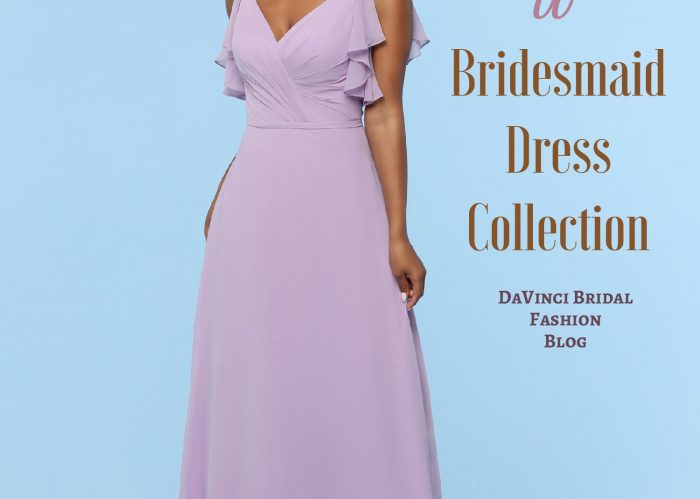

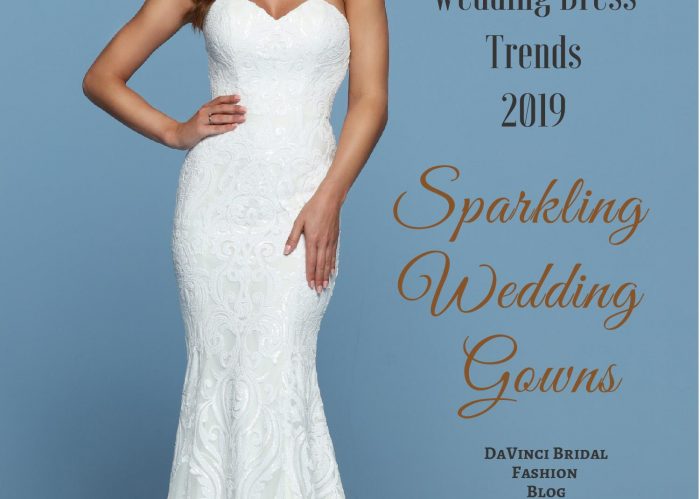

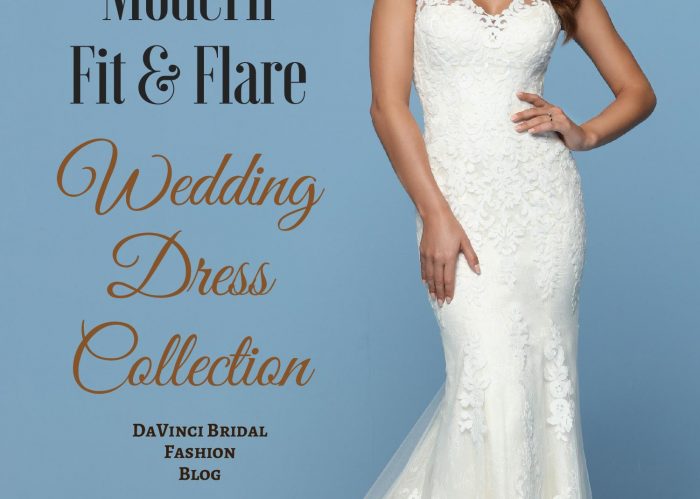


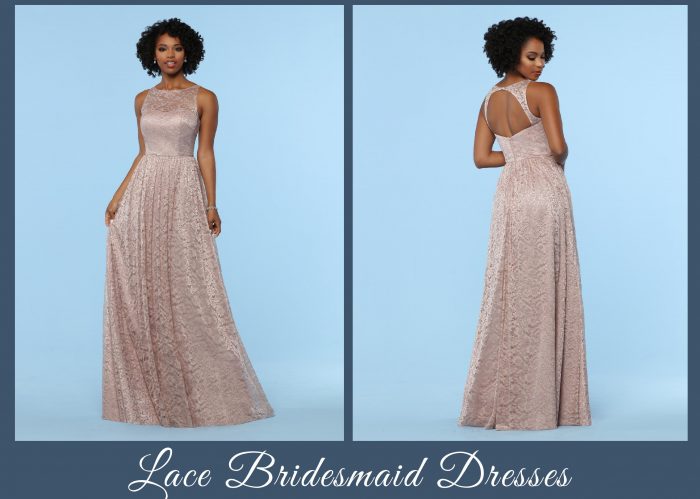

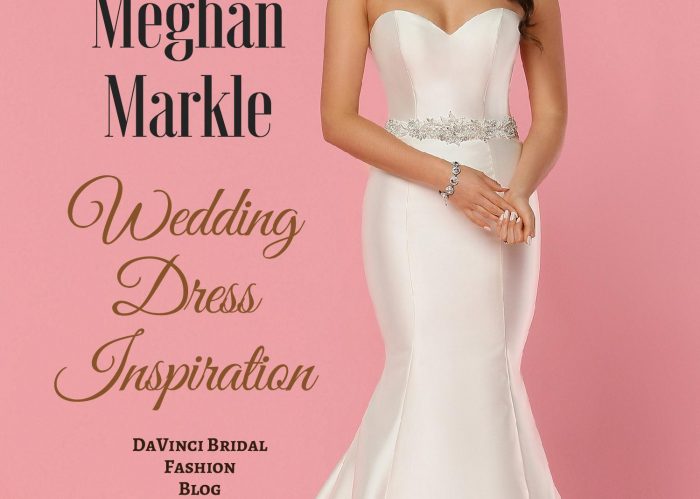
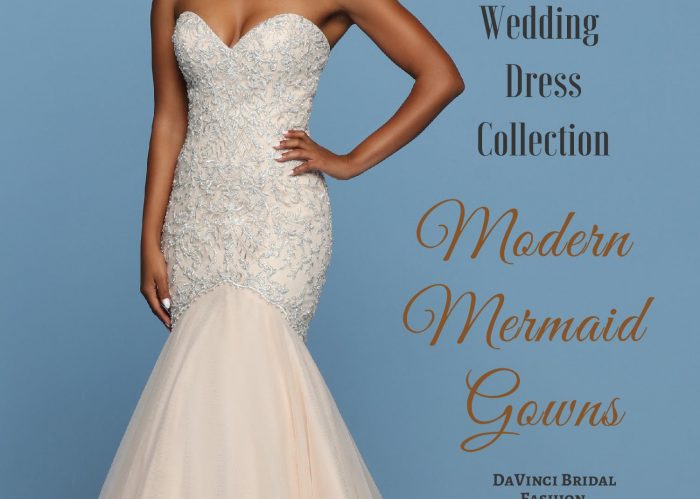



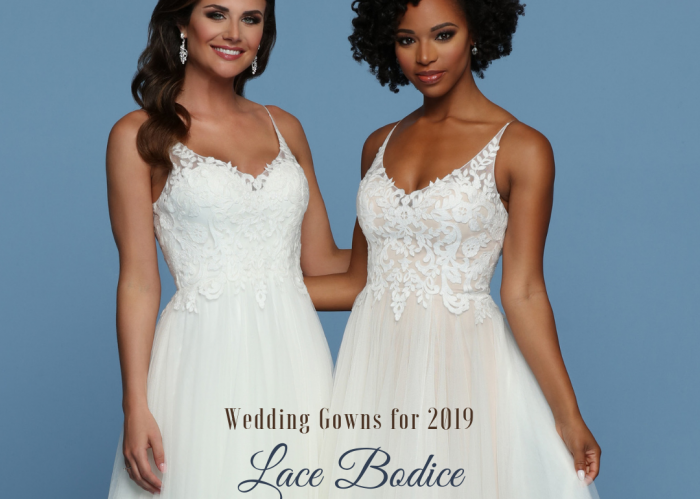
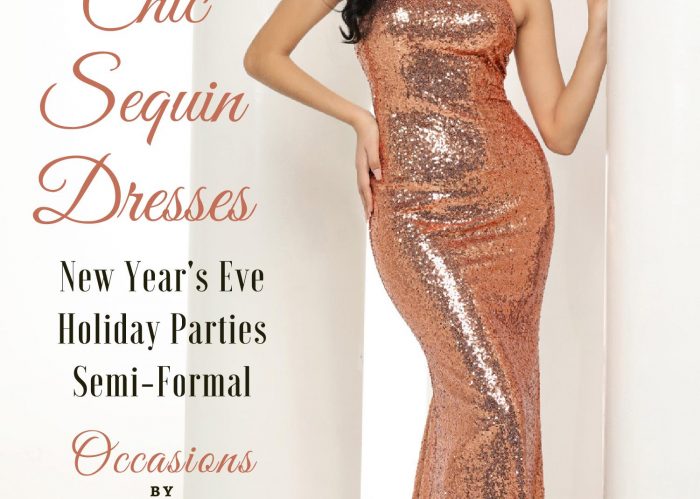
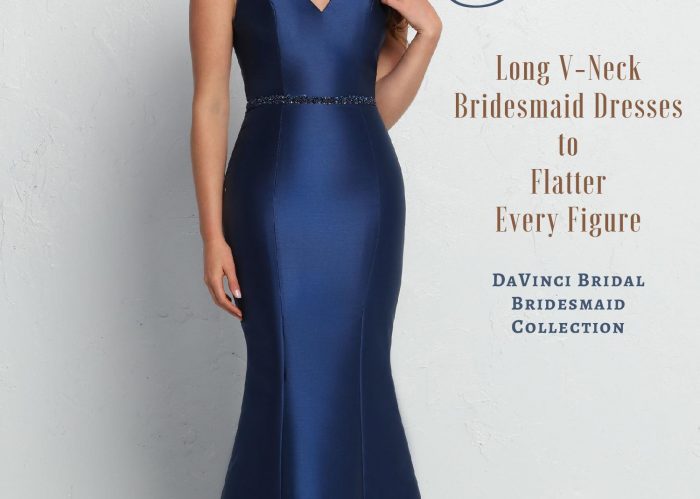


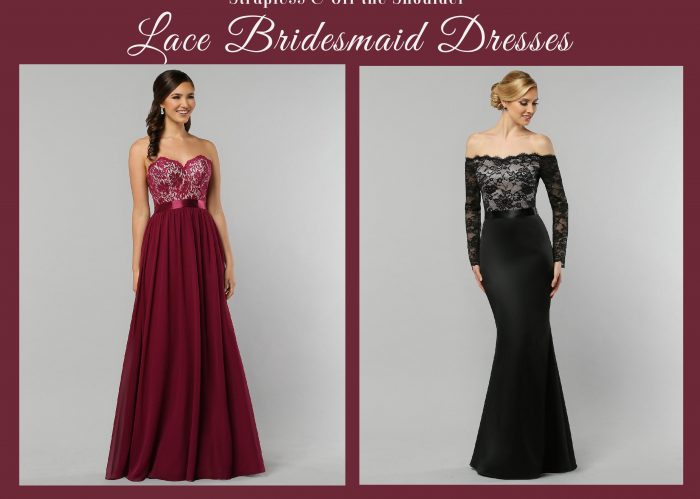
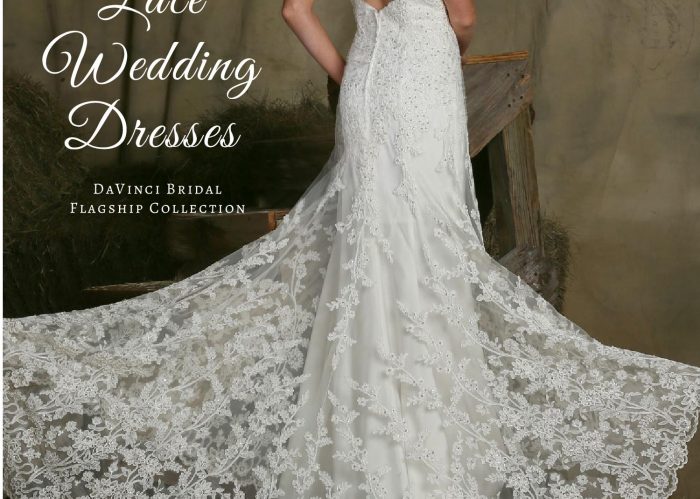
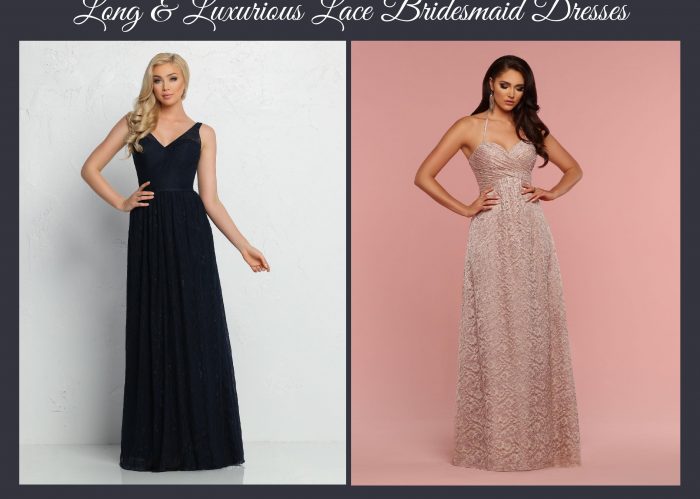
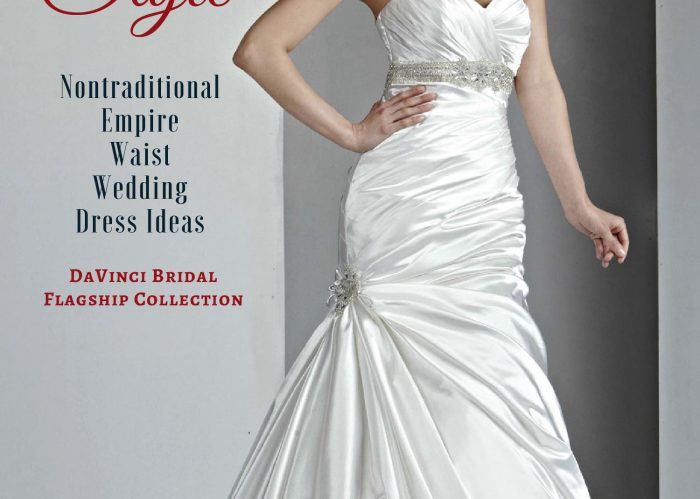


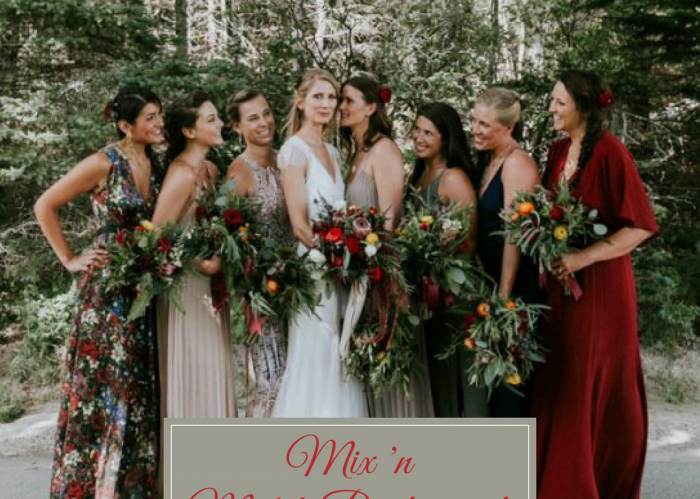
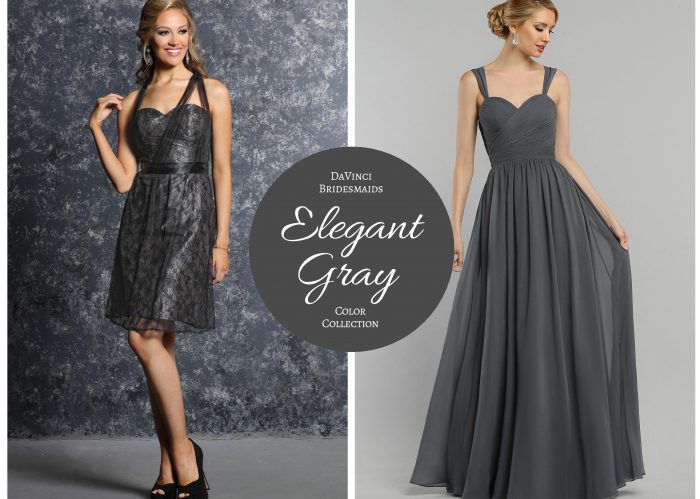
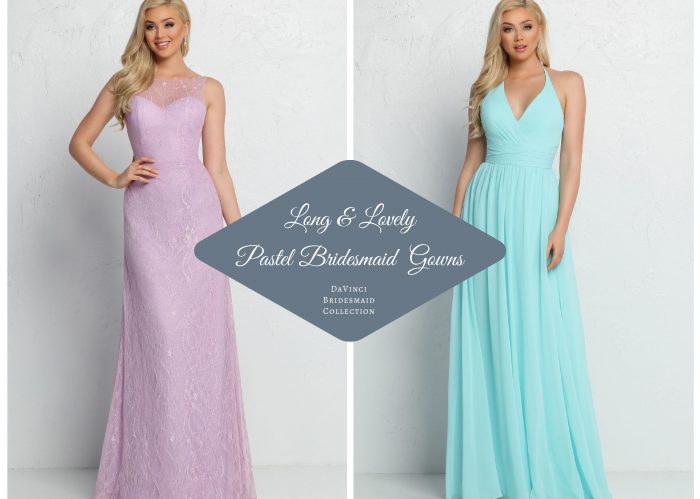


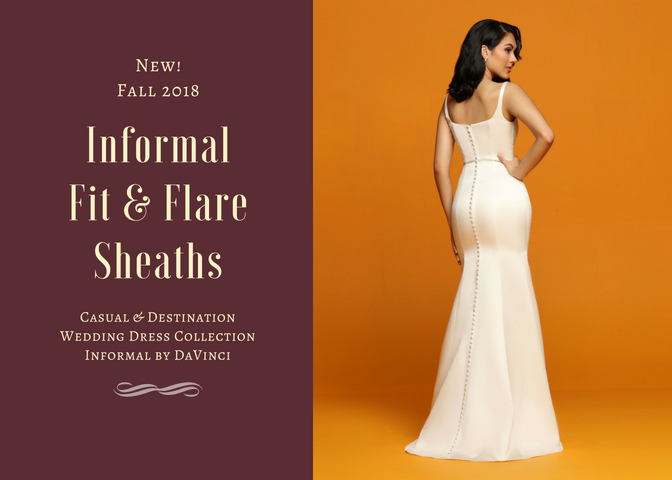
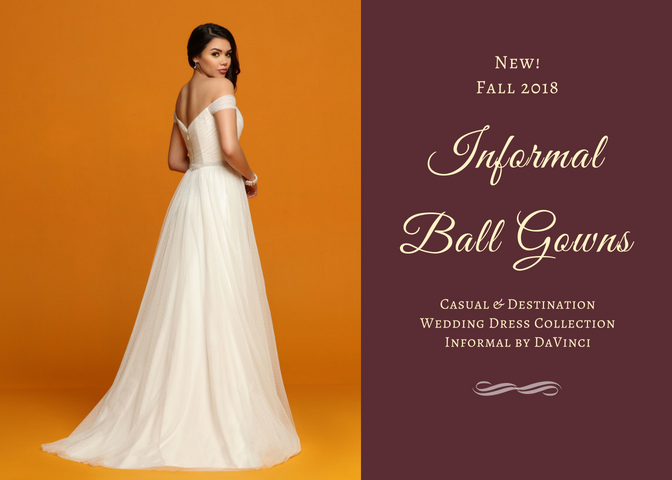
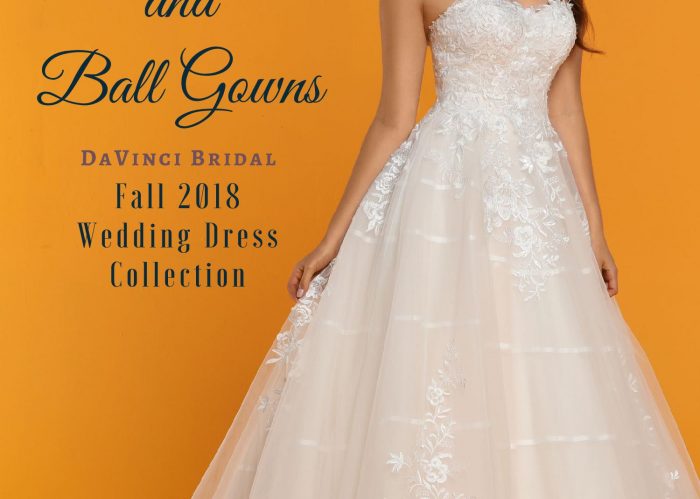

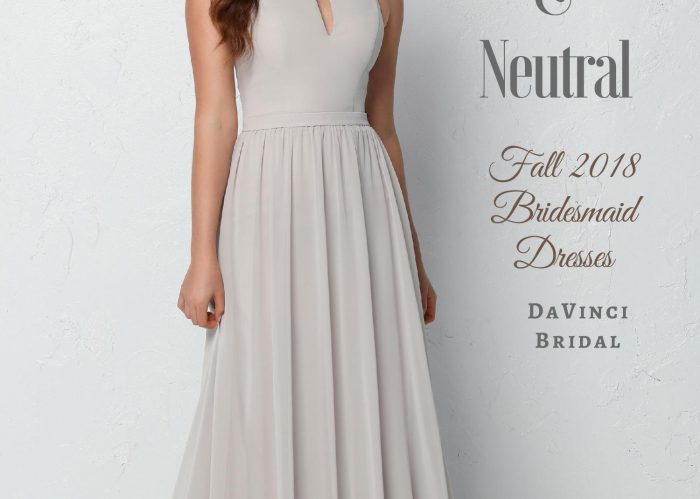
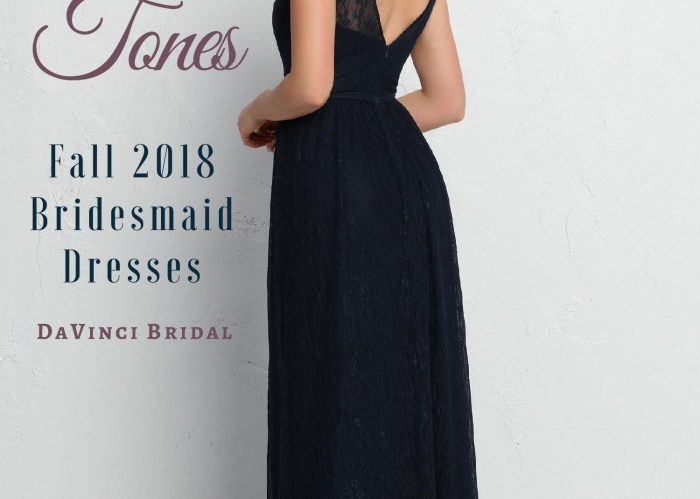
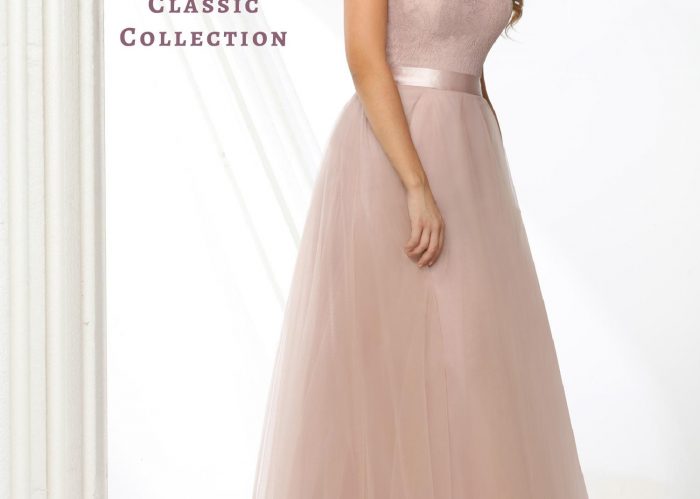

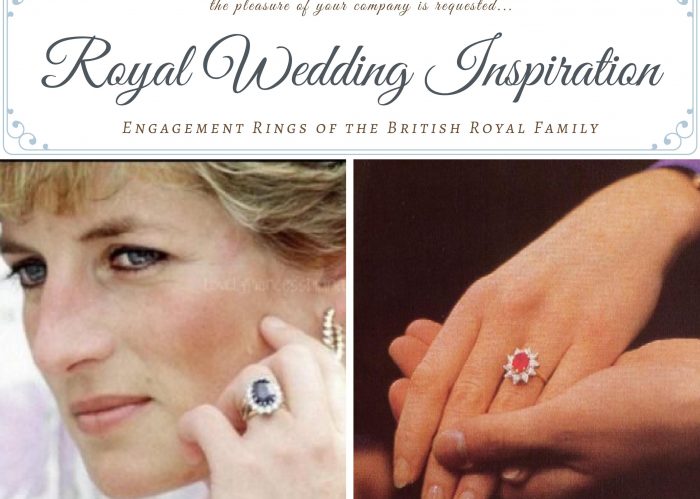
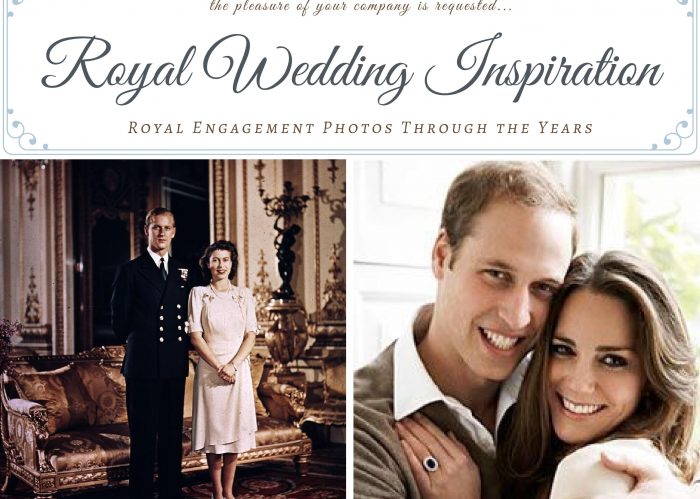




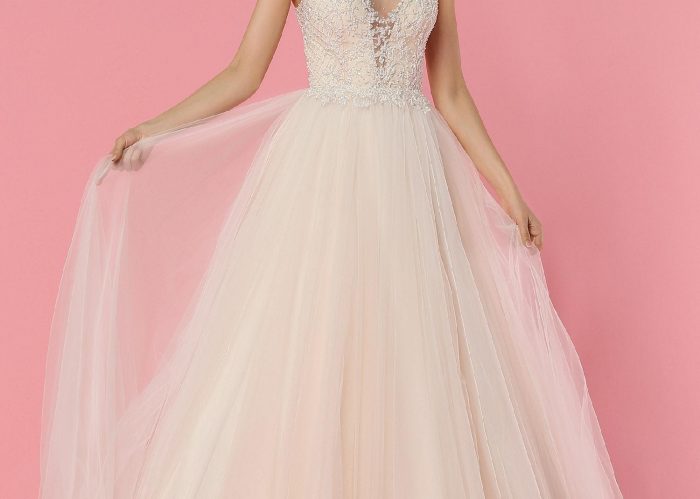






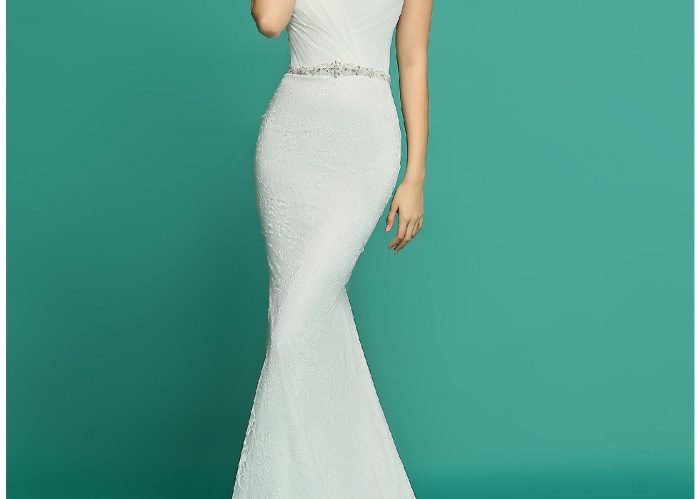
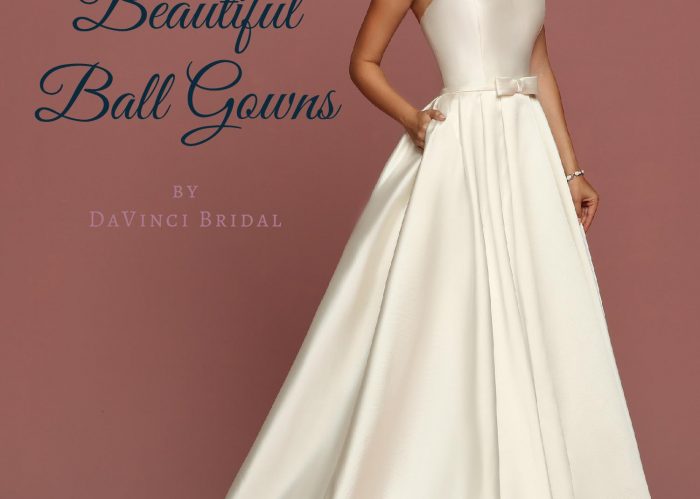
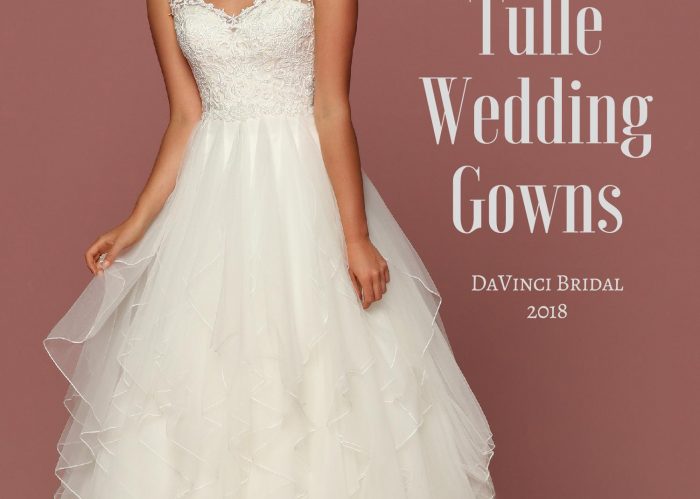


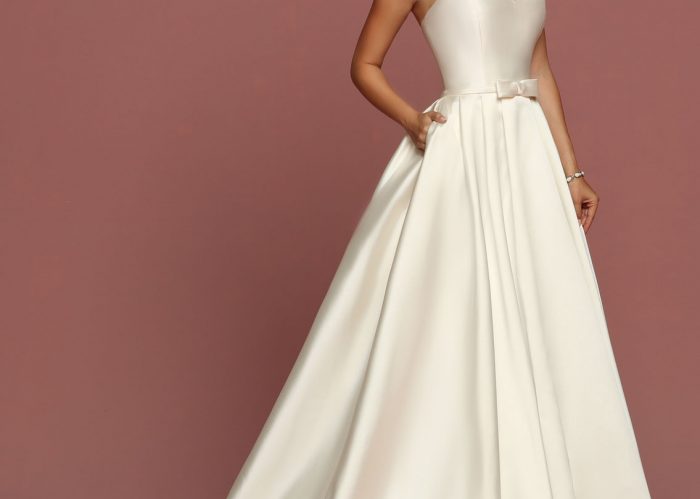
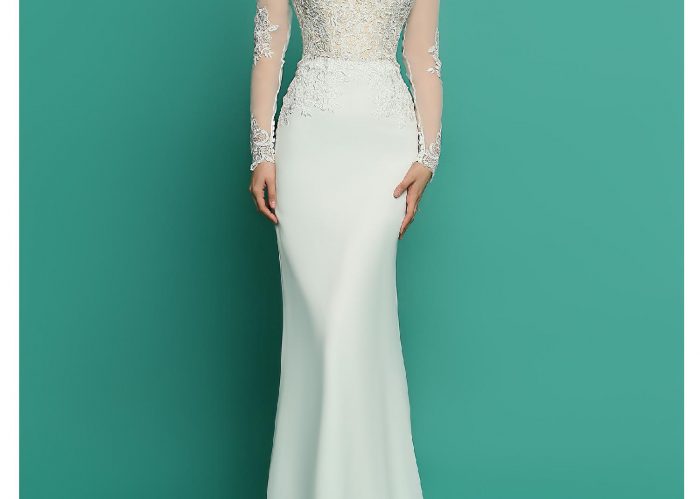

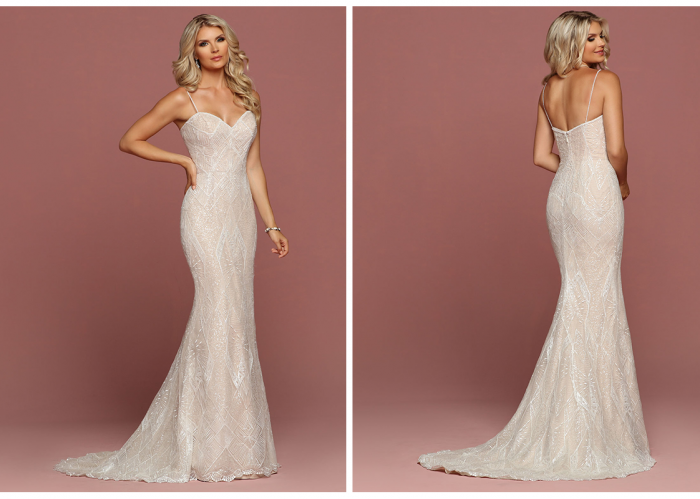
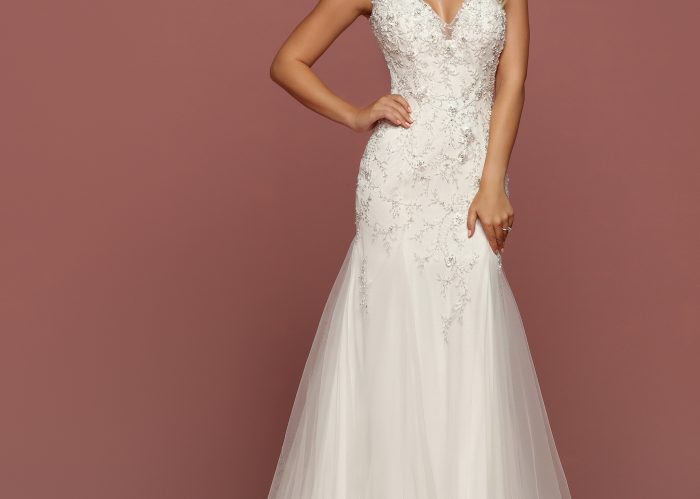
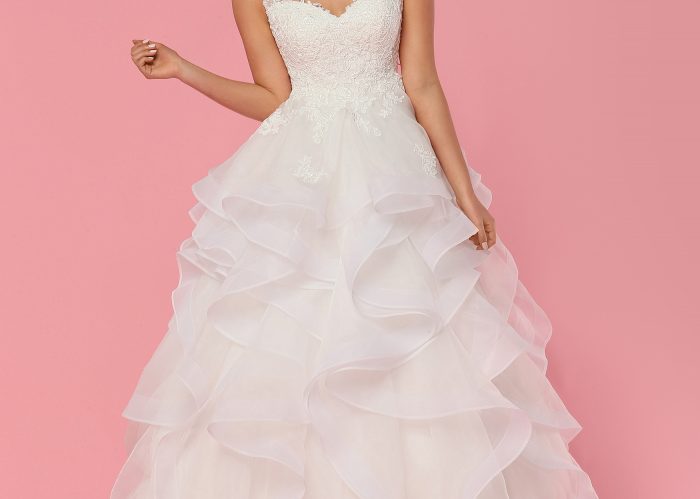
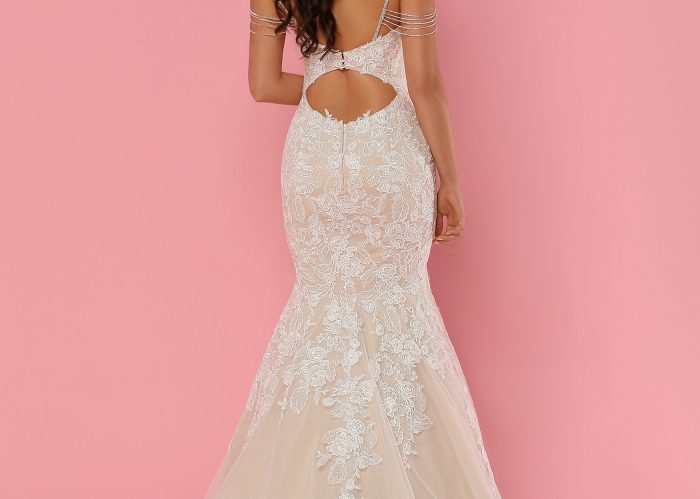
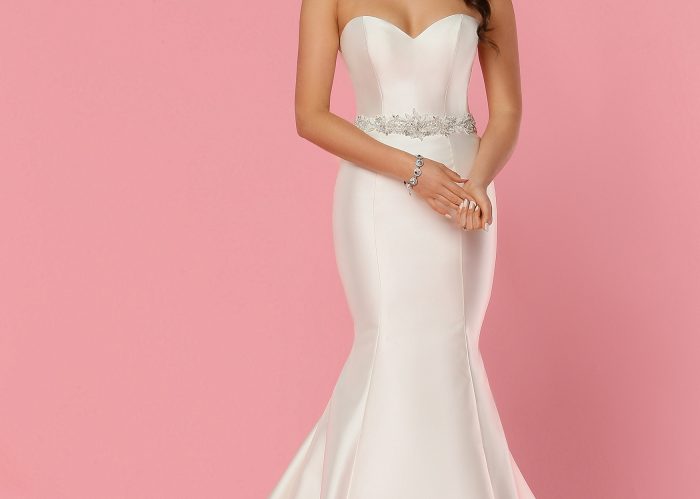
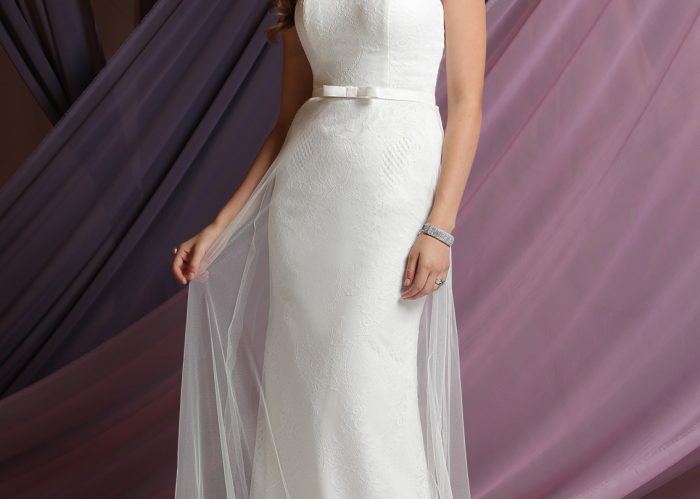
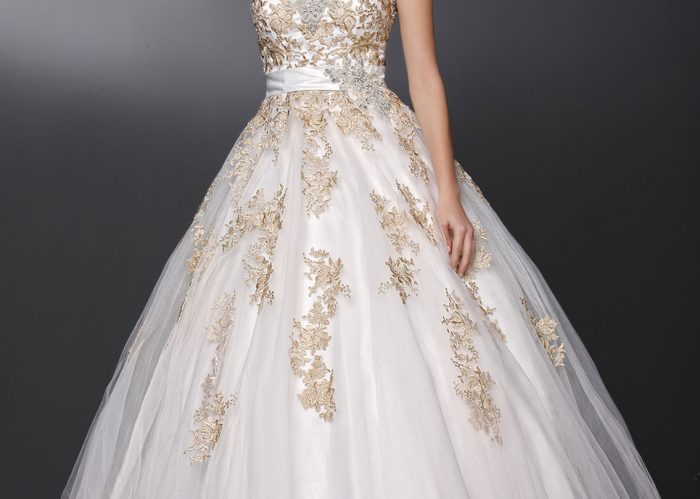
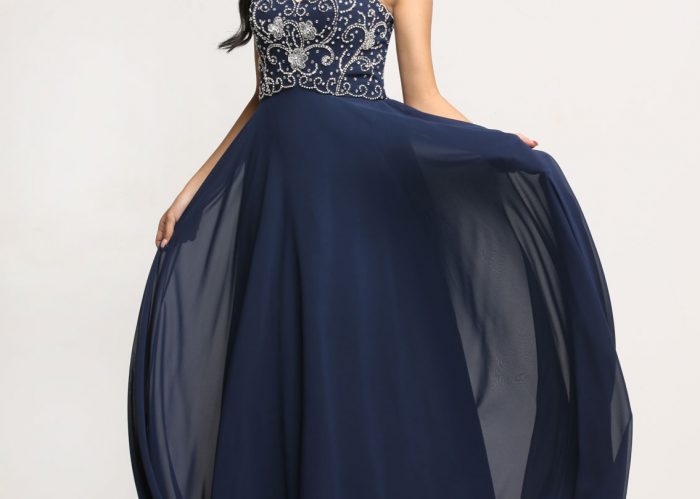
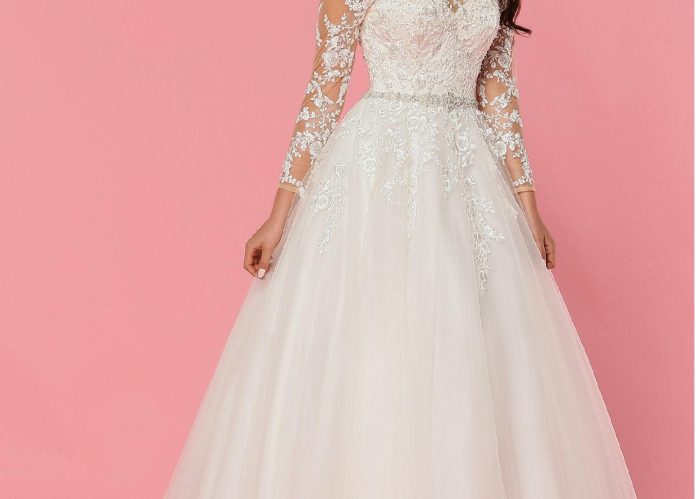
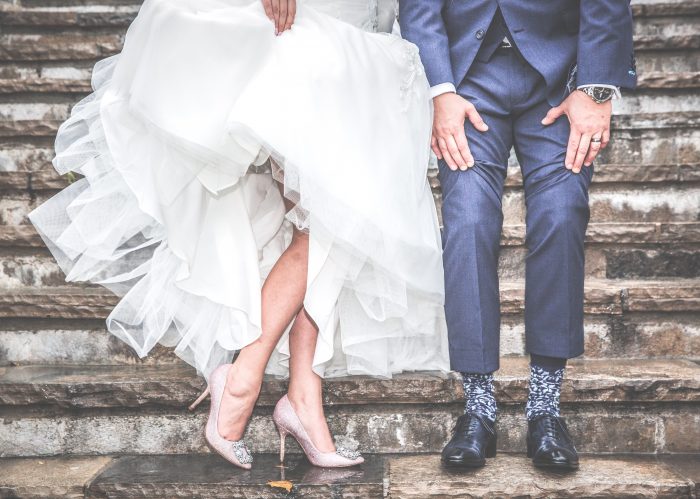
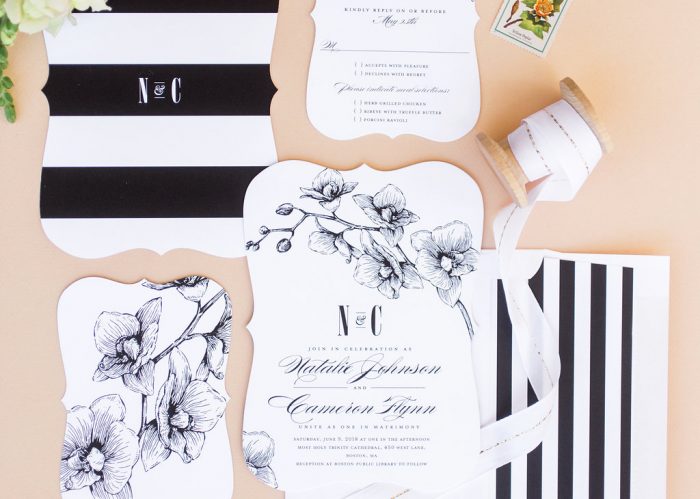
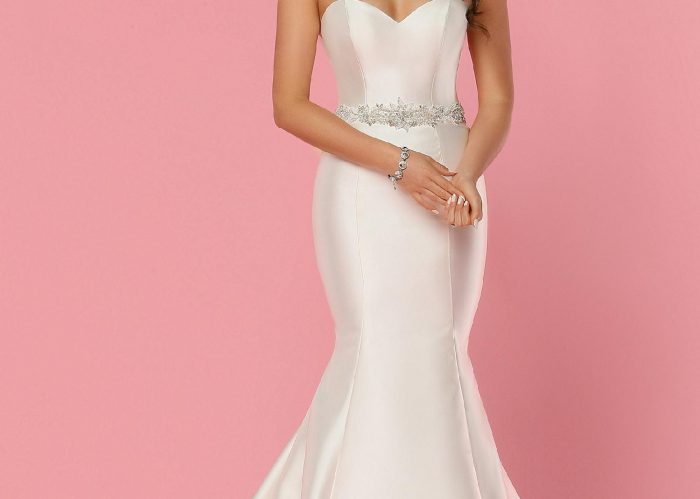
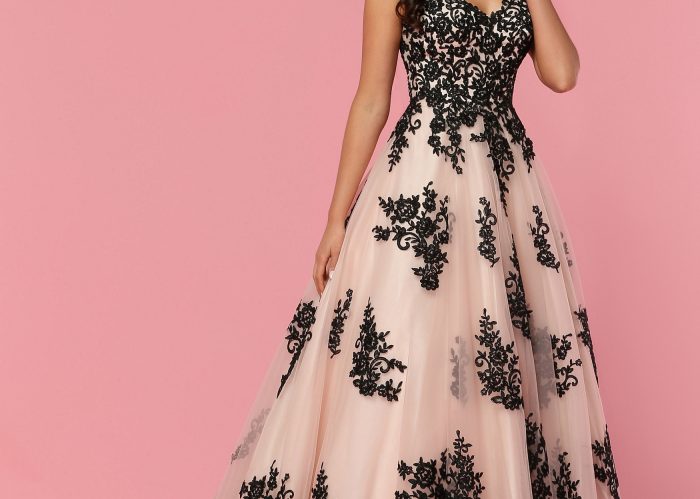
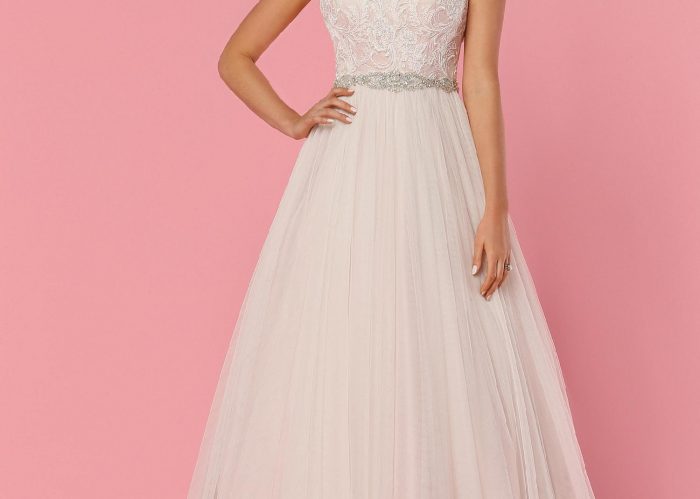
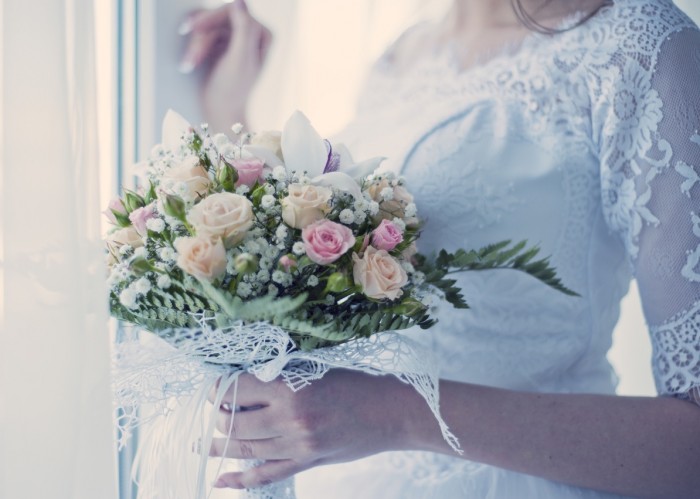
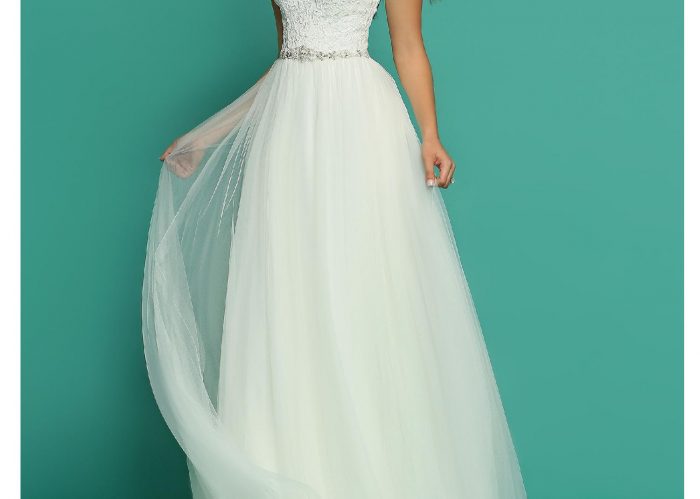


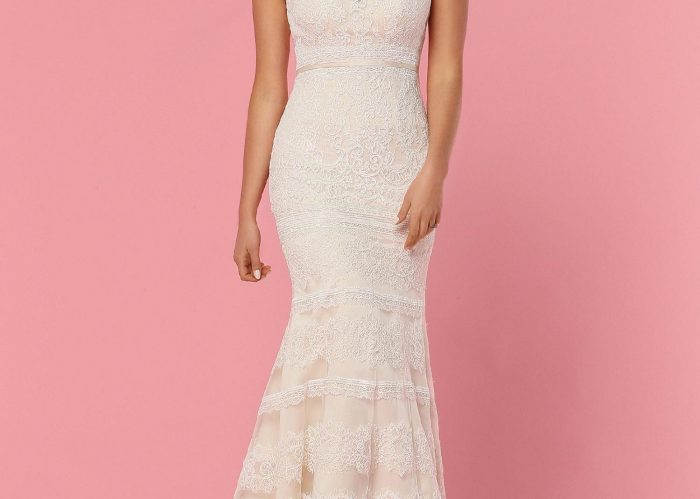
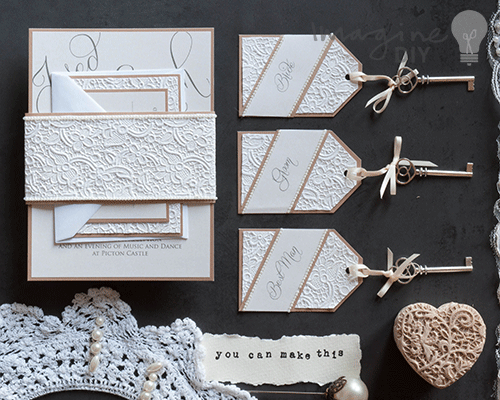
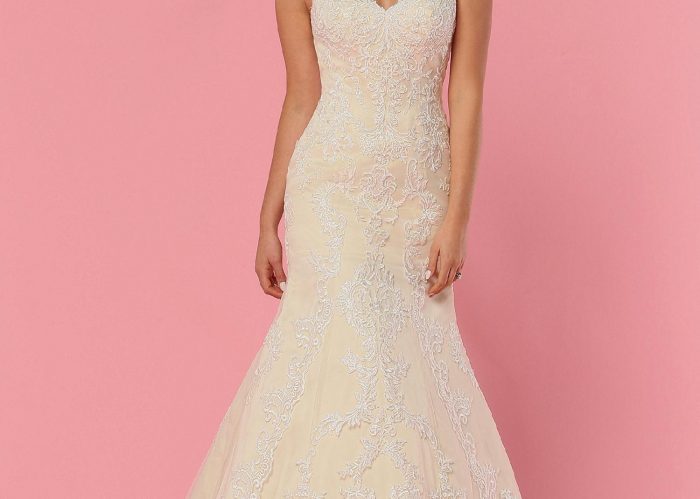

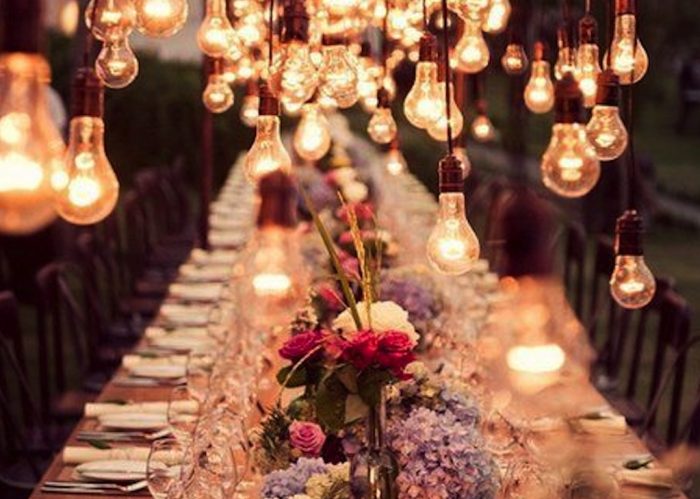
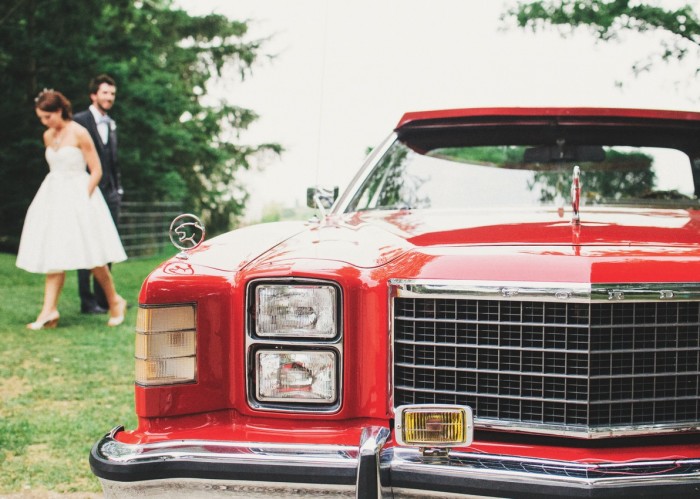
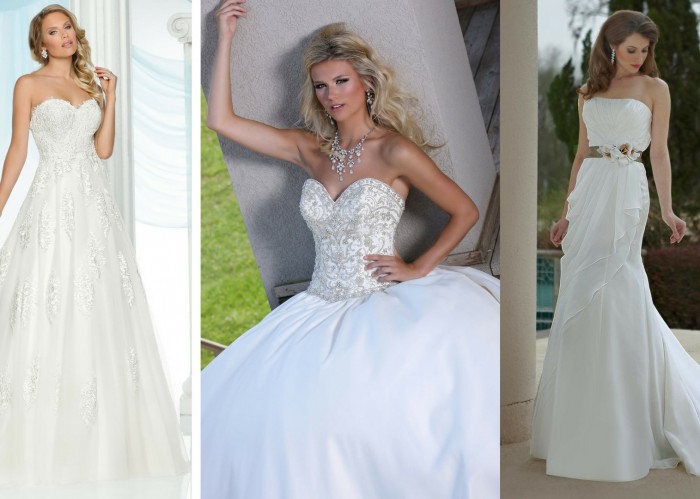
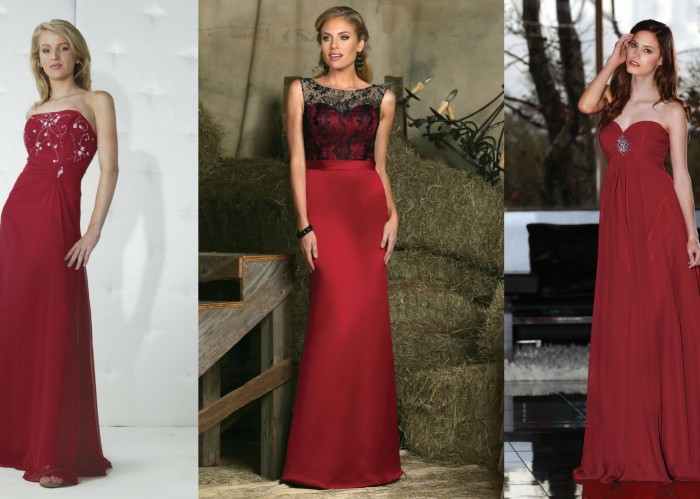


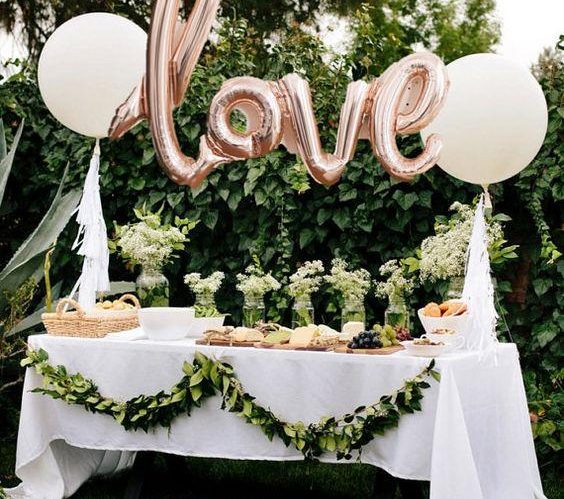
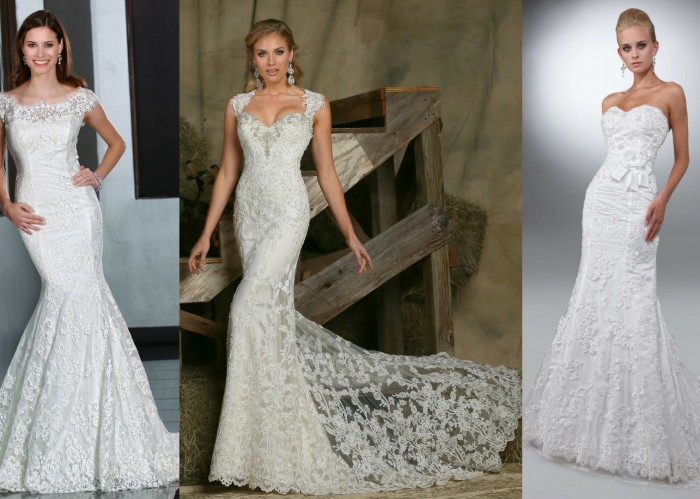
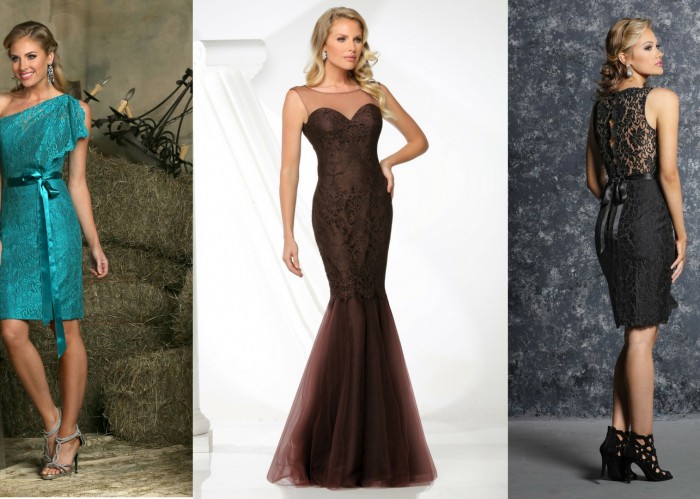

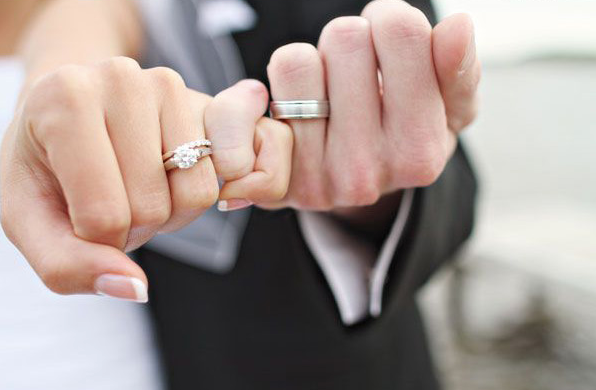
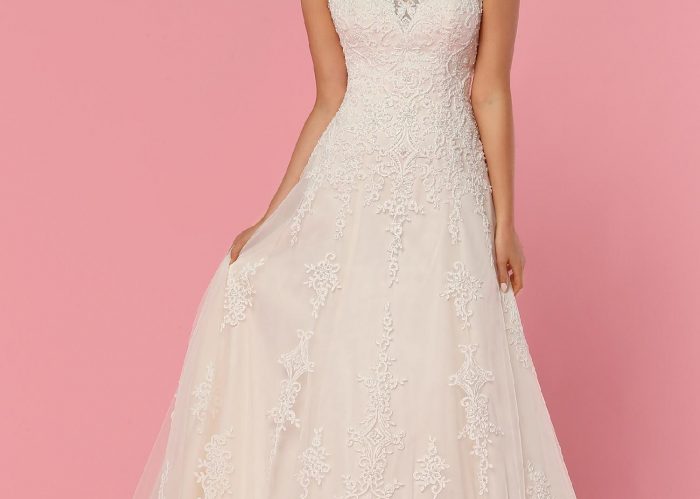
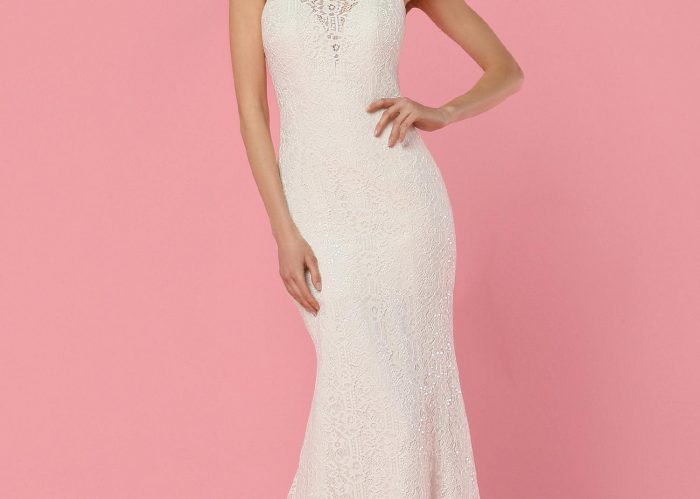

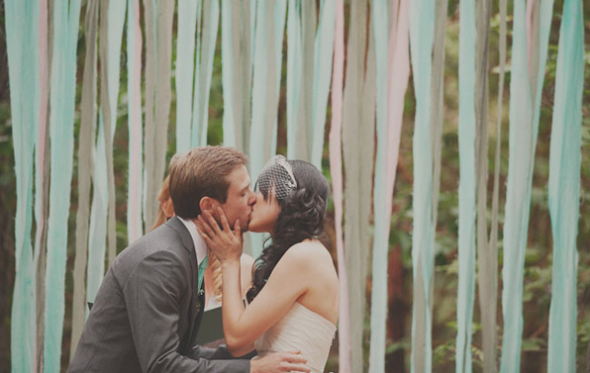

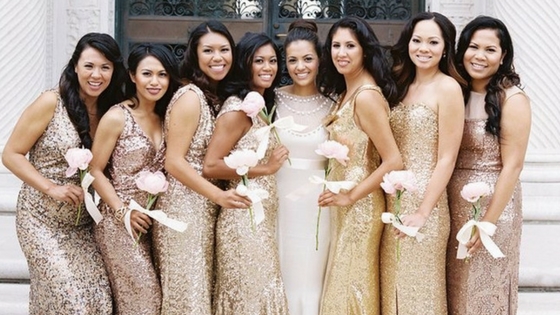
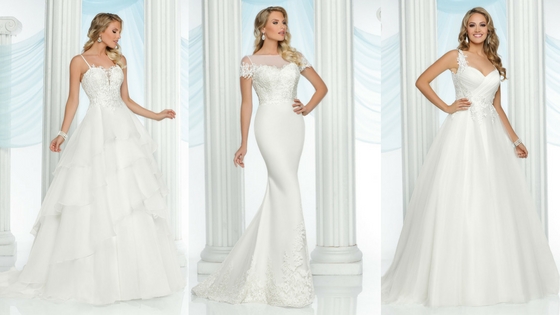

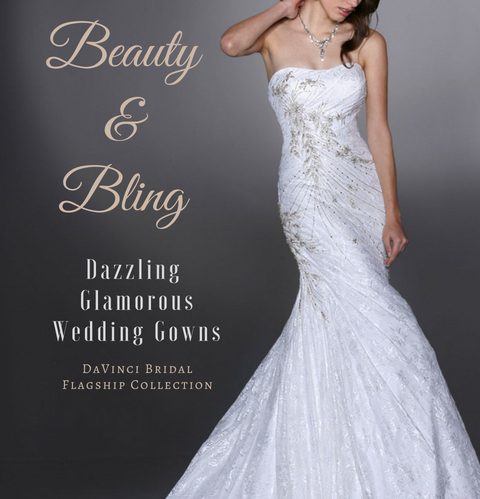

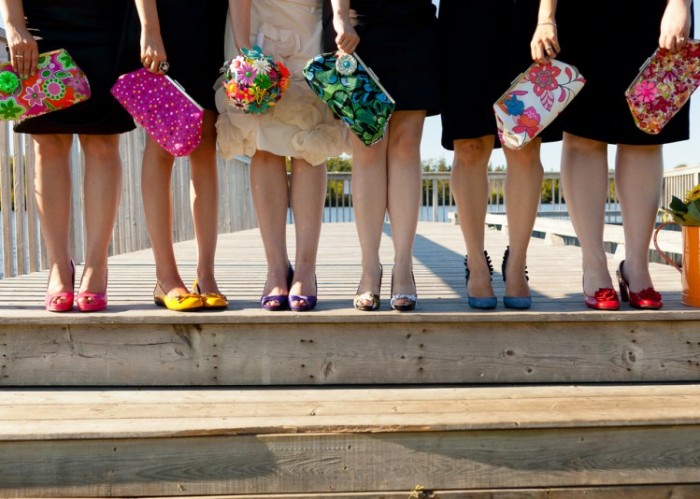

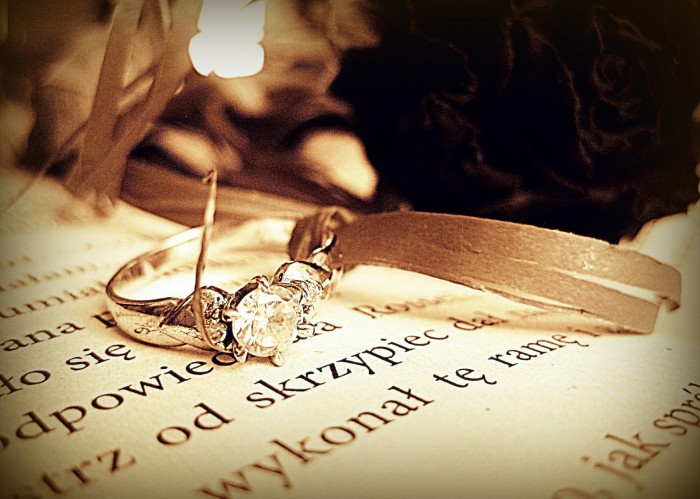

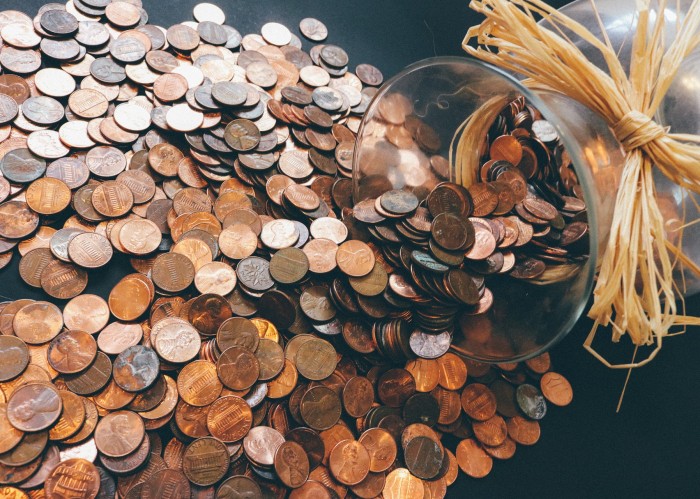

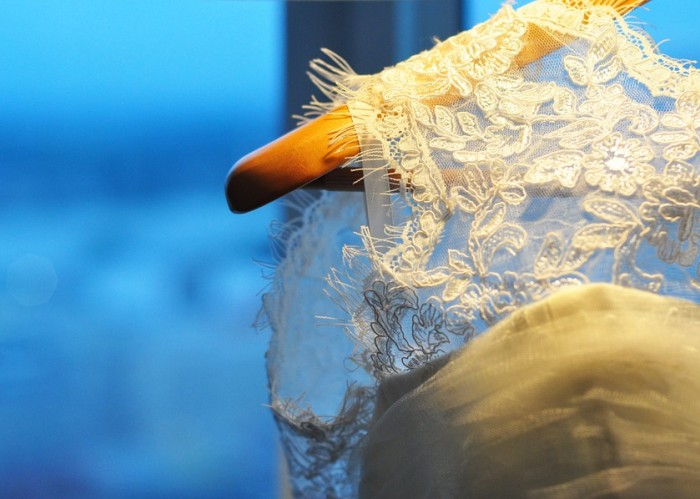
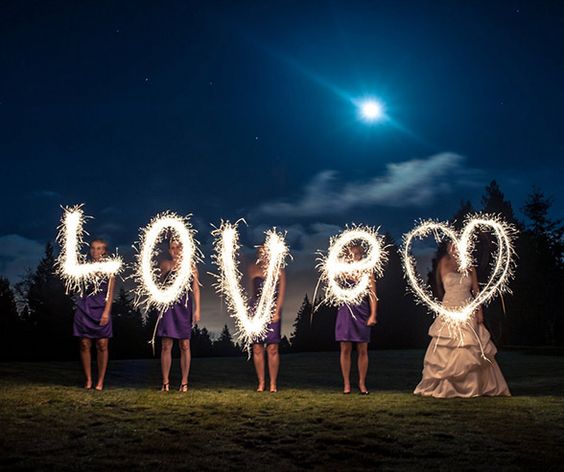
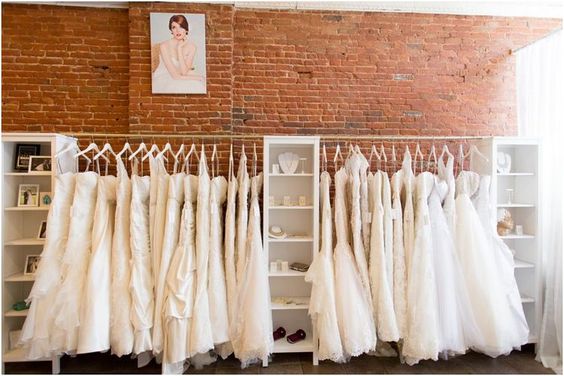
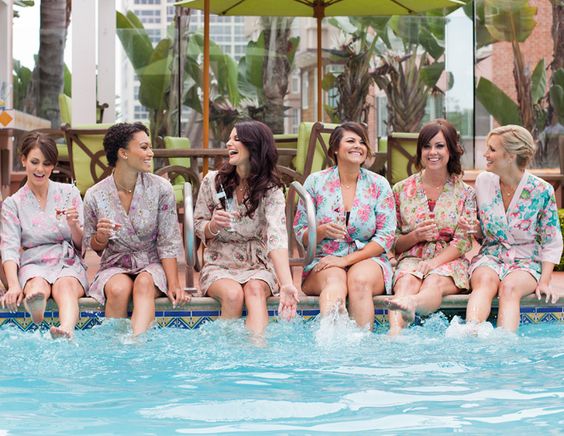
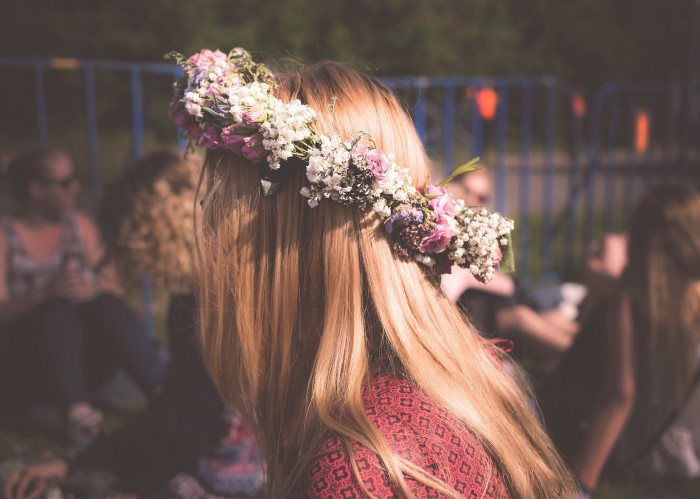
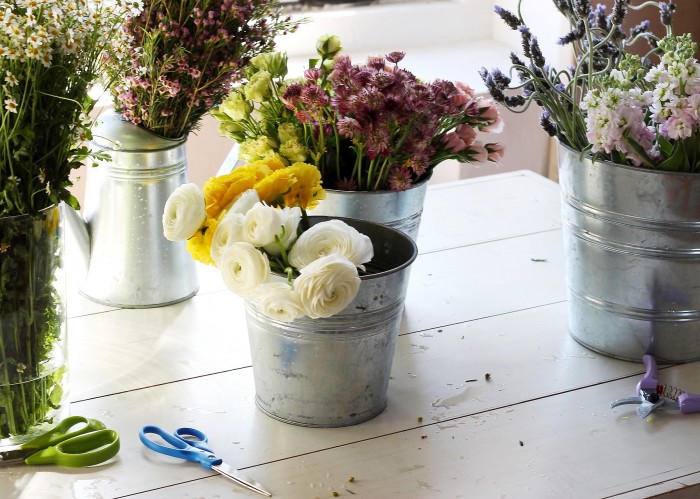
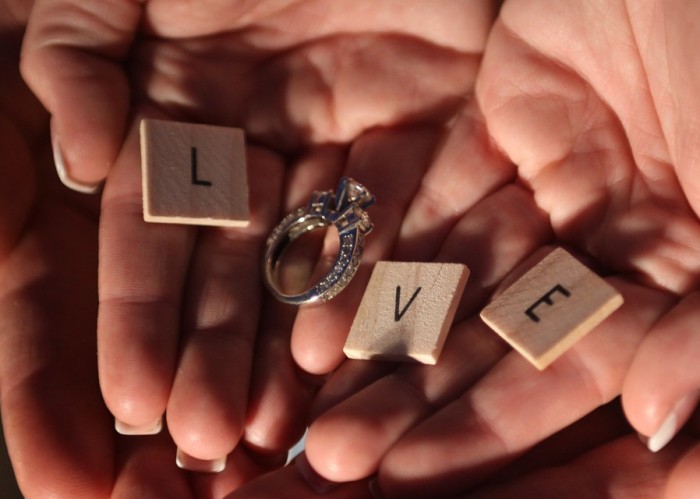

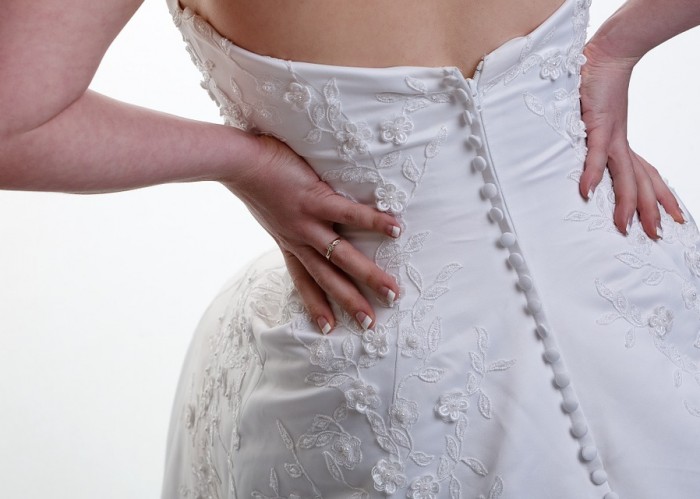
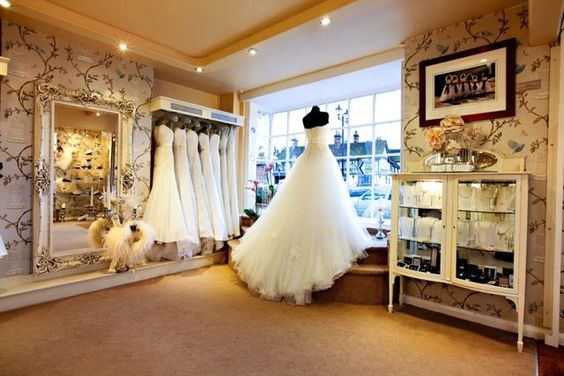


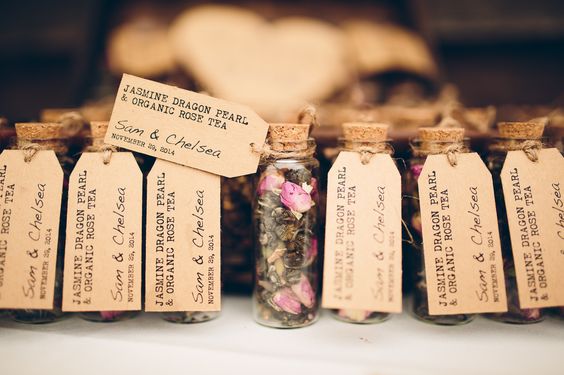

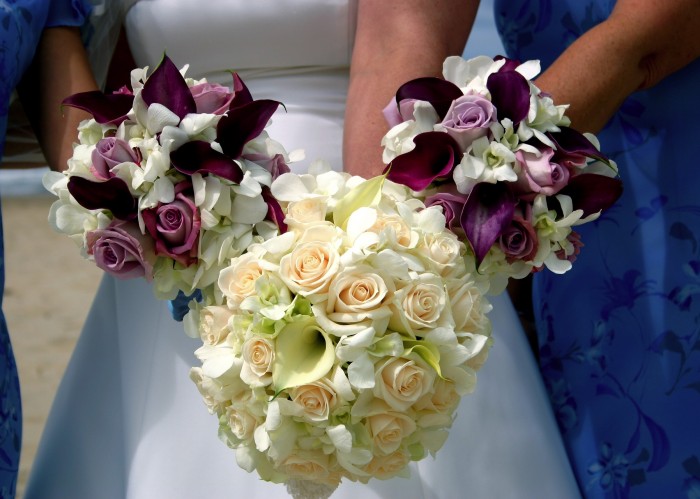



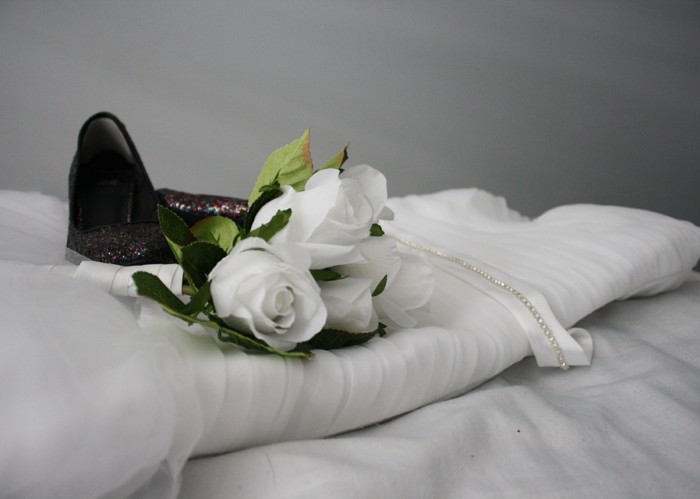






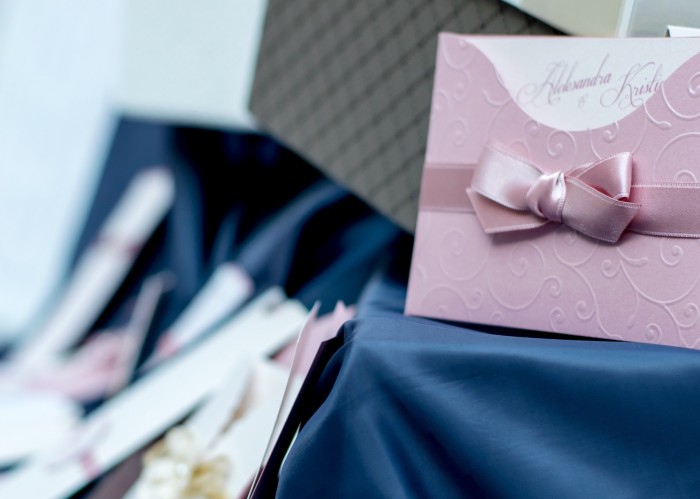



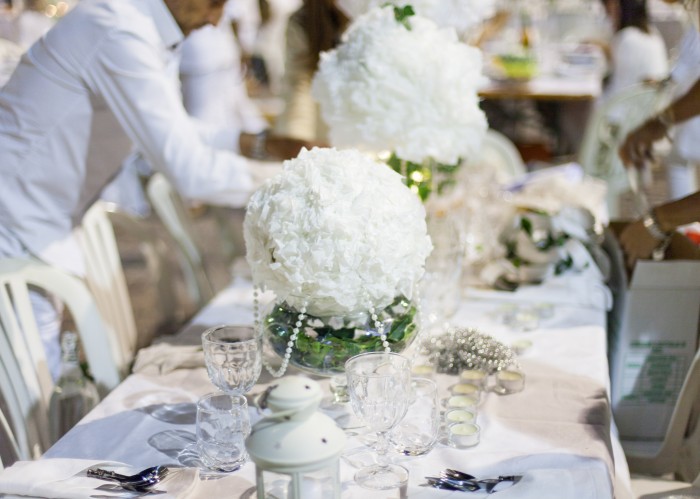


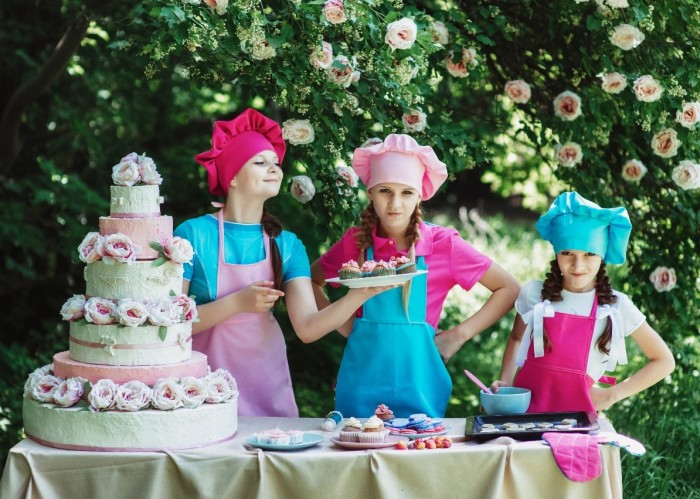

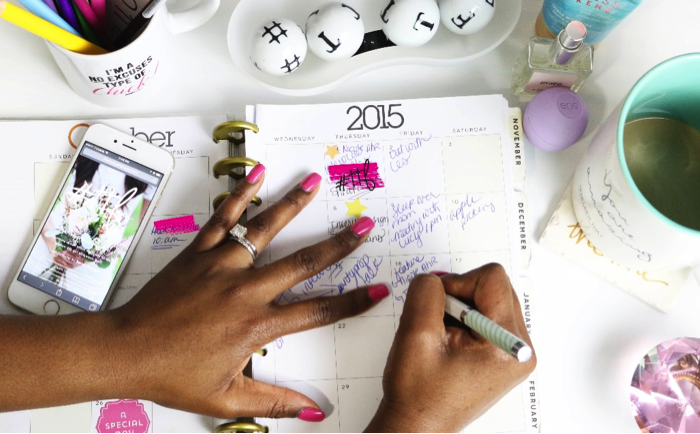
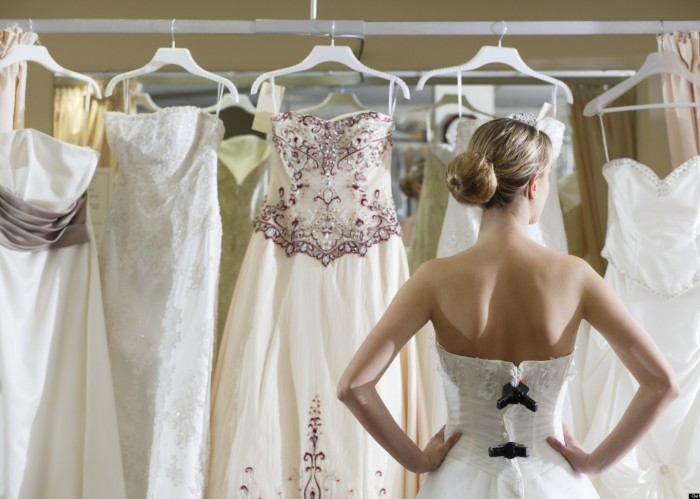

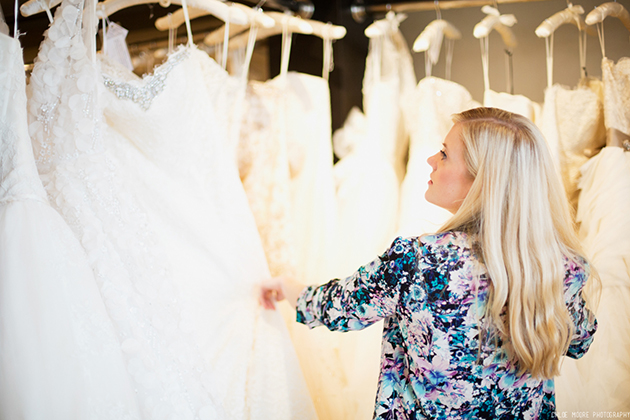
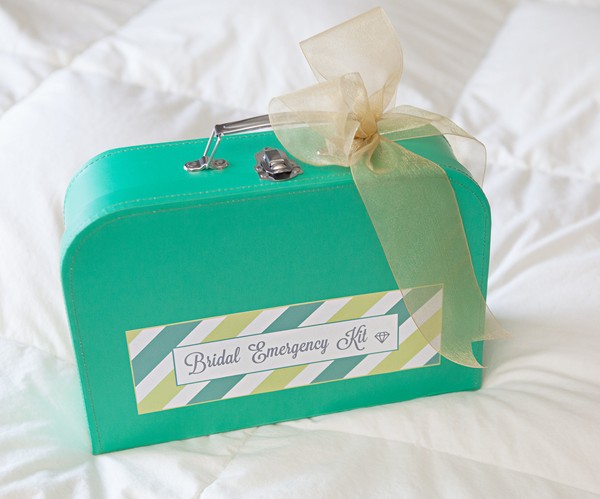


Recent Comments